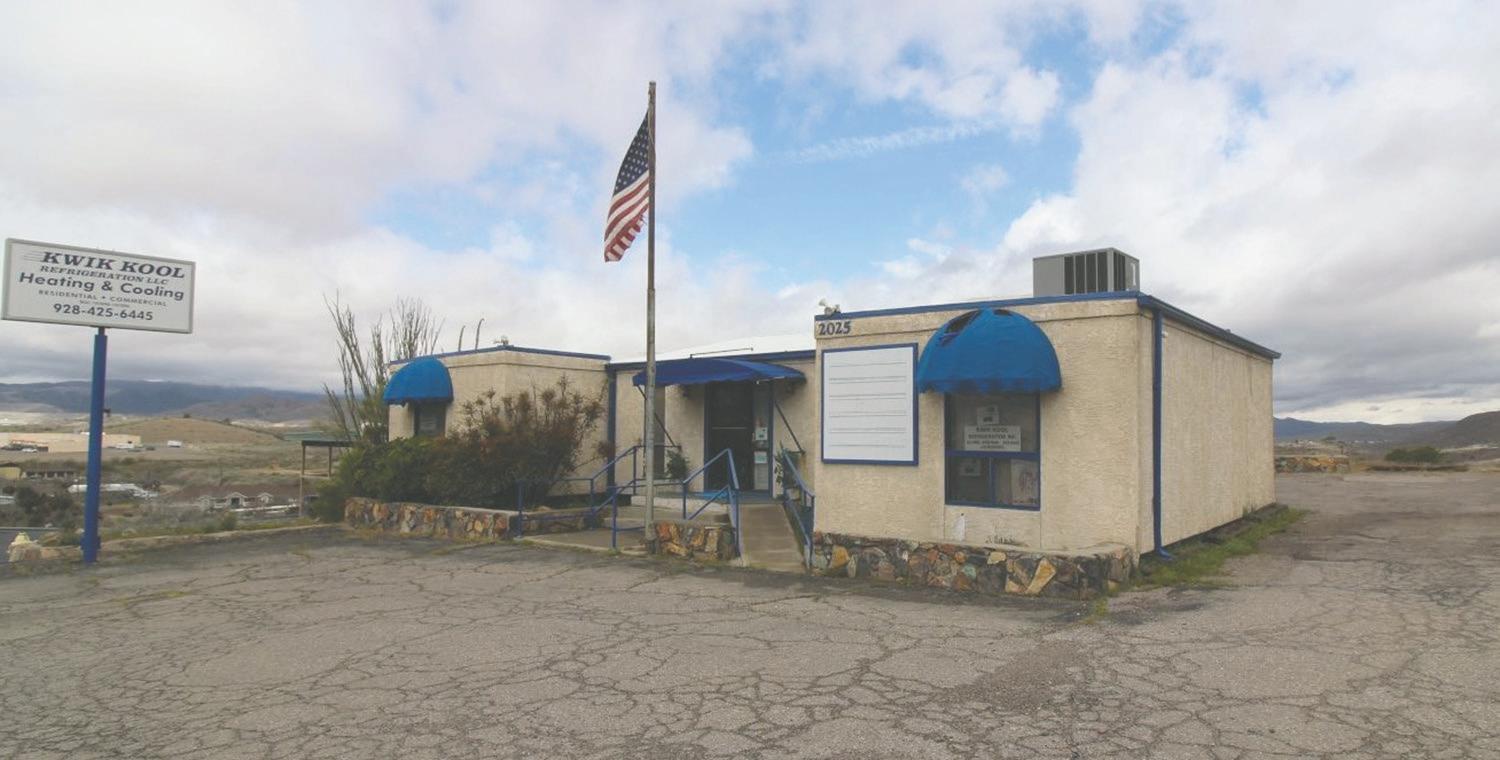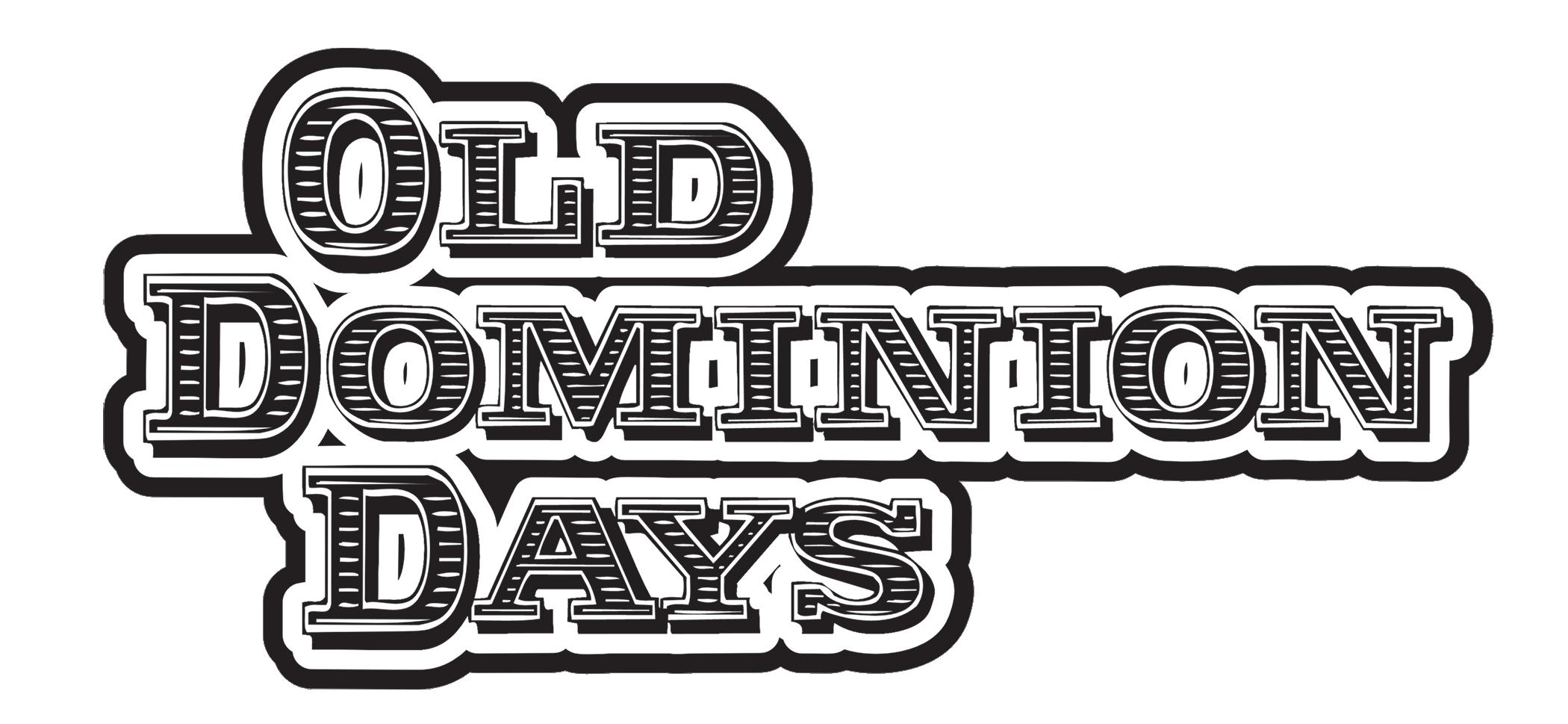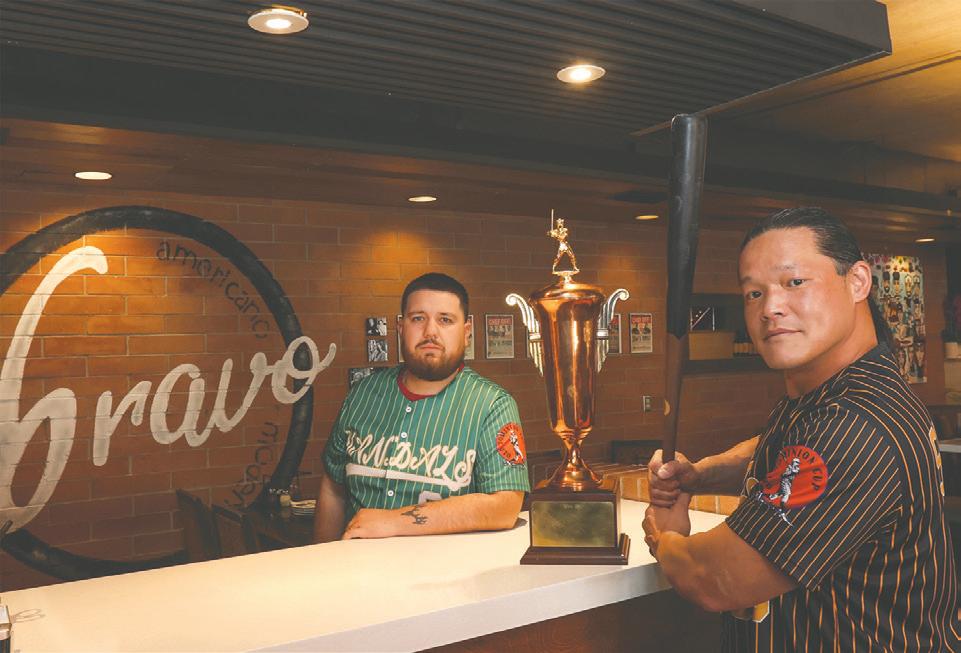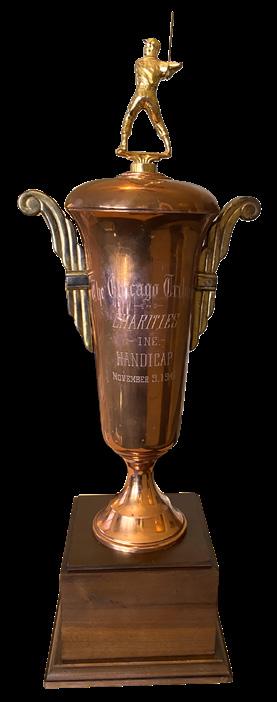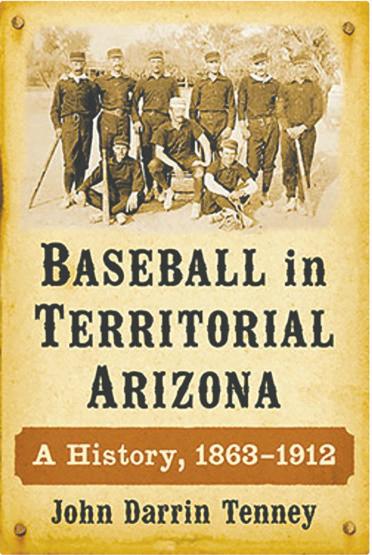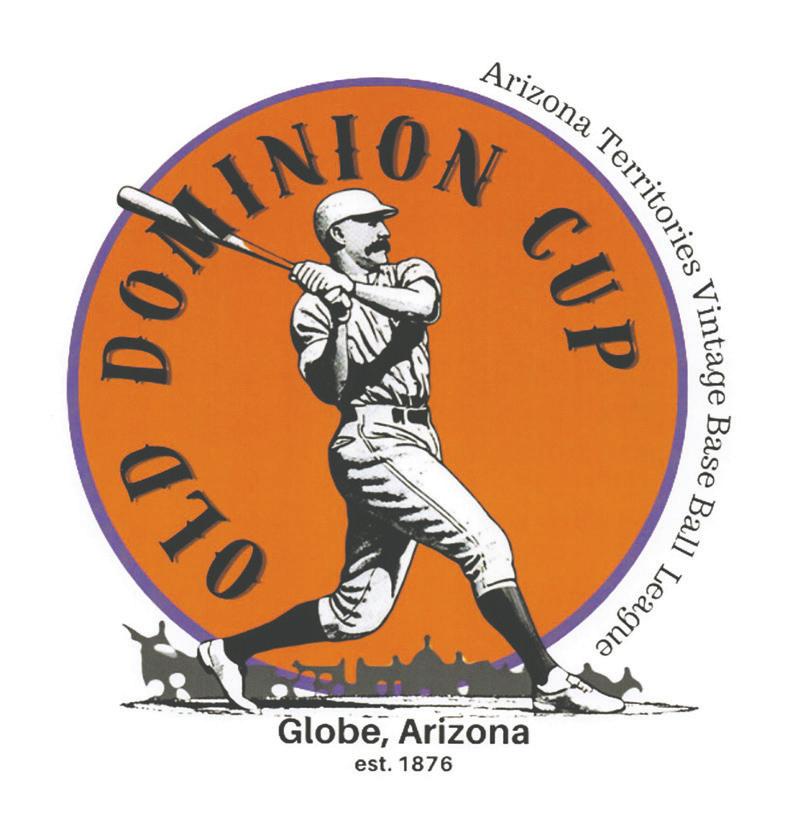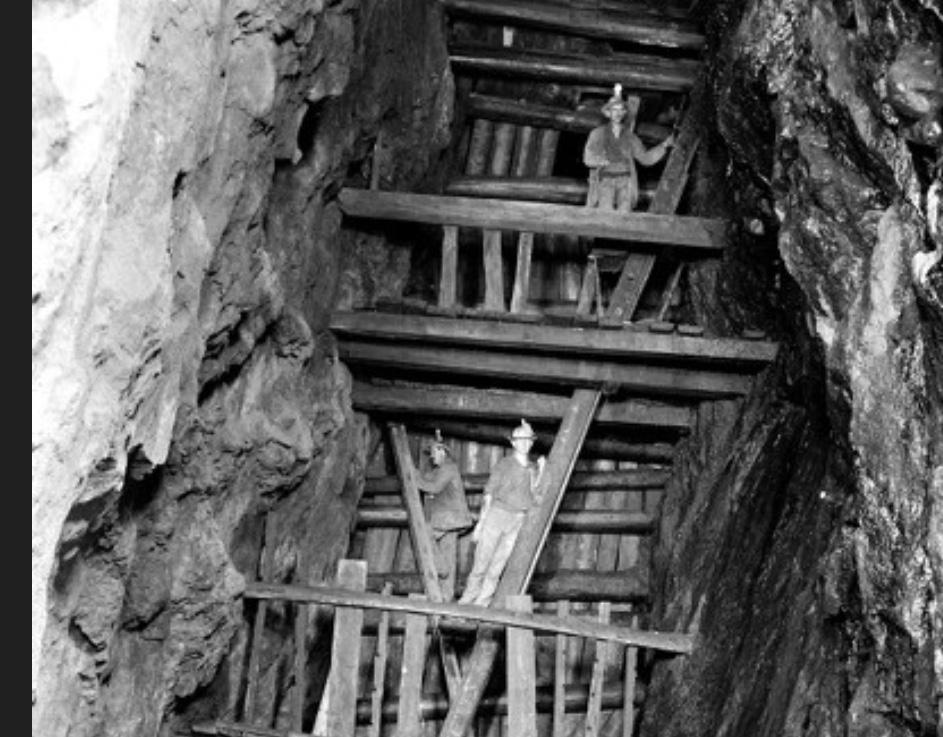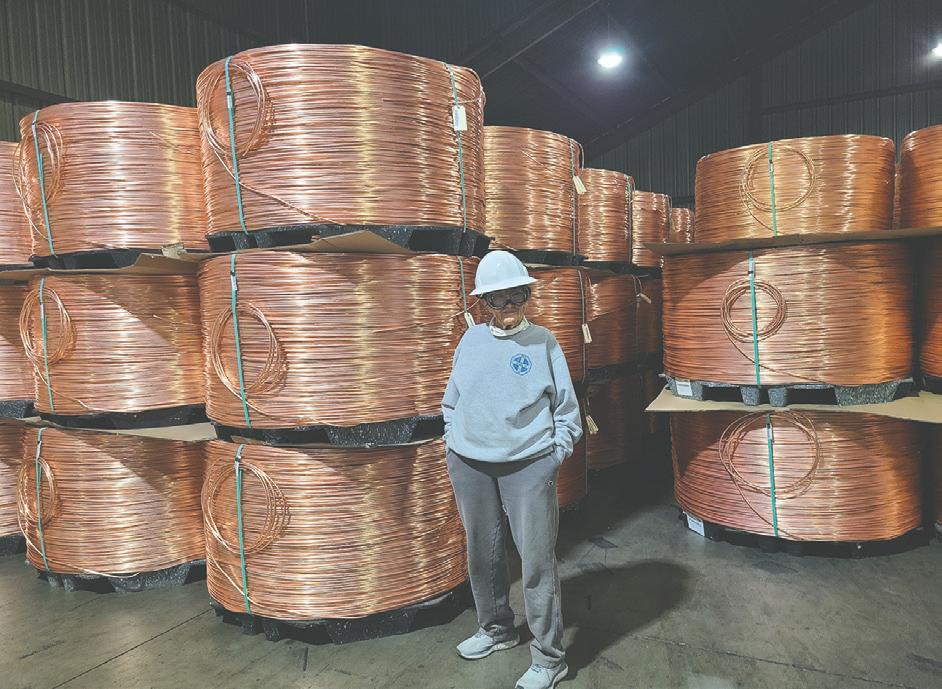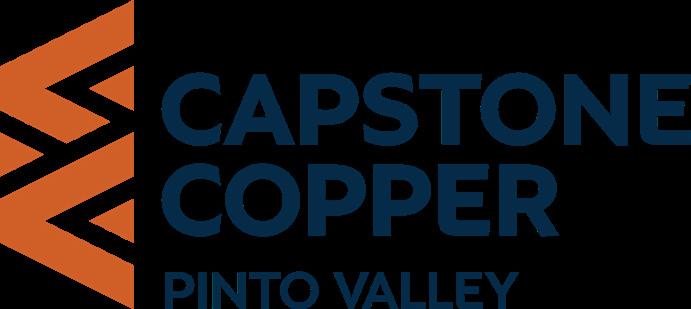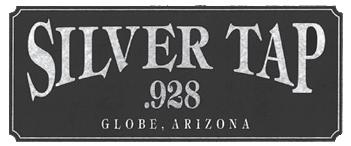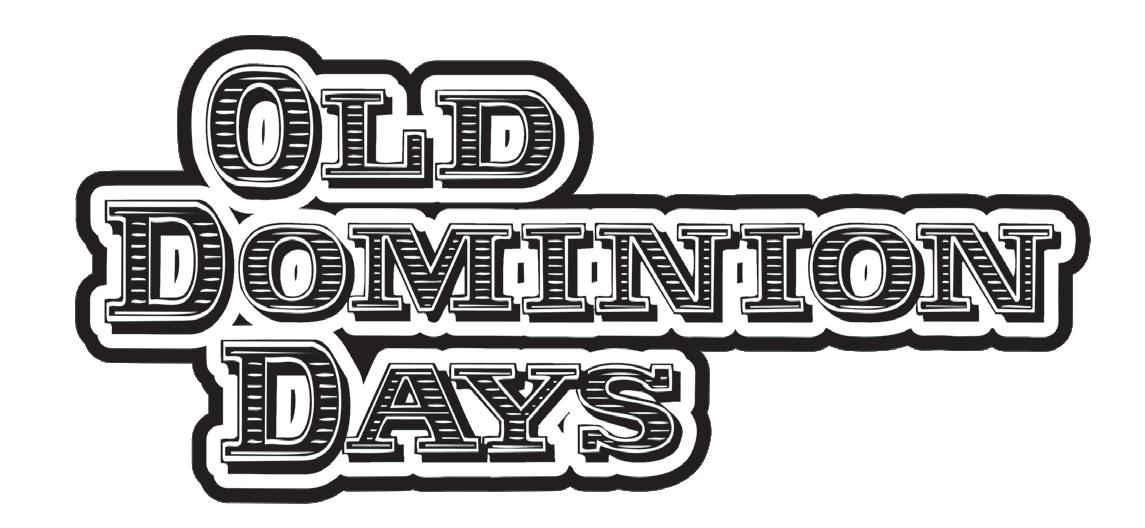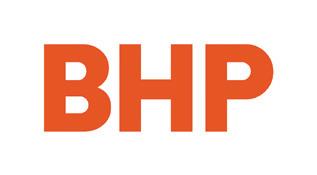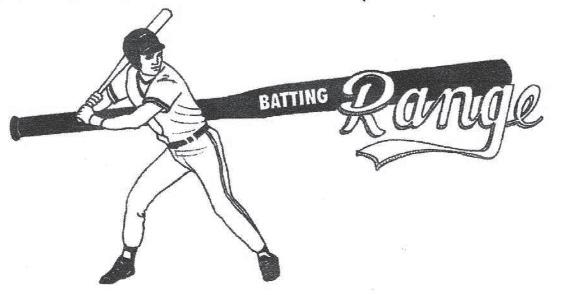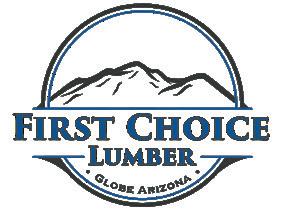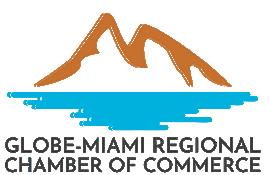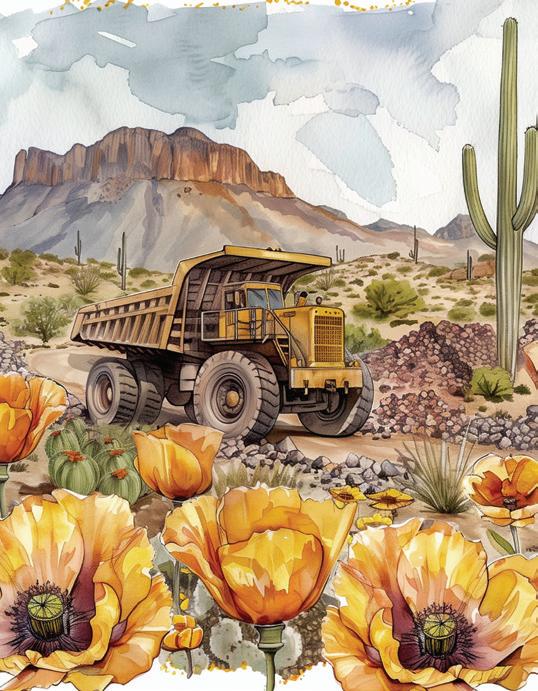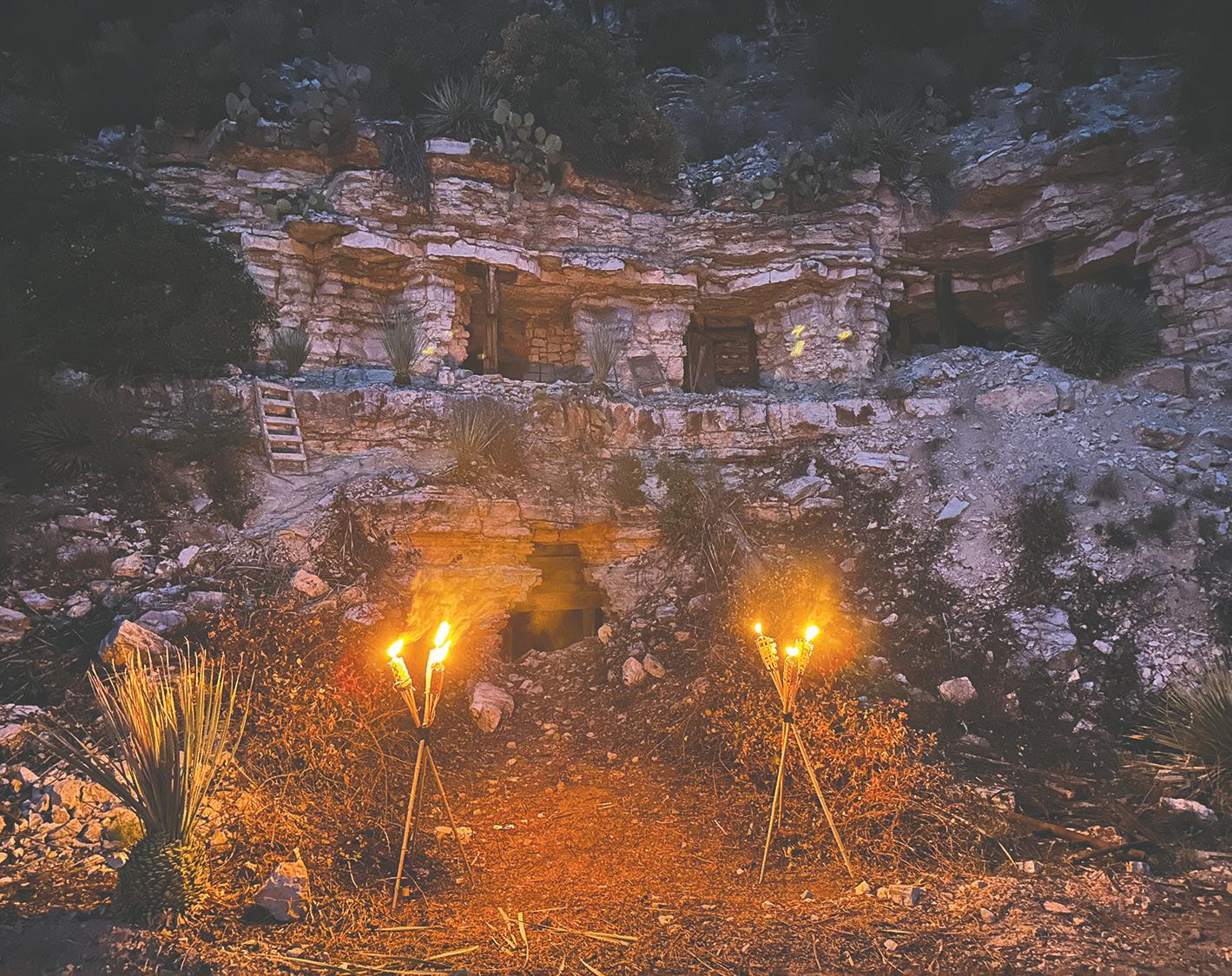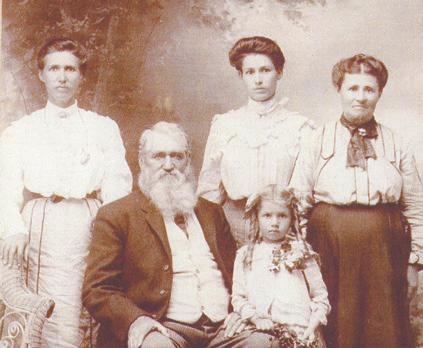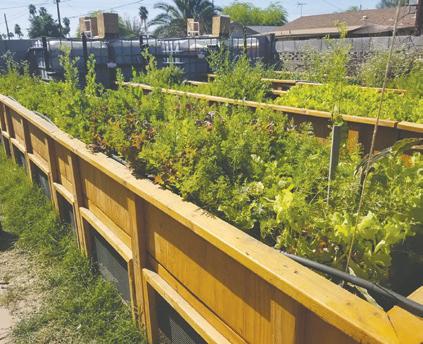










by Jenn Walker | photos provided by Anthony Colburn
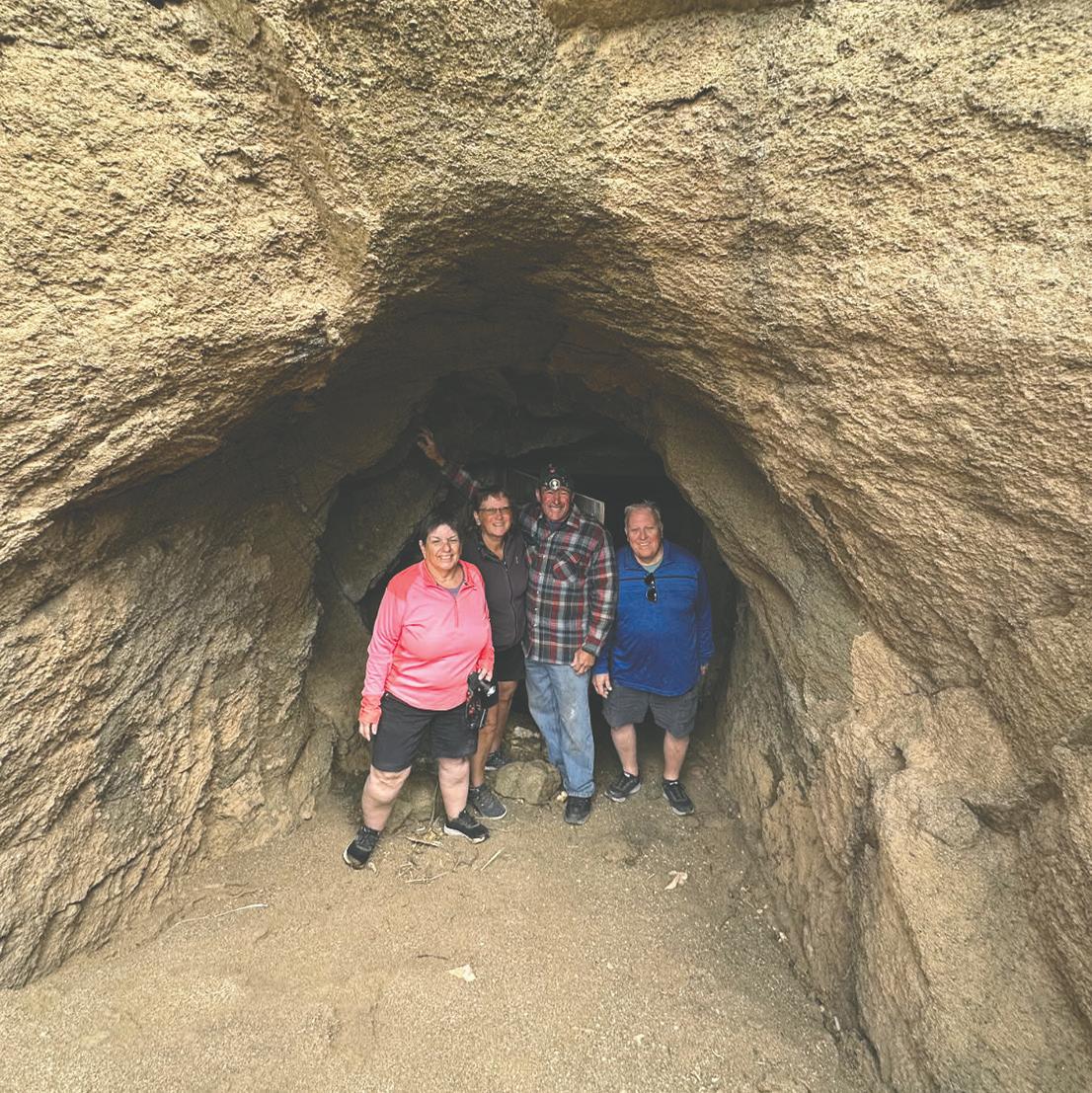
Being part of Arizona’s “Copper Triangle,” most people only think of copper when they think of mining in Gila County. But there was another mineral that was heavily mined here - the notoriously white, fibrous mineral known as chrysotile, the most commonly used form of asbestos. Before major health concerns, there was a time when asbestos was sought after globally, desired for its material properties. It is chemically resistant, doesn’t conduct electricity, insulates well, and can withstand extreme temperatures. It has been used heavily in the construction of buildings and ships, with use increasing from the late 1800s to the mid-1900s.
Thirty-three miles northeast of Globe, nestled in a canyon among trees, waterfalls and pristine pools of water, lies the abandoned city of Chrysotile, a city that was established to support one of the largest chrysotile mining operations in the state. The city is surrounded by the Tonto National Forest and split by Ash Creek, which eventually flows into the Salt River.
by Patti Daley
FamilySearch International, the genealogical arm of
The Church of Jesus Christ of Latter-day Saints (LDS), is dedicated to helping people preserve their family history.
LDS supports 6,580 FamilySearch centers worldwide and a database with over 19 billion searchable names.
“It’s valuable to know who you are and where you came from – good people, bad people, they are your people,” says Lynne Perry, a FamilySearch Service Missionary.
“You’ve got two parents, four grandparents, eight greats… how quickly the numbers grow!”
Lynne is on a mission to “grow the tree,” which means adding new names, reviewing social security death records and making sure that every person who was on the 1920 census is in the family tree.
She has been working with the database for over 20 years and oversees the FamilySearch Center at 1702 Ensign St. in Globe. It is open to the public Tuesday and Friday mornings 9-12 and Tuesday, Wednesday, and Thursday evenings from 6-8 pm, with volunteers on hand to help the public search for information about their family.
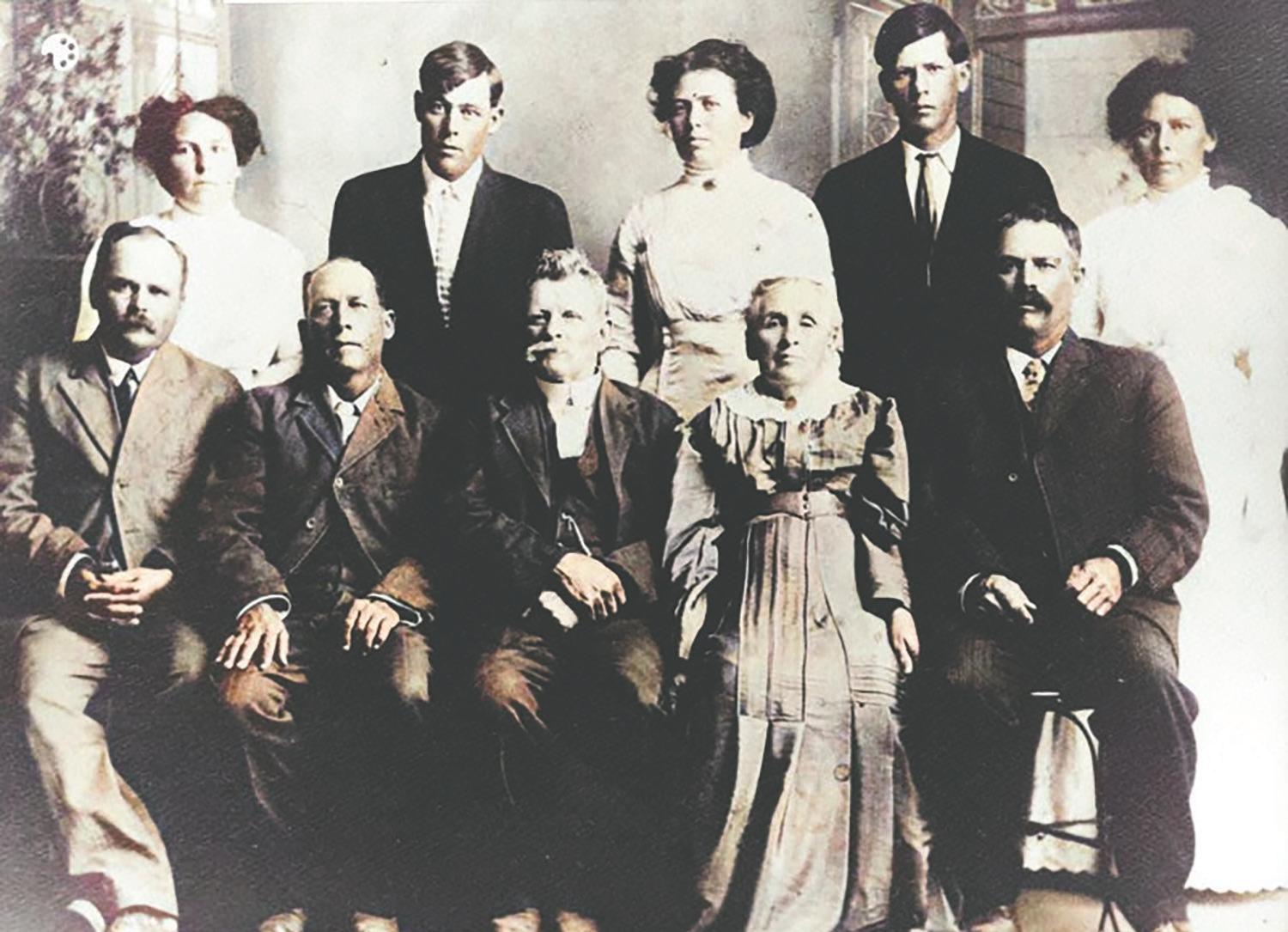


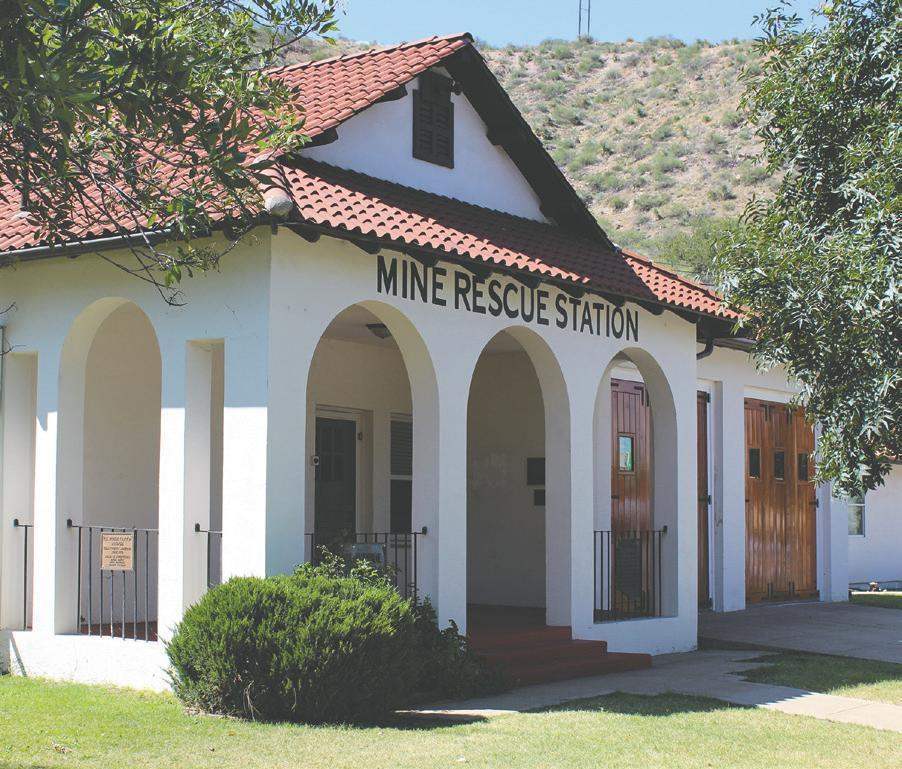
Founded in 1955 in order to study, collect, preserve and disseminate the history of Gila County. The museum is located in the former Globe-Miami Mine Rescue Station listed on the National Register of Historic Places.
Our Season Opener! Friday April 25th! Join us for a special Old Dominion Days evening on the Lawn Hamburger Fry 6:00-8:00pm | $10 cash or card. Can be purchased as part of your Event Ticket for any Old Dominion Days event.
Includes a burger, beans, salad, sides and desserts
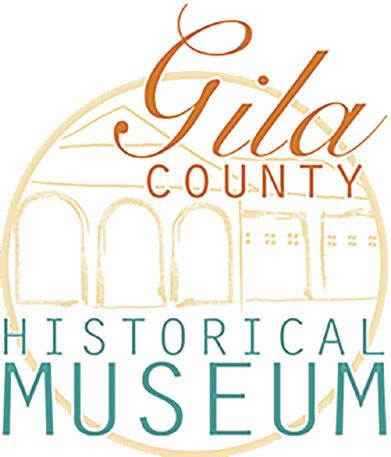
Special Event: Presentation by Zach Larsen Slideshow presentation on the history of Old Dominion Mine | 5:00-6:00 pm Sponsored by BHP
April 19th • 8:00 am - 2:00 pm
One of the biggest and best yard sales in town is back— and it only happens twice a year! This special fundraiser supports the museum, and you never know what treasures you’ll find!
Serving the region since 1985. Call for more information on the opportunities at the museum. We'd love to talk to you.
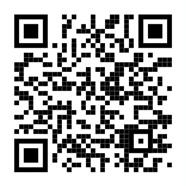

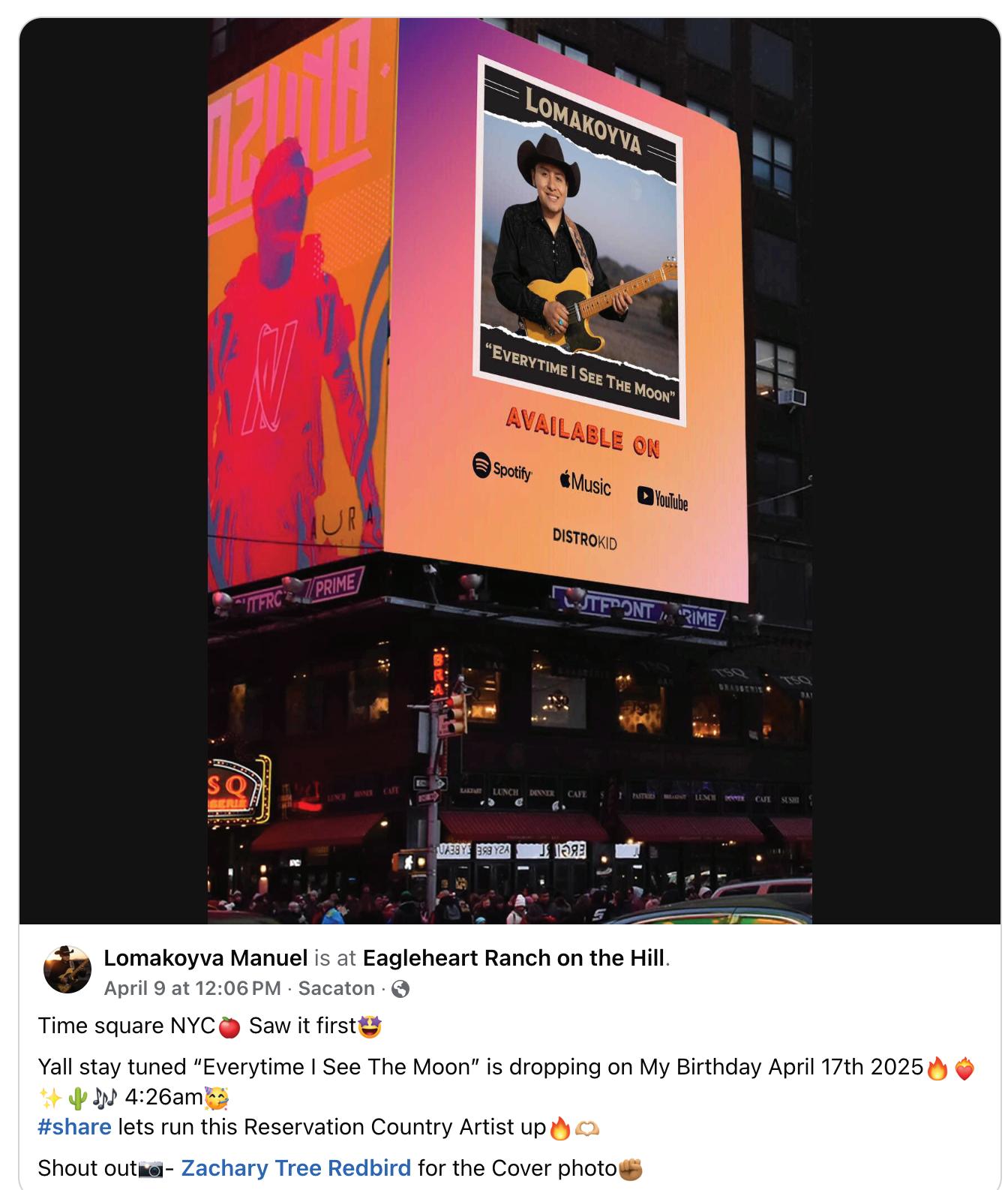




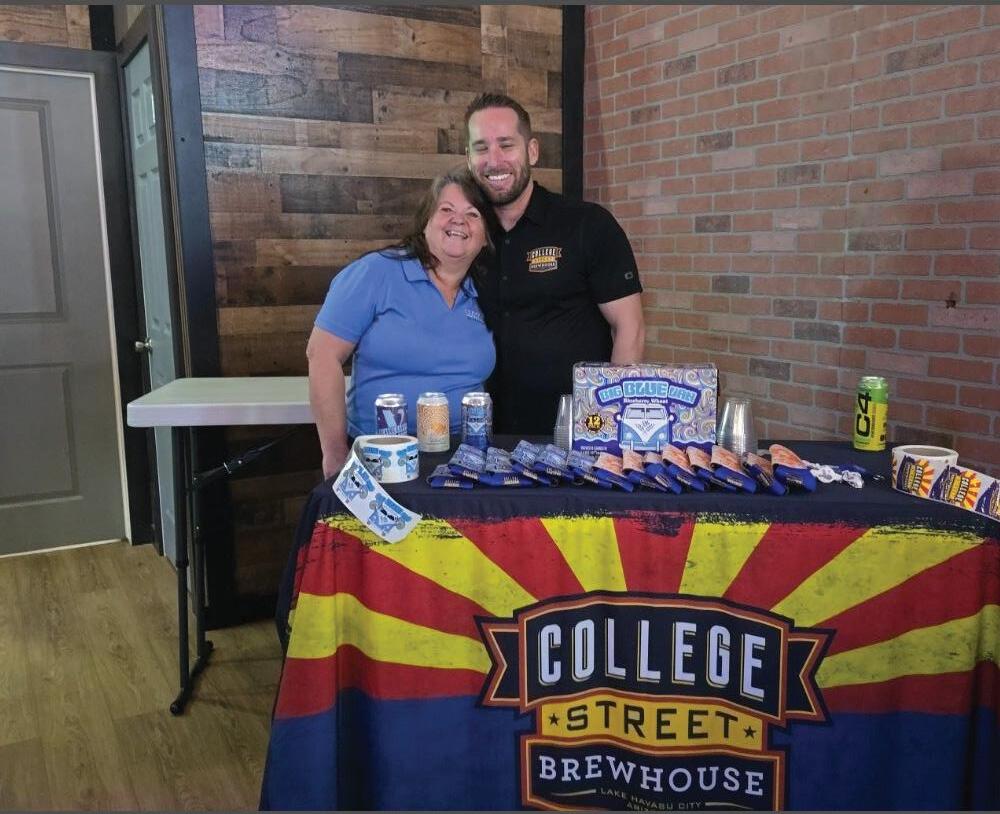
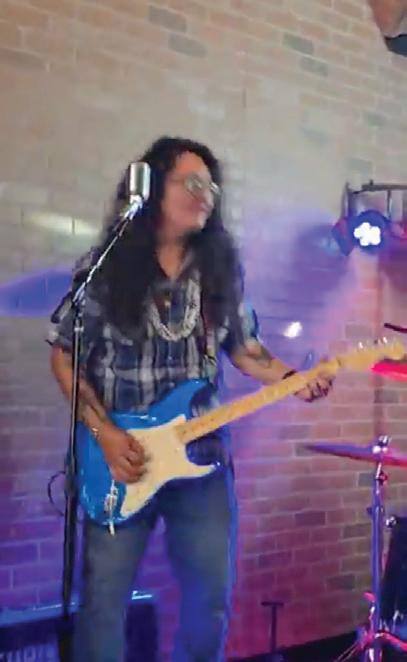

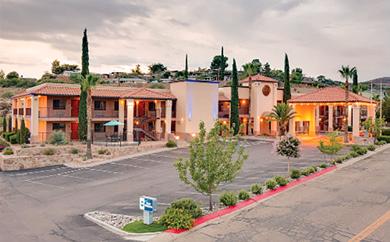







Publisher
Linda Gross
Editors
Patricia Sanders
Jenn Walker
Creative Designer Jenifer Lee
Contributing Writers
David
Patti Daley
Linda
David Sowder
Jenn Walker
Contributing Photography
Linda Gross
David Sowder
Jenn Walker












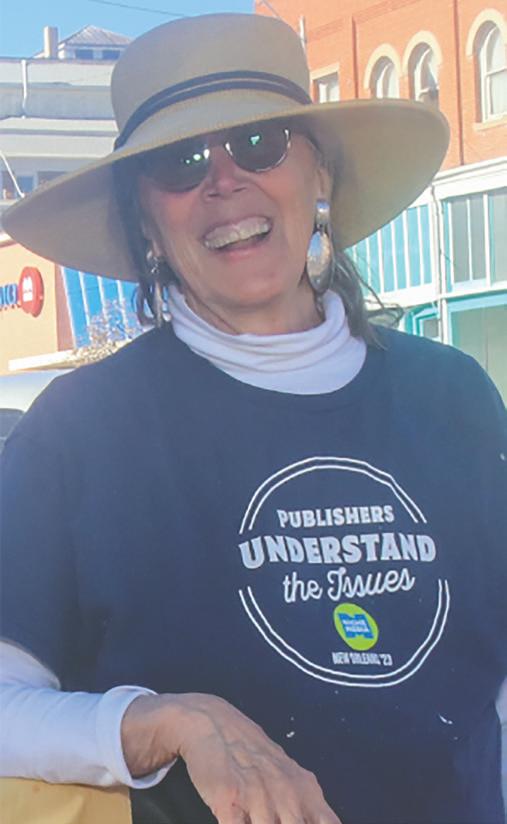
April 15th marks one of my favorite days of the year—not because it's tax day but because it's the official start of planting season in Globe-Miami. While the warming March weather tempts us into the garden, late freezes or unexpected snow often remind us to wait. So, I'm holding off until mid-April, when it's safer to plant.
This week, my first stop will be the annual Plant Sale hosted by the Globe-Miami Farmers Market, followed by a visit to Golden Hills Nursery. Owner Mike Shirley has offered expert advice on growing plants in our area for over 30 years. The anticipation of fresh produce, especially homegrown tomatoes, is once again on the horizon.
A new gardening concept is gaining traction in the Copper Corridor, including Superior and Miami. LEHR Gardens—short for Linking Ecosystem and Hardware for Regeneration— are innovative, low-maintenance raised garden beds that cycle nutrient-rich water through the system. (PP.6)These gardens can produce a prolific yield while using up to 80% less water than traditional beds. They combine regenerative agriculture, aquaponics, and mycovermicomposting to create a self-contained ecosystem that maximizes productivity with minimal human labor.
With just two weeks until Old Dominion Days, we're featuring an inside look at one of the unique tours offered during the event—a three-hour off-road adventure to the abandoned city of Chrysotile. (PP.1) This historic site, once a major chrysotile mining operation, is nestled in a canyon adorned with trees, waterfalls, and pristine pools. Owner Andy Coburn is renovating the old stone buildings and is passionate about sharing this hidden gem. If you can't join the off-road tour, Andy will present a slideshow at Bullion Plaza Museum at 9 a.m. on Thursday. Tickets are $15 for the slideshow presentation and include coffee and donuts. The three-hour offroad tours are $150, and a portion of the proceeds go to support the local museums.
175
editor@globemiamitimes.com www.GlobeMiamiTimes.com
Advertising
Artwork
Display
Linda at 928.701.3320 or gross@globemiamitimes.com
Other tours include a rare guided walk at the Old Dominion Mine Park on Saturday, and Stairizona Tours all four days of the event at 7 am starting at Vida E Cafe. Mine Tours include an inside look at the Rod Plant and a birdseye tour of the Capstone Mining operations just west of Globe-Miami. This popular tour will include a guide on your ride up and back and a presentation by a Capstone employee at the mine site. Both tours have caps on seating.
Group rates are available for lectures and tours up to April 21 by calling me at 928-701-3320.
For a complete schedule of events, see (PP.12) or visit olddominiondays.eventbrite.com to purchase tickets.
So whether you're abuzz with anticipation for the start of gardening season or eager for the tours, talks, and tournament play of Old Dominion Days, we know you'll find plenty to dig into this spring. From planting your first tomato to uncovering the stories that shaped our mining legacy, this season is all about growth—in the garden, in our community, and in the stories we share.
Enjoy,
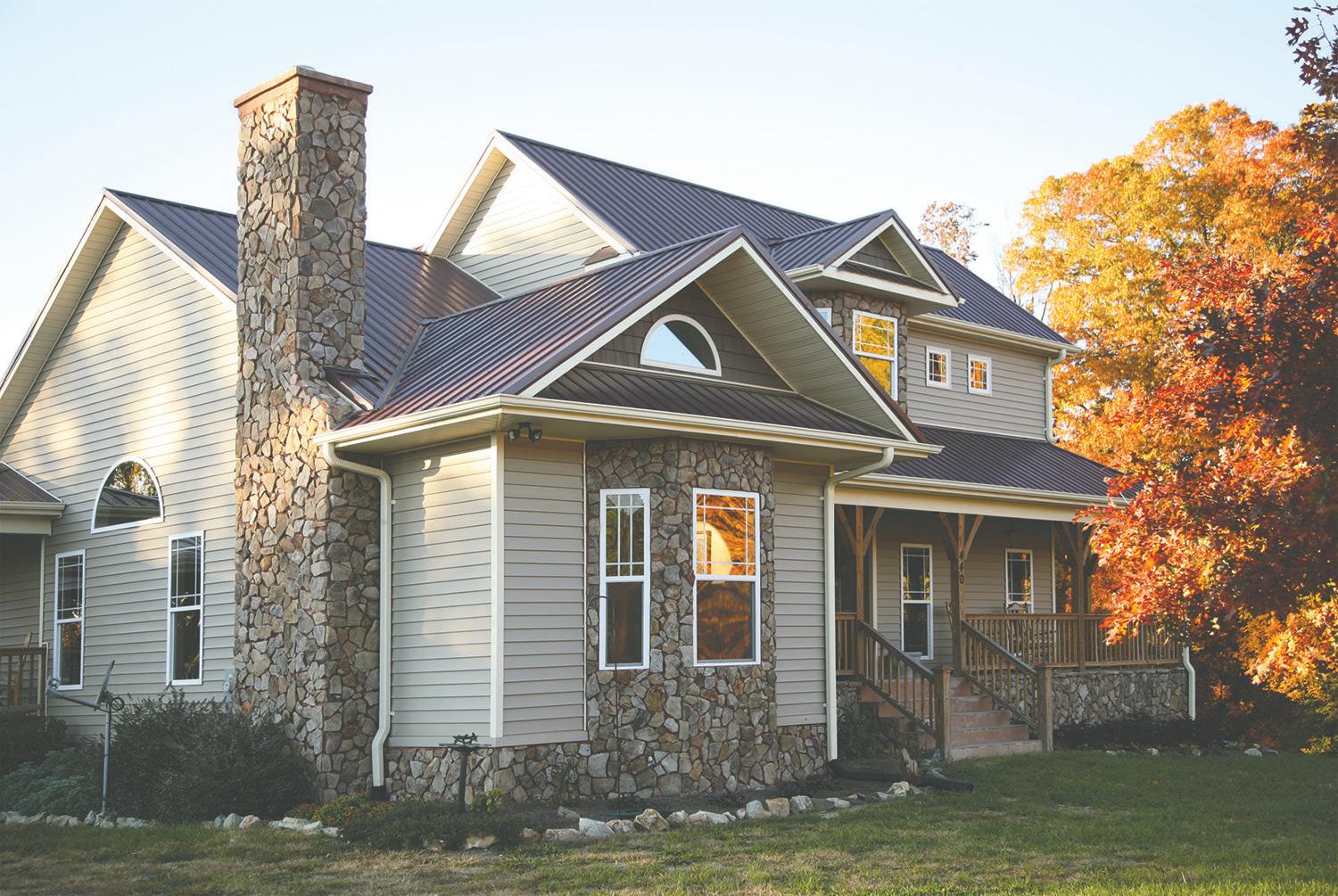
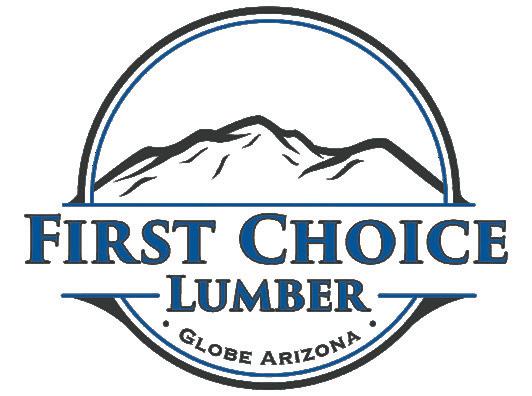
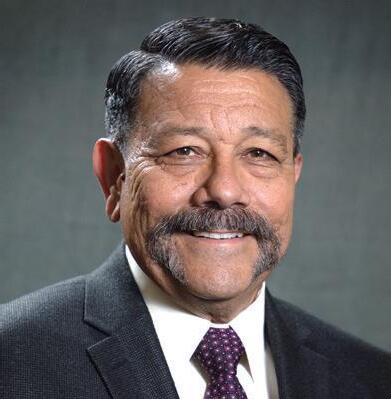
COMMUNITY DEVELOPMENT DEPARTMENT:
Council heard an updated presentation from Community Development Director, Tony Manfredi. His staff consists of a Permit Technician, Building Inspector, Licensing Administrator, Code Compliance Officer, Plan Review Services, and a third-party staff Zoning Administrator. This department has become a vital part of our city as we continue to experience the current growth now and in the future. Our city did not have this level of professional services and resources six years ago and was not ready or able to handle the growth and activity that we are now experiencing. The statistical numbers speak for themselves this past year as they have seen a tremendous increase in numbers for service. One huge highlight to the city’s process is the implementation of Pre-Development Meetings (PDM) that occur every Friday to review and meet with applicants of permits for upgrades, new builds, and new developments to help them meet their goals.
It is important to understand that building and fire codes are developed to protect property and for the safety of the public. Zoning codes are designed to protect neighbors and the integrity of neighborhoods. They have always been in our city’s system, but were not always enforced fairly and consistently.
Council continues to follow its vision, goals, and plans to elevate our city to another level, assuring sustainability and growth for the future. At some point, we need to decide that some things are unacceptable and that raising standards and compliance with codes are not anti-business; it is PRO COMMUNITY. It is truly about that where we live, we deserve better.
ECONOMIC DEVELOPMENT ANNUAL UPDATE: Council heard an annual update on March 11th by Economic Development Manager, Melissa Steele. The city continues to invest in Business Engagement &

Retention, Business Expansion & New Development, Tourism & Marketing, and Shop Local Initiatives.
Data from a third-party vendor on tourism and lodging shows overnight visitor volume at 97,500 visitors and direct travel-related spending at 33.4 million dollars, which is a 5% increase from last year. Local tax receipts generated by direct travel-related spending totaled $2 million dollars, which is a 9.6% increase.
Economic growth was also measured in two other categories from 2022 to 2025. Property taxes have not been increased to our residents, but is projected to have a 38.8% growth at the end of 2025 due to new construction and development. Sales tax revenue also shows a projected growth of 57.9% at the end of 2025 from 2022. These numbers are good news for our business community and for the continued expenses for upgrades to our aging infrastructure.
The continued goals and priorities for the Economic Development Department in 2025 include expansion & strengthening business retention, enhancing digital & tourism marketing, attraction & support of small business, workforce development & entrepreneur support, and the continued tracking of economic growth.
CONNIES BRIDGE RIBBON CUTTING: A ribbon cutting took place on April 3rd for the new Connies Bridge. We understand the frustration caused by construction taking longer than expected. We have been patient in working through many obstacles and some mediation work to ensure that the final product is what we paid for. The contract was awarded at a certain amount to Meridian and they have been held accountable to make sure that all standards, guidelines, and design specifications were met at no extra cost to the city. I want to thank our staff, especially our engineer, Luis Chavez, for his persistence in ensuring that this bridge met all the standards before being signed off.
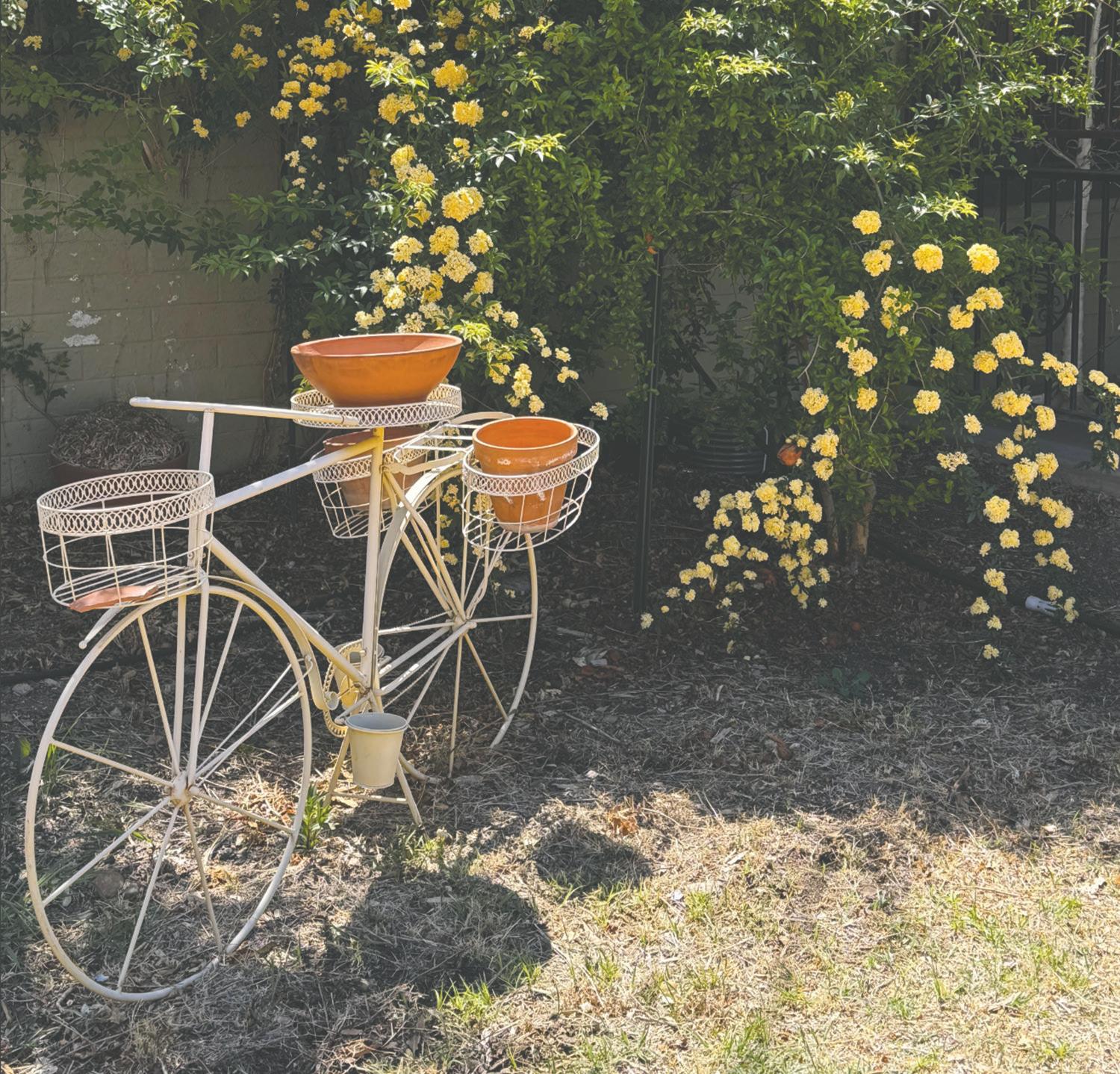

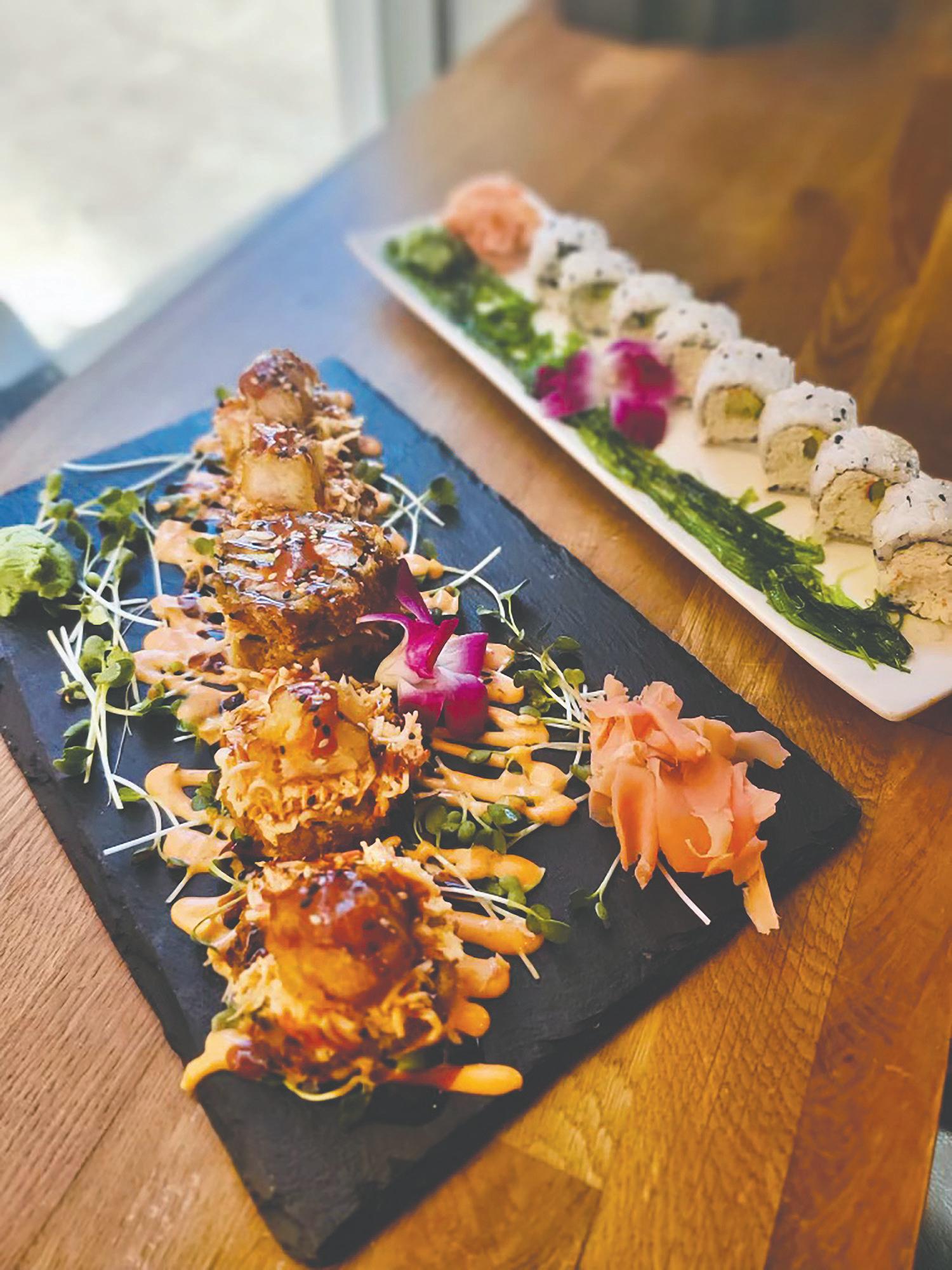

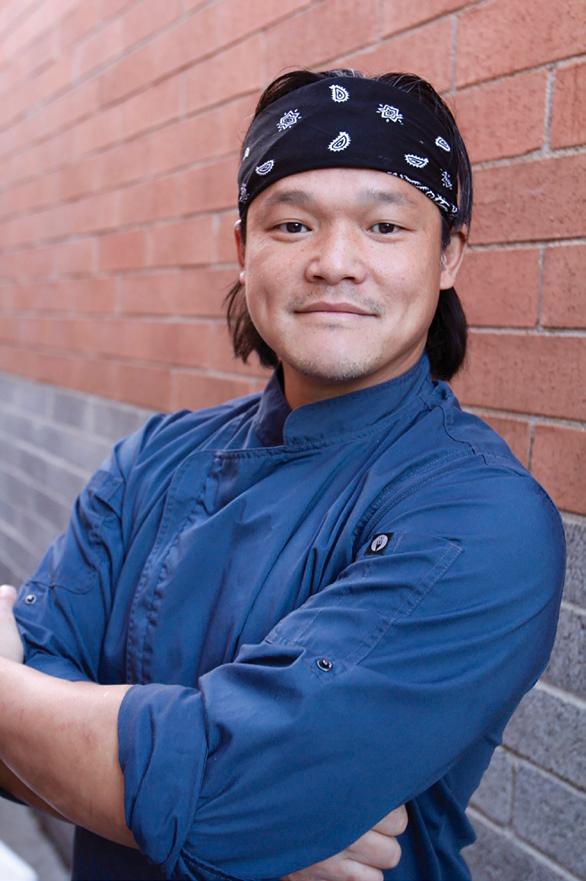
OUTDOOR FITNESS EQUIPMENT: Council approved a contract with Greenfield Outdoor Fitness for the purchase of outdoor fitness equipment in the amount of $89,451.20. Funding for this equipment is provided by BHP Copper and will be installed near the Skate Park Complex.
CHECK DONATION: A check in the amount of $25K was presented to the City of Globe by the Arizona Complete Health Organization to be used as part of the funding for construction of a concession stand at the Community Center Pool.
HILL STREET SCHOOL APARTMENTS AVAILABILITY: The recent report provided to the city by the property manager of the Hill Street School Apartments shows there are three studios and 10 one-bedroom units still available under the affordable senior 55 and older category. For more information, call Debra Espinoza at 928-255-5605. There are also four units available for individuals with disabilities ages 18 and older. You must apply online for these units at dddhousinggeneralinfo@azdes.gov
COMMUNITY CLEAN-UP EVENT: A Free Dumpster Day and Community Clean-Up event was held April 11-12-13.
OLD DOMINION DAYS: The 9th Annual Old Dominion Days will be held from April 24 through April 27 to celebrate the legacy of mining and baseball in GlobeMiami. This year’s lineup includes mine tours, walking tours, lunch & learn lectures, new museum exhibits, and more. A new highlight this year will be the First Annual Old Dominion Days Cup as teams will compete for the Capstone Copper Trophy. Tickets are available for individual events or as a package. For full schedules and tickets, go to OldDominionDays.eventbrite.com.
COFFEE WITH THE MAYOR: This month’s Coffee With The Mayor is scheduled for April 16th at 1 pm, at Copper Cities Coffee, 1100 N. Broad Street, Suite F. This is an opportunity for residents to attend and ask questions and get the most recent accurate information about any city projects past, present, or pending. This event will continue every third Wednesday of the month at 1 pm. Thank you again to Copper Cities Coffee for hosting this event.
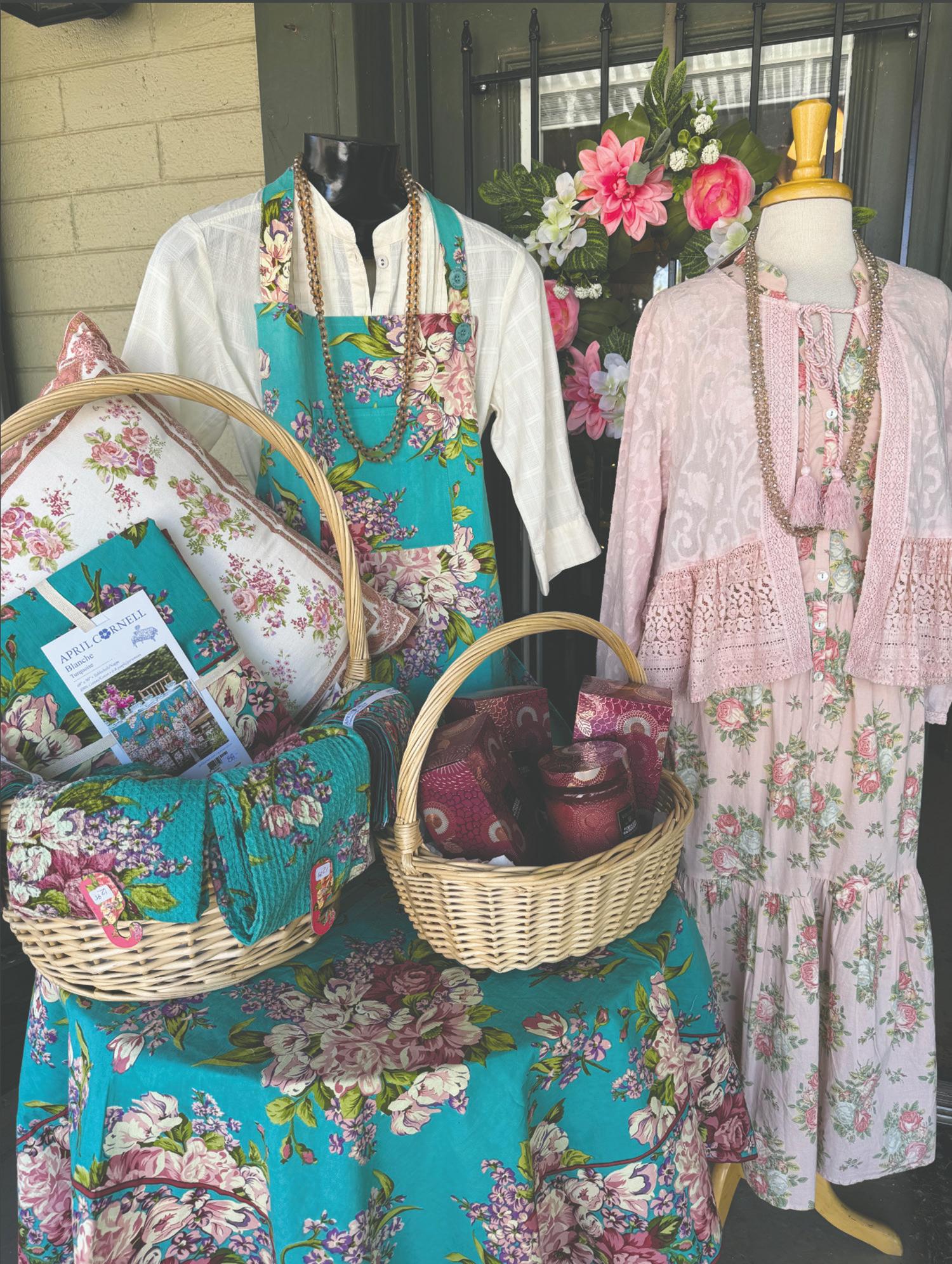









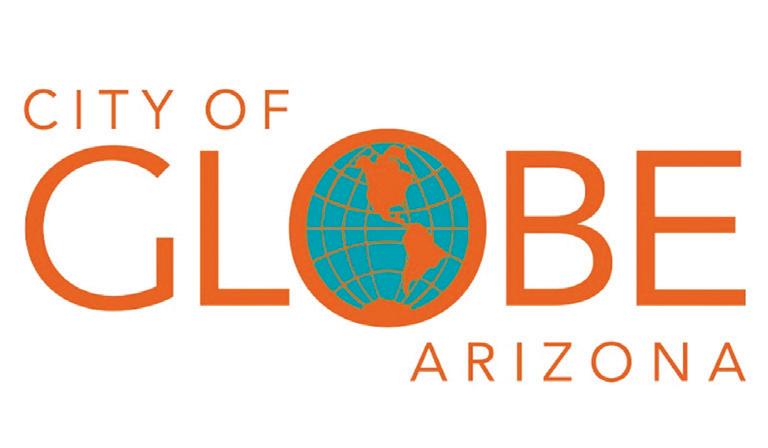


By David Abbott
Sustainability and economic development have been hallmarks of Globe City Council’s agenda for the past decade, requiring both long-term planning and attention to details to manage land use and growth throughout the City.
While the General Plan update—scheduled to be completed by Fiscal Year 2026—will address overall land use in various sections of the City, Planning & Zoning in the City’s Community Development Department provides the legal details of what is allowed within the scope of the law.
The General Plan is an overarching document that serves as a roadmap to the future to direct resources and identify future land use priorities. The update, a public process that will profoundly affect the lives of Globe residents, is driven by citizen involvement and members of the Planning and Zoning Commission, as well as a legal framework the City is obligated to follow.
“The General Plan has a land use element to it, which is one of the heaviest elements,” says Globe Zoning Administrator Dana Burkhardt. “There is a transportation element that discusses roadway classifications and where we need to make improvements for growth areas, and it creates policy on how we get from where we’re at today to where we want to be in the future.”
According to Burkhardt, zoning laws and municipal authority to enact and enforce them date back to the early part of the 20th century to protect the interests of citizens and maintain the character of residential neighborhoods.
The laws are meant to separate living spaces from industries and businesses that could alter the urban landscape and affect the wellbeing of those who reside there.
“These laws gave cities the ability to use zoning to protect the public’s health, safety and general welfare,” Burkhardt says. “This is an important thing to make our community safe, and that’s the whole foundation of zoning. After the Second World War, housing production took off and we started doing master plans, and it took on a whole new level of subdivision design.”
The initial laws came from a belief that companies that mine or manufacture bricks should not be next to homes because of nuisances such as excessive light, noise, odor, dust and other airborne material and to help protect the public safety and general welfare of citizens.
Zoning maps give a general outline of those divisions, but the codes attached to them also allow municipalities to fine-tune land use and with tools such as Conditional Use Permits (CUPs) that make exceptions for residents or business owners, and flexibility to propose land usage that might not normally be allowed while preserving the integrity of a zoning district and protecting the general
public health, safety and welfare of its inhabitants.
Zoning laws also lay out a framework that protects citizens from government overreach through a very public process on individual land use.
“When you buy a house, you assume the responsibility of knowing the laws that apply, just like you’re obligated to understand traffic requirements when you drive, and how to act in public without being obscene,” Burkhardt adds. “It creates the predictability that residents come to expect, that lenders need to lend on mortgages, and when you don’t adhere to those zoning codes, that predictability could be jeopardized.”
While Burkhardt takes on the responsibility of interpreting individual codes for any proposed development or CUP, the decision ultimately rests on the Planning & Zoning Commission, a board of citizens appointed by City Council who address issues on a caseby-case basis.
Frequent updates to municipal codes, including the building codes that go hand-in-hand with zoning, are important in order to keep up with modern laws, best practices and industry standards.
Many of the codes that drive Globe development are years, if not decades, behind current standards. The City and Council have been working hard for the past five years to update code, a monumental task that requires time, personnel and financial resources.
“What happens is building codes are improved on and changed all the time as technology improves, as conditions change,” says Councilman Fernando Shipley, who has served on Globe City Council off and on for a quarter-century. “You have to keep up with modern concepts of zoning. A lot of it is very, very practical.”
Shipley also believes zoning and land use in general can affect perceptions of the City, both internally and from an outsider’s perspective, which can have an effect on future growth and tourism.
“There’s a lot to the idea of quality of life. Some people might think, ‘we’re not that kind of place, we’re just a little dirty mining town’,” he says. “That mentality is not going to get us to be anything different, because why do people go to different places and travel? It’s because people appreciate quality: People appreciate your history and what you have to offer.”
Zoning codes are set into law and they prescribe flexibility in some instances to allow citizens to appeal to the City for a CUP for certain types of uses, which may require conditions for the use to operate in certain locations without negatively impacting neighbors.
CUPs also have processes to communicate requests to the public to make voices heard, through direct contact with Councilmembers, administrators or City staff in advance of the CUP being considered by the Commission. Additionally, there is a live feed of most
public meetings, providing the ability to comment in real time. Contact information for all staff and Councilmembers is on the City’s website in addition to all the laws and codes that drive municipal function in Globe.
Given the numerous ways to contact the City and make public officials aware of grievances or differences of opinion, criticizing them on social media is not a good form of communication, according to Councilman Jesse Leetham.
“I think we’ve done a great job of trying to engage the public in ensuring that their values and what they want is part of our planning,” he says. “We update our plan every year. It’s a living, breathing document that changes all the time. We’ve set up different official forums to come and address the concerns of our residents. With that being said, Facebook is not one of those official forums.”
The General Plan update in particular gives citizens ample opportunity to get involved in the process, from public forums to City Council meetings to apps that are available on the City of Globe website.
Leetham says the General Plan is crucial to the community, providing “a structured approach, managing growth and helping to preserve rural character while enhancing economic vitality.”
“With planning and zoning, it’s important to understand that this is how we preserve the rural charm of Globe, Arizona,” Leetham adds. “This is how we understand that while we grow, we still have to preserve what we have and focus on different areas, and what is best for the areas around it. You don’t want to see industrial parks inside of downtown Globe. You want to see more of a historic feel, and keep that historic feel downtown.”
City Council also aims to address every concern without fear or favor, without regard for political affiliation.
“Nobody can claim they’re being targeted because of their political beliefs, because we’re such an inclusive Council,” Leetham says. “I understand your concerns, but as a council member, I have to address what is best for the city of Globe as a whole, and not just the squeaky wheel. That’s a hard balancing act, for sure.”
City Councils and administrators have a vested interest in listening to the public and encourage citizens to attend meetings, contact them through official channels and attend meetings to learn about what is going on in their community. Direct communication is also a way to understand where tax dollars paid by the public are being spent.
The entirety of Globe Municipal Code can be found on the City website at https://library.municode.com/ az/globe/codes code_of_ordinances?nodeId=15843. Contact information for all City departments can be found at https://www.globeaz.gov/page/city-departments.
by Jenn Walker
There was a time when a gardening revolution took hold across the country. During World War I and World War II, US citizens were encouraged to plant vegetable gardens in backyards, churches, city parks, and playgrounds. By 1943, more than 40 percent of all produce grown in the country came from these gardens, which became known as Victory Gardens.
Now, an attempt to create a similar movement is gaining traction in the Copper Corridor, thanks to the invention of a new type of garden.
“Part of the problem with trying to get a lot of people to garden is that, with our modern lifestyles, we don’t have as much time as people three or four generations ago to give to gardening,” says Joanna 23, cofounder and owner of Miami Art Works art collective and founder and member of the nonprofit Miami Arts Commision in Miami.
Several community organizations throughout the Copper Corridor, including the Miami Arts Commission, have adopted something called a LEHR Garden, which stands for “Linking Ecosystem and Hardware for Regeneration.” The garden model was invented in recent years by former Phoenix resident and civil engineer Ed Williams, and at its core is a low-maintenance raised garden bed that cycles nutrient-packed water through the system via automation, resulting in a prolific garden that produces high-quality soil.
At the end of January, a 4 by 16 foot LEHR Garden was installed at Miami Art Works with help from community members, Miami Arts Commission members and Williams.
The adoption of a LEHR Garden at Miami Art Works is part of a vision to increase resilience within the Copper Corridor by strengthening its community centers, a concept that came from Chris Casillas, founder of Superior’s nonprofit Regenerating Sonora. Several years ago, Casillas invited local nonprofit Miami Arts Commission, along with community-based church Set Free Kearny, to collaborate in building up these three community centers as “resilience hubs” – a critical component being food security and local food production.
“That’s what led to the LEHR Garden,” Joanna says.
In June 2023, Casillas met with Joanna and her late husband Michael 23, who was also on the arts commission and co-owner of Miami Art Works, to get the concept off the ground.
Just a few days later, Michael suddenly passed away.
“I thought with that tragedy, it made resilience seem even more important, to not let down all these people that were counting on us and just to continue the mission of a community-focused objective,” Joanna says.
Miami’s LEHR Garden was built in Superior and arrived on two trucks, assembled at Miami Artworks.
Joanna planted a wealth of seeds: heirloom kale, speckled butter lettuce, leaf lettuce, chard, spinach, basil, cilantro, carrots, oregano, dill, parsley, broccoli, rosemary, tomatoes, peppers, onions, poppies, and garlic.
By the end of March, the garden bed had sprouted with rows of green leaves.
As someone who enjoys what he refers to as “engineering with biology,” Williams has spent a good 10 years developing and refining the design of the LEHR garden.
The concept borrows principles of aquaponics – growing plants in water using broken down fish waste as fertilizer – while still growing in soil.
“I realized I was on to something pretty significant,” he remembers, once he realized he could leave a LEHR Garden in Phoenix
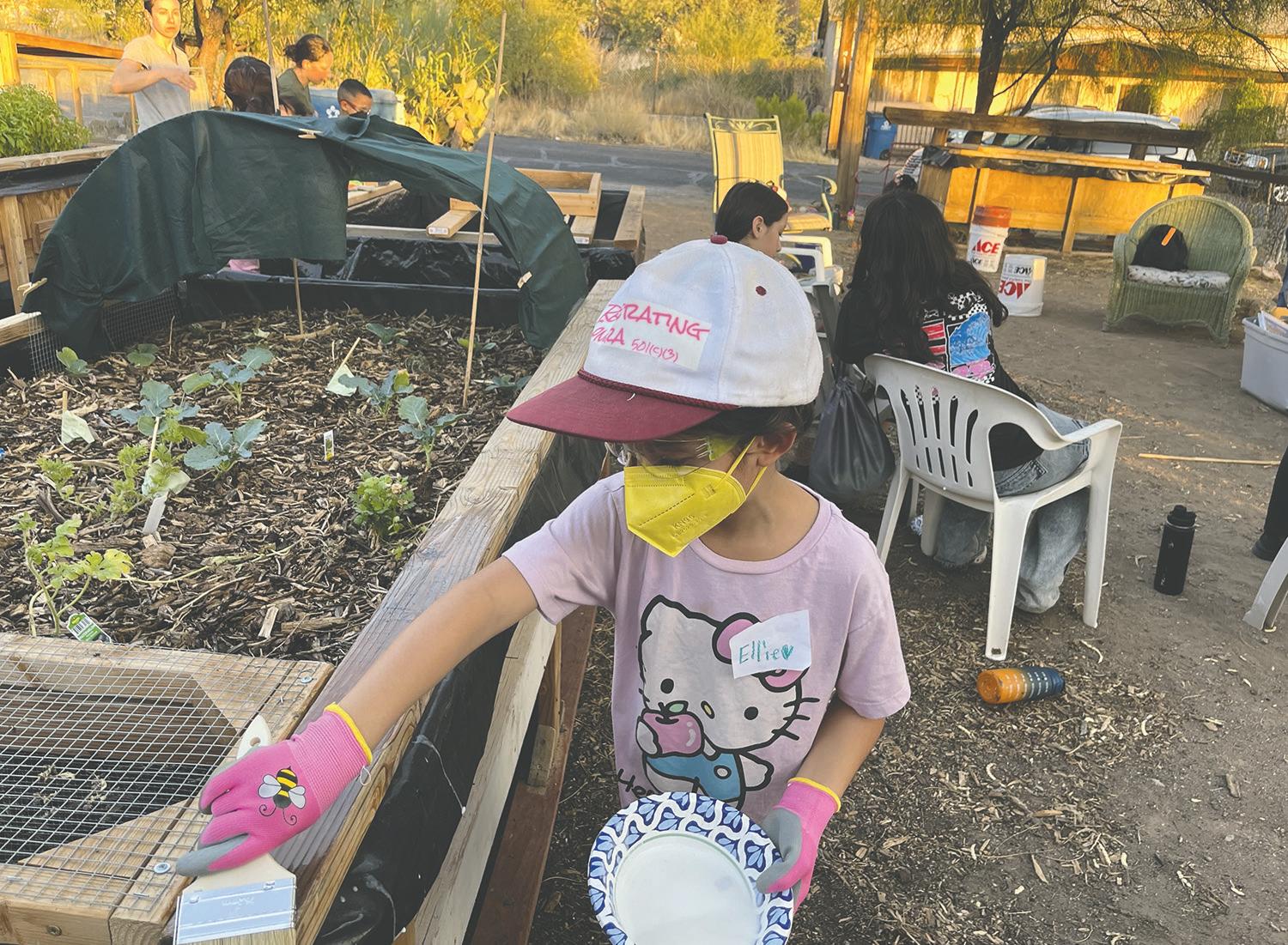
heat unattended for two weeks and come back to it being as verdant as before.
At a very basic level, a LEHR Garden is a raised bed garden filled with wood chips.
The garden bed is built at a slight angle with an area for food scraps (like fruit and vegetable peels) held in place at the top of the bed by mesh. A water pump with a timer is connected to the garden bed, which, several times a day, will flush water through the food scrap pile flowing downward, delivering both hydration and a wealth of nutrients to the entire garden bed.
To make it a LEHR Garden, a few additions to the garden bed are key. Beneficial organisms and fungus are introduced. Roughly 50 red wigglers (earthworms) are added into the soil.
“Those are kind of the primary composting worms,” Williams explains. “They’re really good at breaking stuff down.”
The worms eat the decaying food scraps and turn it into compost and worm castings that provide nutrition to the plants. They also chew on broken down wood chips, which catalyzes the soil creation process in a LEHR Garden.
Once the water has traveled through the garden bed, it empties into a tank underneath, where there are a few goldfish to keep it clean and keep mosquitoes at bay. The water is then recirculated through the system again with the pump.
“The whole thing is automated. The watering is on a timer, but then the biology in the soil handles the nutrients and the soil chemistry, and takes care of all that,” Williams says. “So actually, the biology is part of the automation.”
Planting happens once every several months and usually takes no more than a couple of minutes. The LEHR Garden also offers the option to integrate chickens, ducks, or quail around the garden bed, potential sources of eggs (and potential sources of meat). More fish are also an option.

Meanwhile, the system is composting while the plants grow in it.
To use a LEHR Garden, “you don’t have to know how to [garden] even that well, things just grow really well,” Joanna says.
A single LEHR Garden can generate fruits, vegetables, herbs, flowers, edible mushrooms, beneficial insects, earthworms, egg/meat options, and new soil. Because of how nutrient-rich the soil is, the garden can (and should be) densely planted.
“[Williams] said if you can see any soil at all, you haven’t planted enough,” Joanna says with a laugh. “Because the plants aren’t going to be competing, they’re going to be really well fed.”
As a result, the garden produces a lot more.
“It’ll typically pay for itself in under three years,” Williams says. “It can produce enough food to actually start offsetting some
of the groceries.”
He estimates that a LEHR Garden can use 5 to 10 gallons of water on a summer day in Phoenix, which is about 80 percent less than the amount of water used in a typical garden. When the weather is cooler, he says the garden may use just five gallons a week.
A LEHR garden requires about an hour a month to maintain, he suggests, though numerous LEHR Garden owners say maintenance of the garden really doesn’t even require that much time.
“There’s no fertilizers, no pesticides, no herbicides,” he adds. “We want to keep people gardening and make it as easy as possible.”
As long as a LEHR garden is densely planted with a wide variety, the chances of pest infestations are low, because a habitat






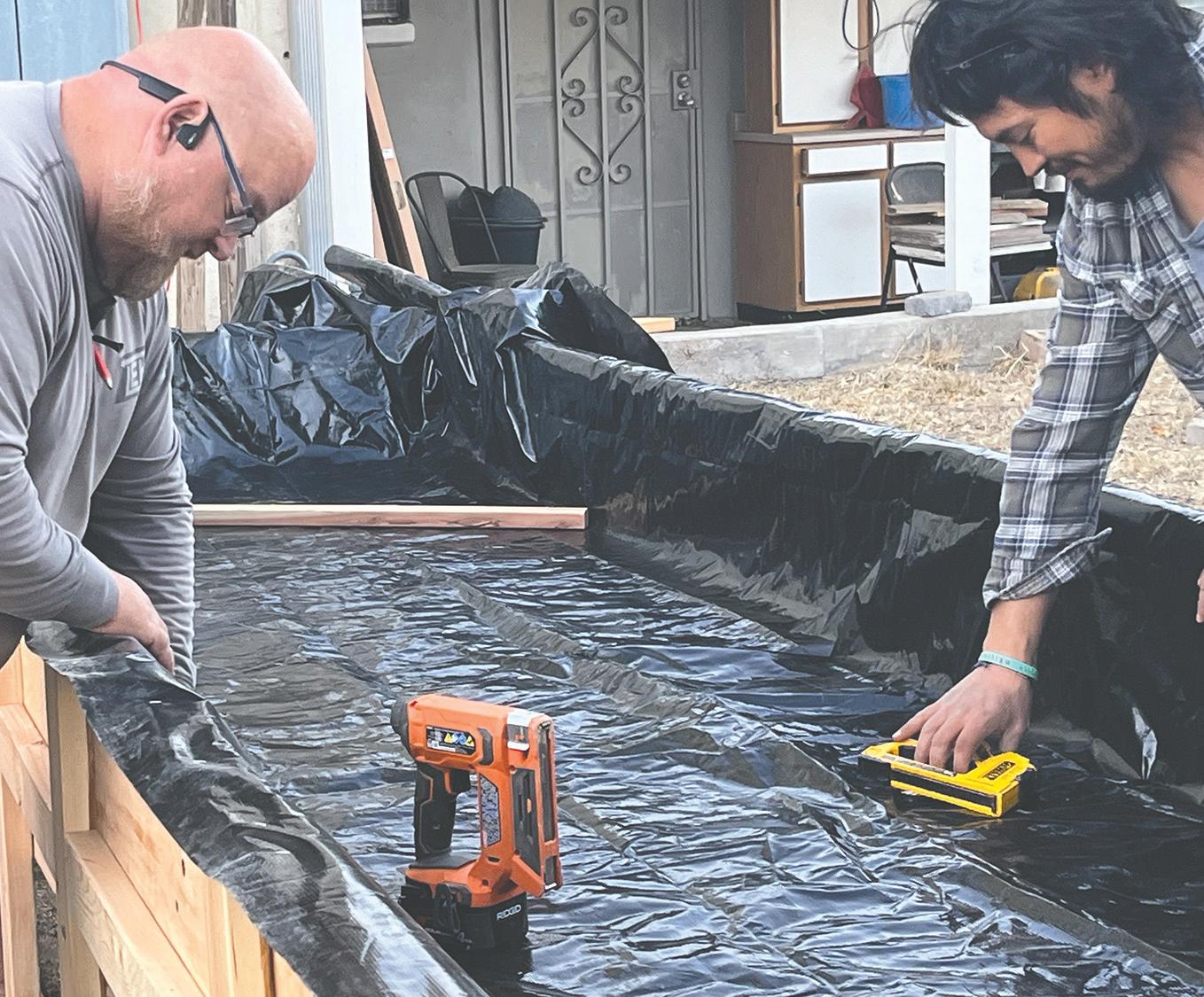
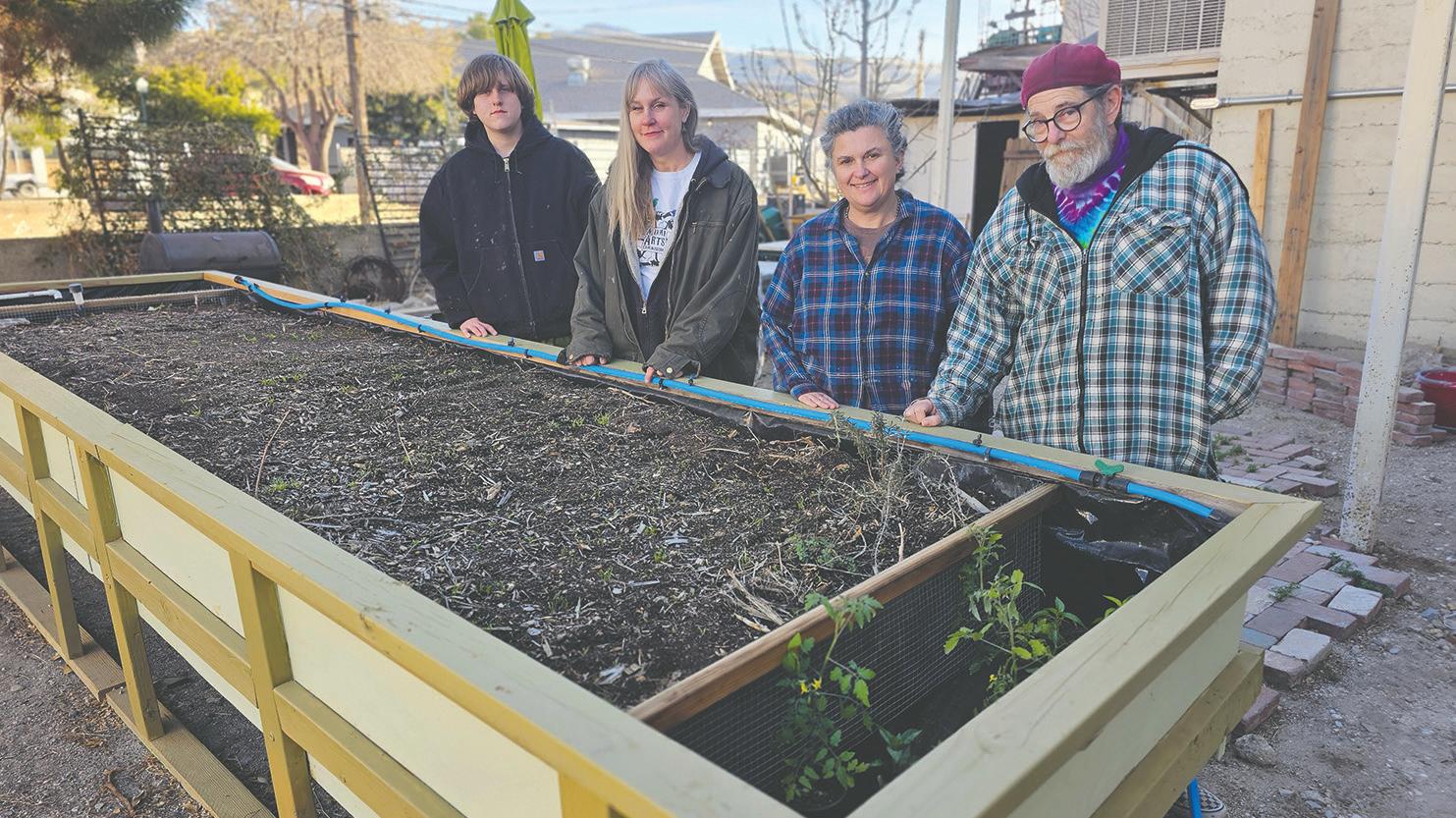
forms that supports creatures that will feed on the pests. LEHR Gardens are also nutrient-rich, which leads to healthy plants with healthy immune systems, which makes pest infestations less likely.
“[The plants] have the ability to fight off the bugs that you don’t want there,” Williams explains.
Regenerating Sonora was founded in Superior by Chris Casillas in 2019, with its hub being Leo’s Community Development Center, an old grocery store. The nonprofit was founded to build on the strengths of the people of the town, where both people and the land are holistically healthy.
During the height of COVID-19, Leo’s transitioned from being a gathering place to being a meal-distribution hub, and over the next two years, the organization was able to distribute more than 15,000 meals locally through a partnership with United Food Bank.
“It really opened up our eyes to how important food security is, and how insecure our food system is, here, locally,” he says. “So we wanted to set out a long-term plan on creating food resiliency here, effectively working on relocalizing our food system.”
In 2021, Regenerating Sonora was given a lot by the estate of the late Carl Erickson, a Superior community member. Erickson wanted the space to go toward some kind of community good, and the nonprofit decided the lot should be used for a community garden.
“We wanted to use the community garden as a demonstration and education site for what people could do in their own yards, because to really be food-secure, you can’t just have a few sites to grow food,” Casillas says. “We need places throughout our whole community growing food.”
There was a problem, though. Members of the nonprofit didn’t know much about gardening. The group had other concerns,
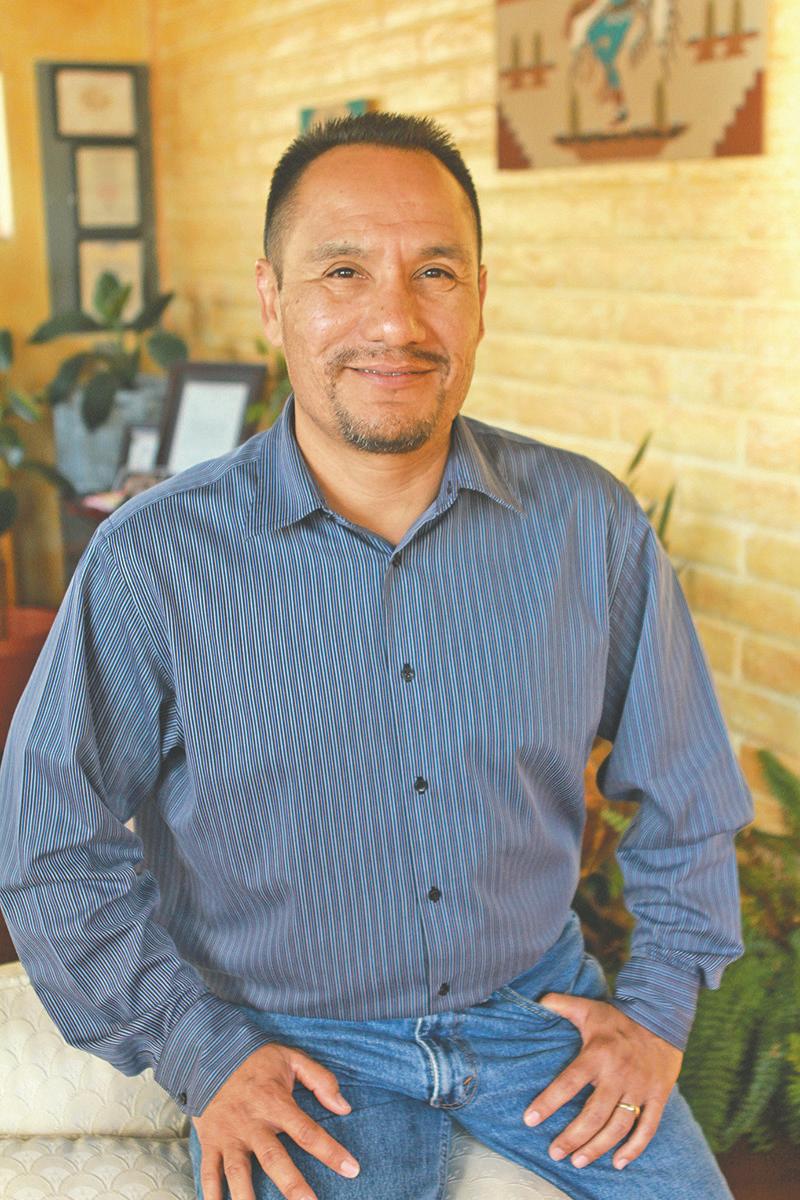
too, like planting in soil with caliche (which can limit plant growth) and increased levels of arsenic in the soil from mine waste.
Then, Casillas met Ed Williams and learned about his LEHR Gardens.
The LEHR Garden’s raised bed eliminated concerns about arsenic and lead in the land, instead relying on nutrientrich soil produced in the bed itself. A LEHR Garden uses recirculated water, addressing concerns about water scarcity. The automation of the garden made the prospect of gardening much less intimidating.
With seed money from the Arizona Food Bank Network, Regenerating Sonora built their first LEHR Garden on Erickson’s lot – which became the Erickson-Hall MicroFarm.
“We tested it ourselves for three years before we were ready to say, okay, we definitely know and feel confident that this is a solution we can be advocates of and actively work to spread throughout the rest of our community,” Casillas recalls.
After installing six more LEHR Gardens in the backyards of Superior residents and seeing the successes that came with that, Casillas approached Set Free Kearny Church and Miami Arts Commission with the proposal to act as resilience hubs for their respective communities and establish LEHR Gardens onsite. Vitalyst Health Foundation, a philanthropic community health organization in Arizona, supported the idea and provided the grant funding needed to get the gardens built.
Meanwhile, there are now seven LEHR Gardens on the Erickson-Hall MicroFarm site, and 13 backyards in Superior with LEHR Gardens through Regenerating Sonora.
“It’s funny because when we first started the program, we were knocking on peoples’ doors, saying, ‘Hey, do you want a garden?’” Casillas recalls.
Initially, many people were not interested.
“And then, once we got the first few into

peoples’ yards, then all of a sudden, the word-of-mouth and excitement really took off,” he adds.
There is such excitement in Superior, in fact, that the demand for LEHR Gardens is exceeding the number of gardens Regenerating Sonora had initially planned for.
Since January of this year, the nonprofit has also been harvesting produce from the Erickson Farm and using it to create free community meals – a free breakfast once a week and a free dinner once a week. As many as 30 people have been coming to the meals. The meals are open to anyone, no questions asked.
As for the future, Regenerating Sonora has high hopes for LEHR Gardens.
“We want to see that more and more of the percentage of the total food that people are eating is being grown right here either in
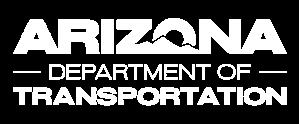
Superior or in this region,” explains Casillas. “A big strategy for us to do that is to increase the amount of LEHRs that are in peoples’ yards.”
The aim is to have a LEHR Garden in one percent of all households in Superior by this summer, and by the end of next year, increase that number to three percent.
“Gardens are the best way, at this point, to create an agricultural revolution,” Williams concludes.
Miami Artworks now hosts a monthly garden party, open to the community to celebrate the LEHR Garden. It’s held every second Thursday from 6 to 8 p.m.
The Town of Miami Trail System Study is being prepared to evaluate and recommend path improvements along a defined alignment for approximately 5 miles in the Town of Miami area. The alignment starts at the Miami Unified School District area and continues west to Bullion Plaza Cultural Museum. Join us to review information on the trial alignment and provide your input.
Join Us In-Person!
April 17, 2025 | 5:30 – 7:00 p.m.*
Miami Unified School District - Library
4739 E Ragus Road
Miami, AZ 85539
*Brief presentation at 5:45 p.m.
Learn more about the study!
Unable to attend? Learn more about the study and provide your input by participating in a study survey at: www.azdot.gov/town-of-miami-trail-system-study
Pursuant to Title VI of the Civil Rights Act of 1964, the Americans with Disabilities Act (ADA) and other nondiscrimination laws and authorities, the Arizona Department of Transportation (ADOT) does not discriminate on the basis of race, color, national origin, sex, age, or disability. Persons that require a reasonable accommodation based on language or disability should contact Will Randolph at 602.712.7025 or wrandolph@azdot.gov. Requests should be made as early as possible to ensure the State has an opportunity to address the accommodation.
De acuerdo con el Título VI de la Ley de Derechos Civiles de 1964, la Ley de Estadounidenses con Discapacidades (ADA por sus siglas en inglés) y otras normas y leyes antidiscriminatorias, el Departamento de Transporte de Arizona (ADOT) no discrimina por motivos de raza, color, origen nacional, sexo, edad o discapacidad. Las personas que requieran asistencia (dentro de lo razonable) ya sea por el idioma o discapacidad deben ponerse en contacto con Will Randolph al 602.712.7025 o por correo electrónico al wrandolph@azdot.gov. Las solicitudes deben hacerse lo más antes posible para asegurar que el Estado tenga la oportunidad de hacer los arreglos necesarios.
By David Abbott
History and heritage will be on display throughout the Globe-Miami area this month, as Old Dominion Days returns for its ninth edition in the spring rather than its traditional spot on the calendar in early fall.
“We moved the event to April to coincide with the final play of the Arizona Territorial Base Ball League, which had booked the end of April in Globe for its last tournament of the season,” explains Linda Gross, Board member of the Gila Historical Museum and Publisher of Globe Miami Times, who is spearheading the event.
“History shows us that mining and baseball went handin-hand at the turn of the century, with the mines sponsoring local teams like the Smoke Eaters and the Old Dominion Mine Walkers as a way of providing a release for their employees and entertainment for the locals.”
A new exhibit at the Center for the Arts will feature the region’s baseball heritage, with large-format photography from the archives of the Gila Historical Museum and Bullion Plaza, as well as family contributions. The Exhibit will open during Old Dominion Days and run through May. A reception will be held at the Arts Center on April 26, highlighted by a lecture on Territorial Baseball in Arizona by author John Tenney.
“The game of baseball has always been a rich part of Arizona’s history, and Tenney has a command of that history, from the early games between forts and cavalry men to the competitions between competing mining companies,” explains Gross. “We are thrilled that we were able to get Tenney as a speaker on behalf of the Old Dominion Cup Tournament.” Tickets for the reception and lecture are $20 and can be purchased on Eventbrite.
The tournament will feature local legend Joe Sanchez announcing, with guest appearances by John Tenney and others jumping in to add to the fun as they call the games and talk about the history of Arizona Territorial baseball. Vendors and a media booth will be at the ballpark on both days. BRAVOAmericano will offer a ballpark menu on Saturday just for the event, with delivery service to the ballpark. The gate fee of $20 for the weekend will support the work at Central Field and the Globe Baseball program.
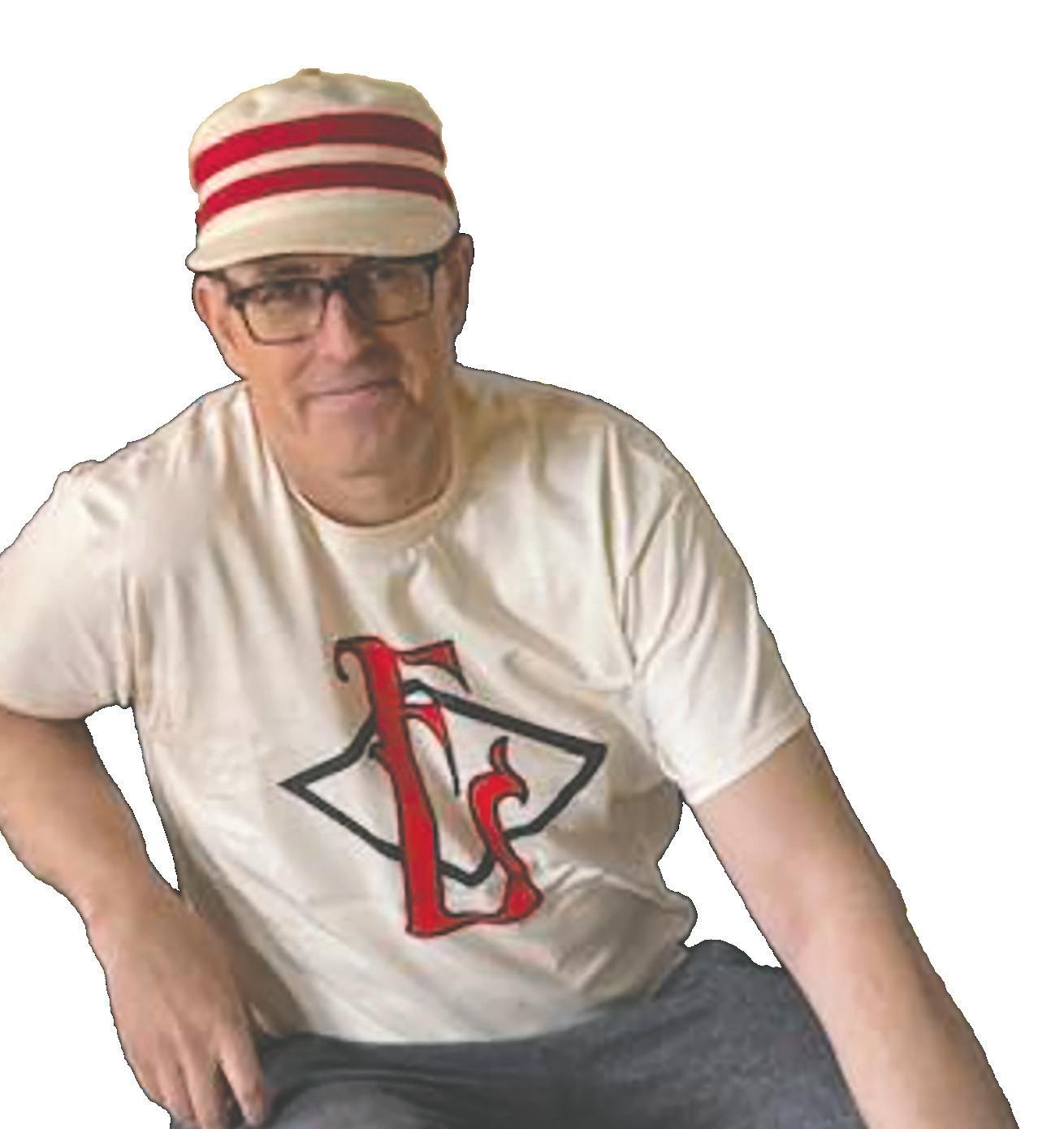

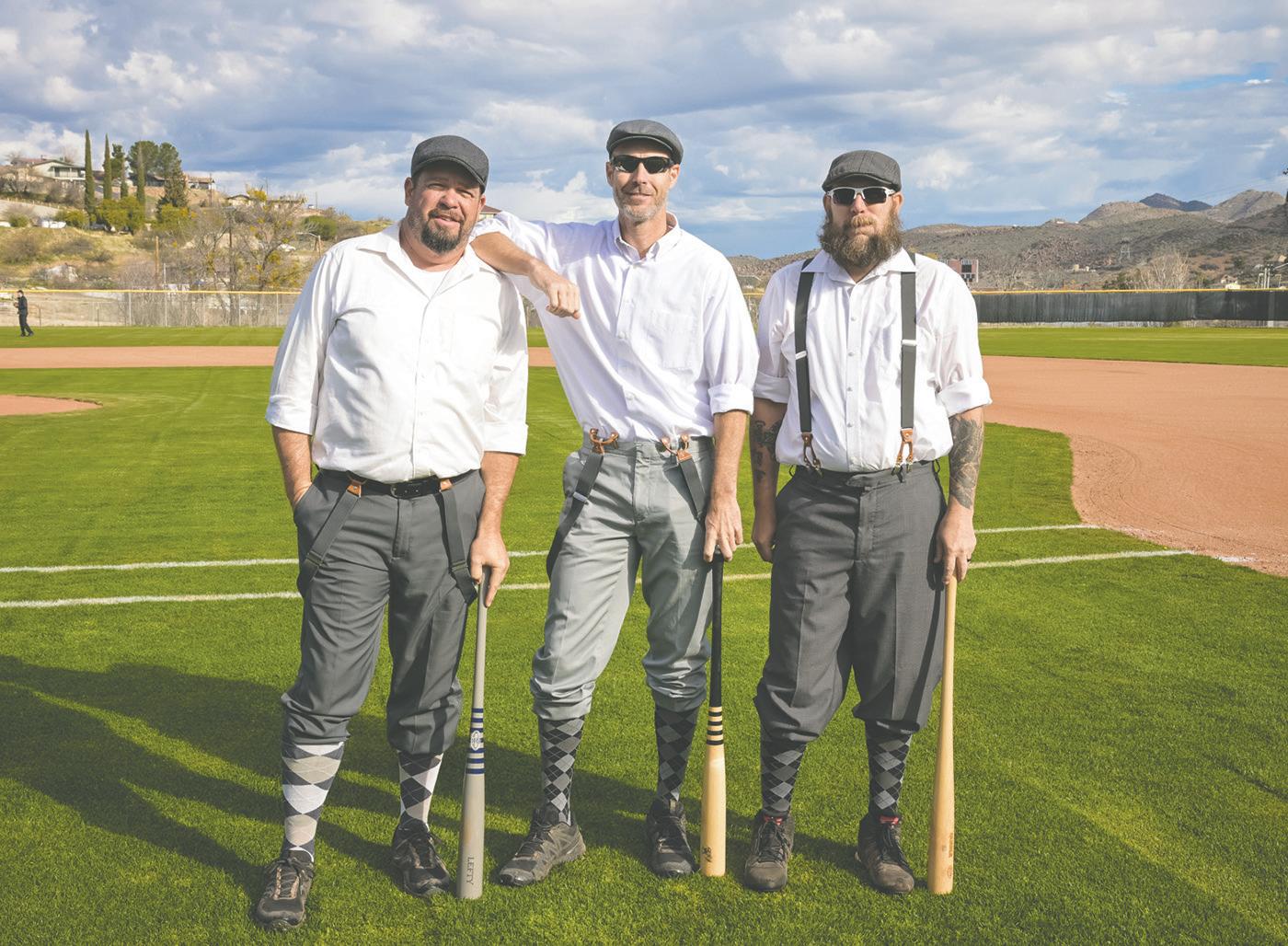
In addition to the Tournament, this year’s Old Dominion Days will feature several tours that are only being offered during the event. FMI’s Rod Plant Tour and Capstone Copper’s bus tour are rare opportunities to see what mining looks like up close. Both tours have limited space, so to ensure your spot, book early.
“We are a unique mining community,” says Gross, “where mining operations from processing to exploration to reclamation are active and ongoing. If you want a good look at mining and a chance to talk mining with those who know it best, this is the event you’ll want to book.”
This year’s event will bring together a panel representing all the mines to talk about their operations at a Kick Off Lunch and Learn on Thursday at Bullion Plaza. Superior Mayor Mila Besich, who just spoke at the Global Initiatives forum in Phoenix, will be the moderator for the panel. Her talk at the Forum noted that the Copper Corridor “is one of the world’s most significant copper-producing regions and sits at the crossroads of resource extraction, technological advancement, and clean energy development.”

The Old Dominion Days event has been designed to offer visitors and locals a chance to “make a day of it” by taking in a lecture, a walking tour or mine tour, and still have time to enjoy the historic districts of Globe-Miami. Each day
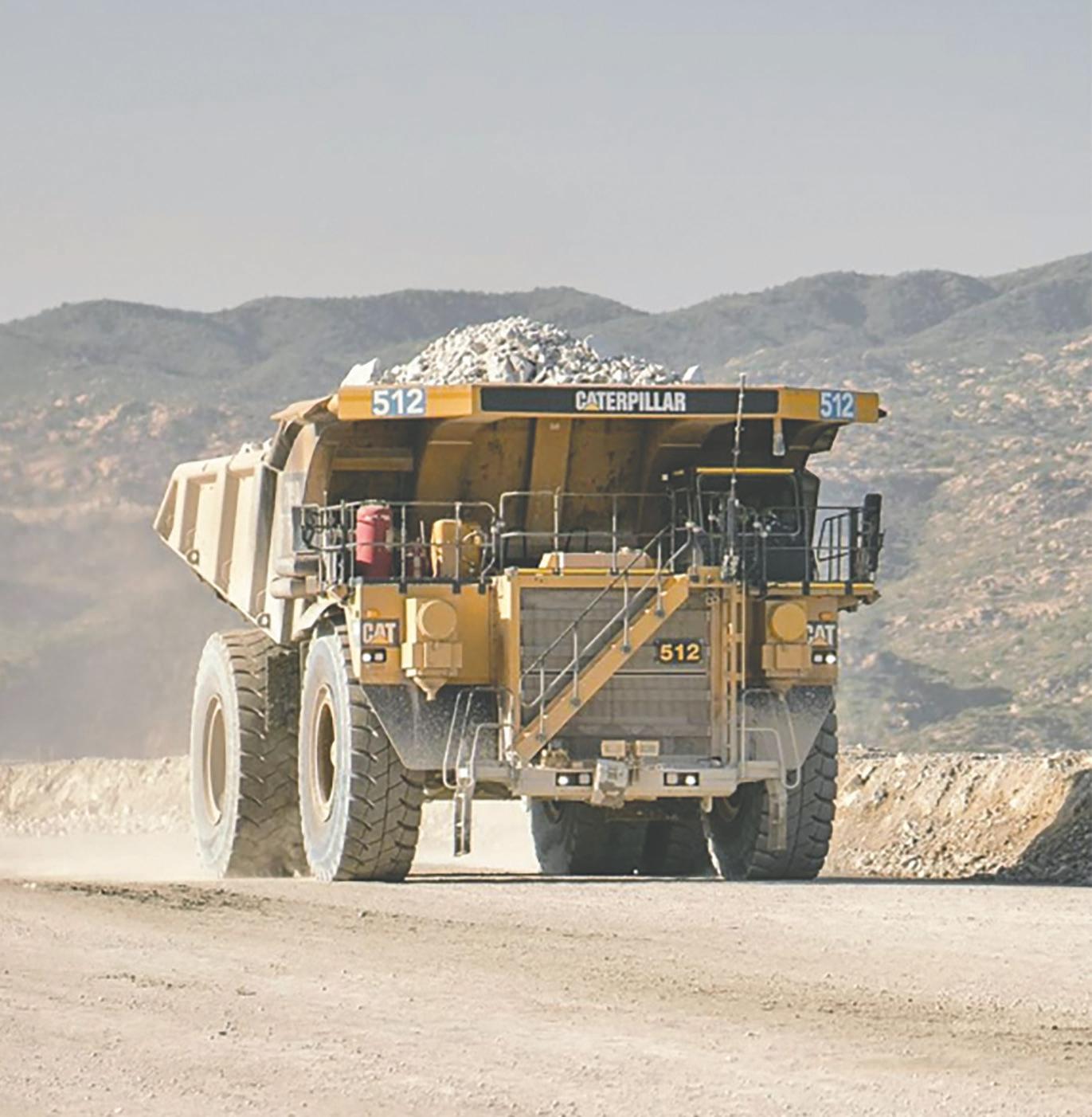
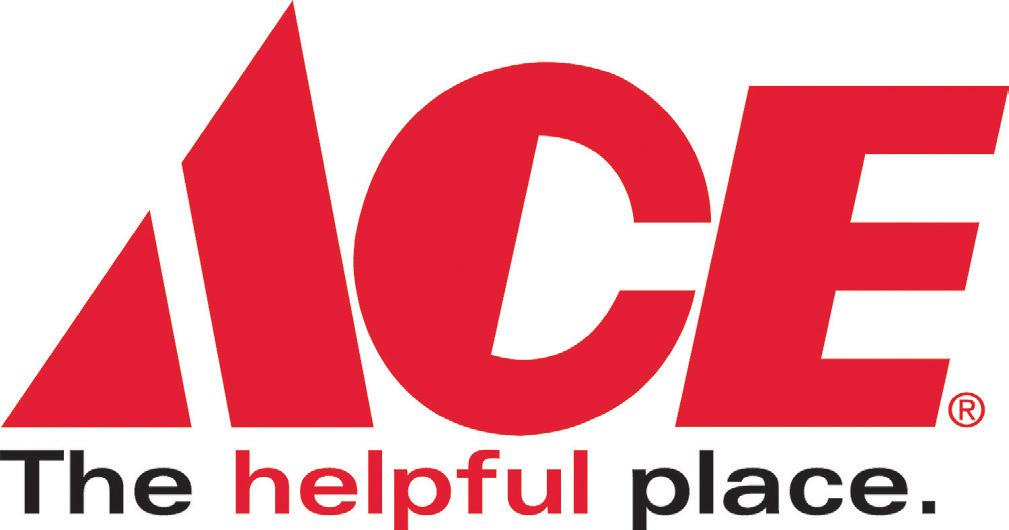






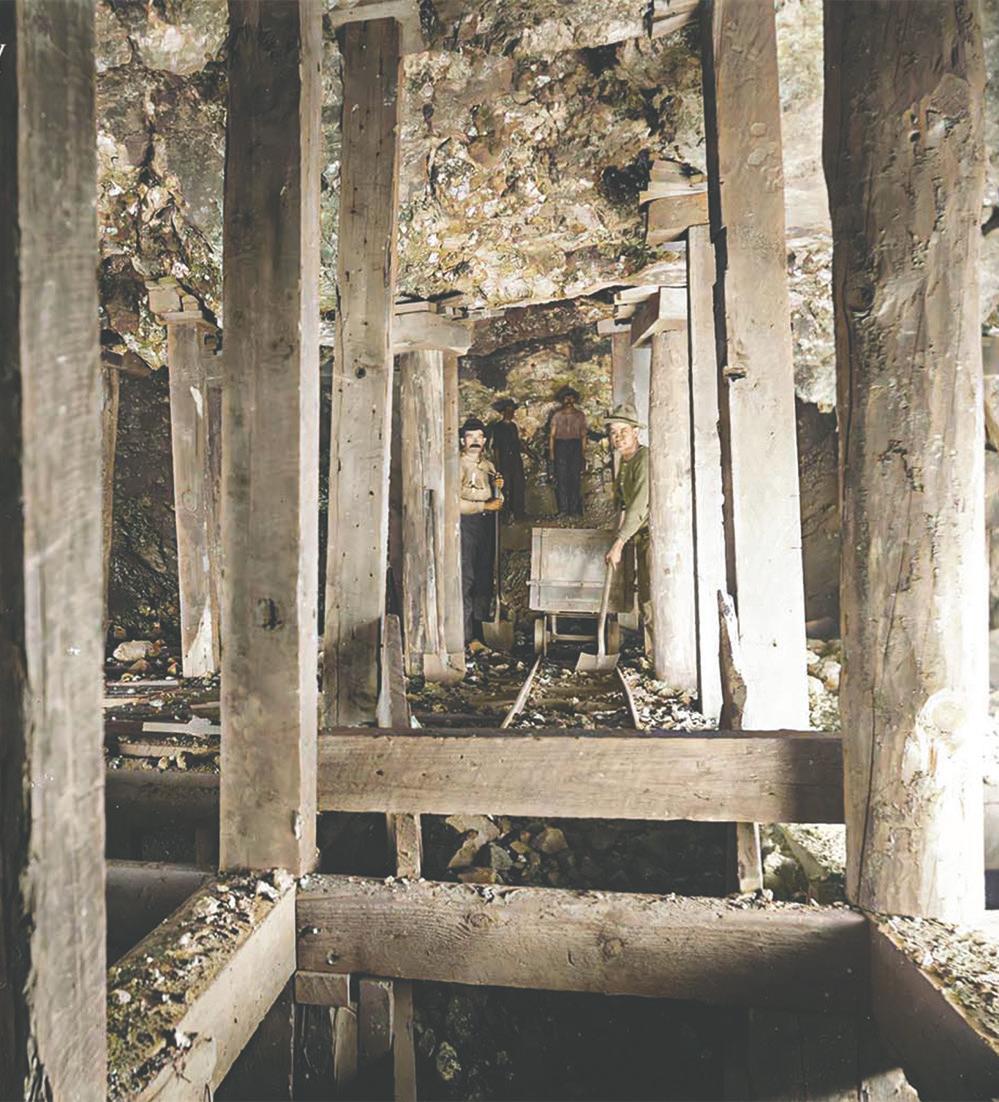
offers a keynote lecture and a slate of tours to choose from, allowing attendees to make the most of a day or a weekend. Children under 15 get in free to the ballpark. Events are ticketed through Eventbrite (see below), and group rates are available by calling Linda Gross at 928-701-3320.
The Arizona Vintage Base Ball League spans the state, with teams from Globe to Bisbee, playing the game with post-Civil War-era rules that harken back to a style of “Base Ball” that was played before the bright lights and hoopla associated with the modern game.
The Arizona Vintage Base Ball League will kick off the Old Dominion Cup Tournament on Saturday, with eight teams playing at Central Field, just off Mayss Street in Globe. The ballfield, located within a residential area, harkens back to the old days when this was standard for most fields. It should be noted that there is limited parking at the ballfield itself, but the City of Globe has two public parking lots that are free and within walking distance of the field. (Look for signs.)
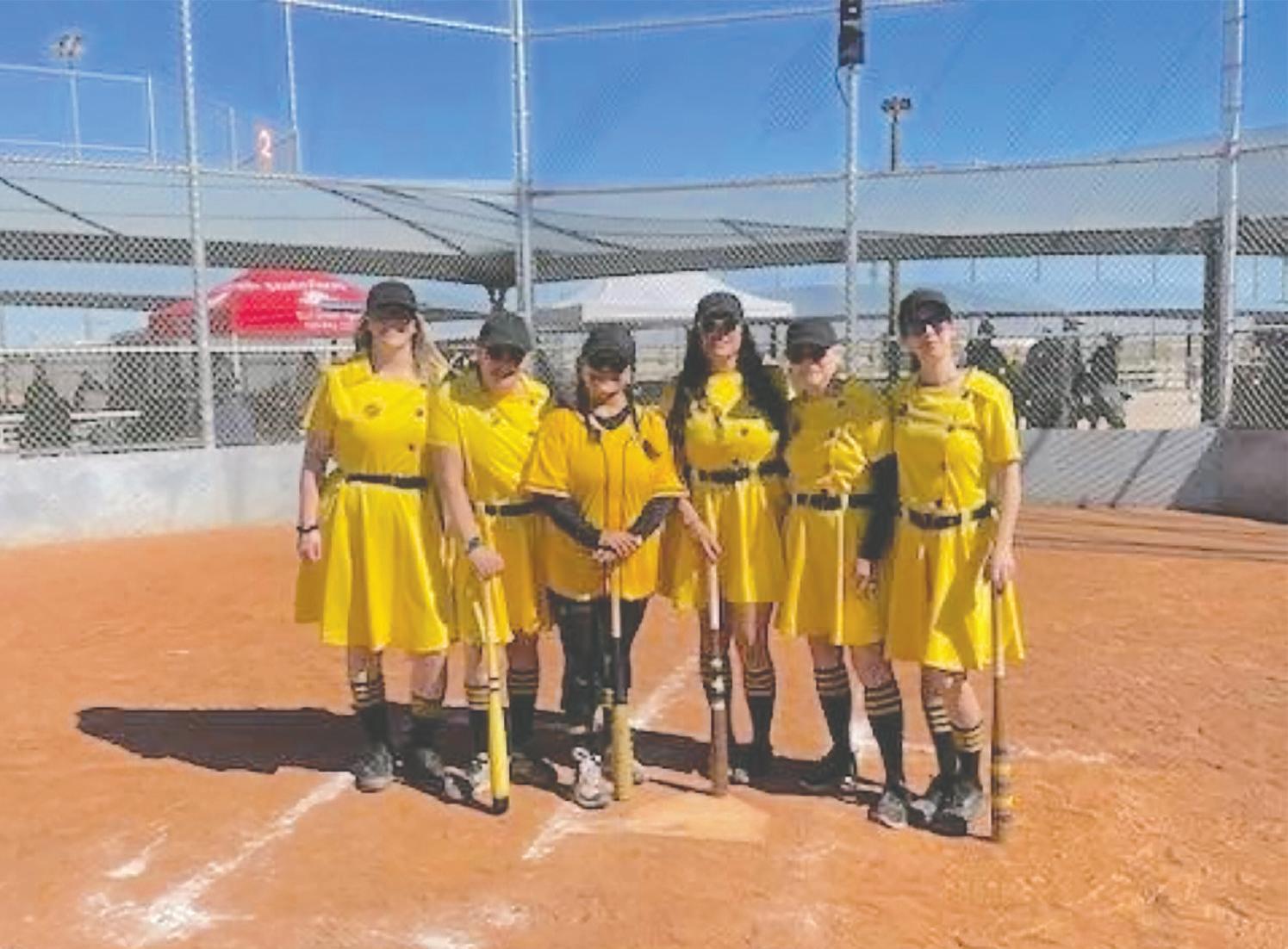
Cardinals—more evidence of how the tournament is steeped in Arizona history.
Watching a territorial game is a lesson in gentlemanly behavior and more genteel rules than those of the MLB. Treating the umpire with respect, outlawing profanity and ungentlemanly conduct, and disallowing base stealing are among the most hard and fast rules of the game.
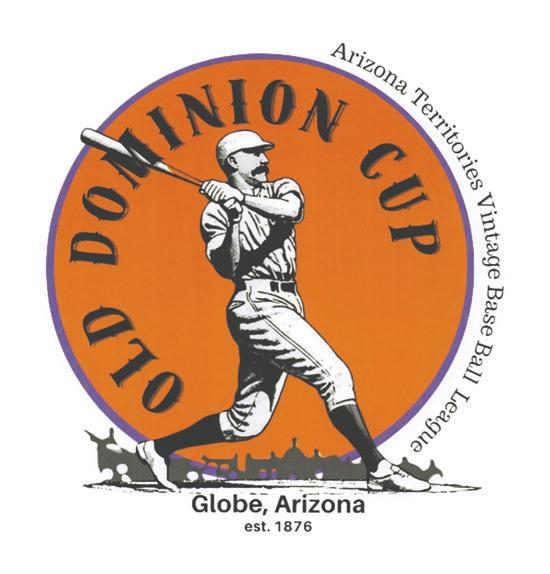
With a nod to Old Dominion Days and the region’s mining heritage, Globe’s Base Ball tournament is firmly rooted in the copper mining legacy. The Old Dominion Cup tournament and its large copper trophy are destined to be noteworthy additions to the League and the game of Territorial Base Ball.
“An event like this is about bringing out people’s engagement and enthusiasm,” Gross says. “There’s such great baseball heritage in this state, and much of it is tied to the mining companies who sponsored teams and supported the game as a recreational outlet for their employees and entertainment for the locals."
The large copper trophy purchased on behalf of the tournament is a one-of-a-kind trophy with historic copper ties. “They don’t make them like this anymore,” says Tim Pawlowski, the engraver who will be adding the Capstone Copper name to the trophy as its Signature Sponsor. First awarded in 1946 in Chicago, the trophy appears in a newspaper article in the Chicago Tribune showing Charles Bidwill presenting it at Sportsman Park to the winner of the Charities horse race. The Bidwill name is well known in the Valley, as grandson Michael Bidwill owns the Arizona
Uniforms harken back to territorial days, although back then, many players or teams could not afford actual uniforms and played in work clothes.
“We try to be authentic as much as we can, but sometimes it’s tricky,” says Higley Haymaker Team Captain Patrick Murphy. “If you try to get authentic 1860s uniforms, it is not cheap, so we do a variation. We try to dress like gentlemen. With my team specifically, we wear bow ties and suspenders and try to be unique in that aspect.”
Equipment-wise, the AVBBL uses technically historic bats made by only two companies in the United States, one of which happens to be based in the Valley. The League also uses an 1861-vintage baseball, called a lemon peel ball, that is slightly larger and heavier than the ball currently in use in the modern version of the game.
Additionally, the League does not use gloves, as that kind of equipment was not part of the game until the turn of the century.
The AVBBL began in 2008, and while the majority of the teams are composed of men, several women’s teams have formed in the last two years, including the Maricopa Maidens and Tempe Millerettes. The Millerettes couldn’t recruit players enough this year to field a team, but Team Captain Hanna Phillips—Murphy’s wife—says she will be there in uniform nonetheless, to fill in as needed.
“I’ll fill in for whoever needs it if they’re shorthanded. I love doing that,” Phillips says. “It’s so much fun because it allows me to play with the guys and the girls. I enjoy playing against them on their teams and realize that, hey, we can beat these guys, absolutely.”
"In the Arizona Territory, copper mining and baseball were more than just industries and pastimes—they were the heartbeat of our communities."
– Linda Gross
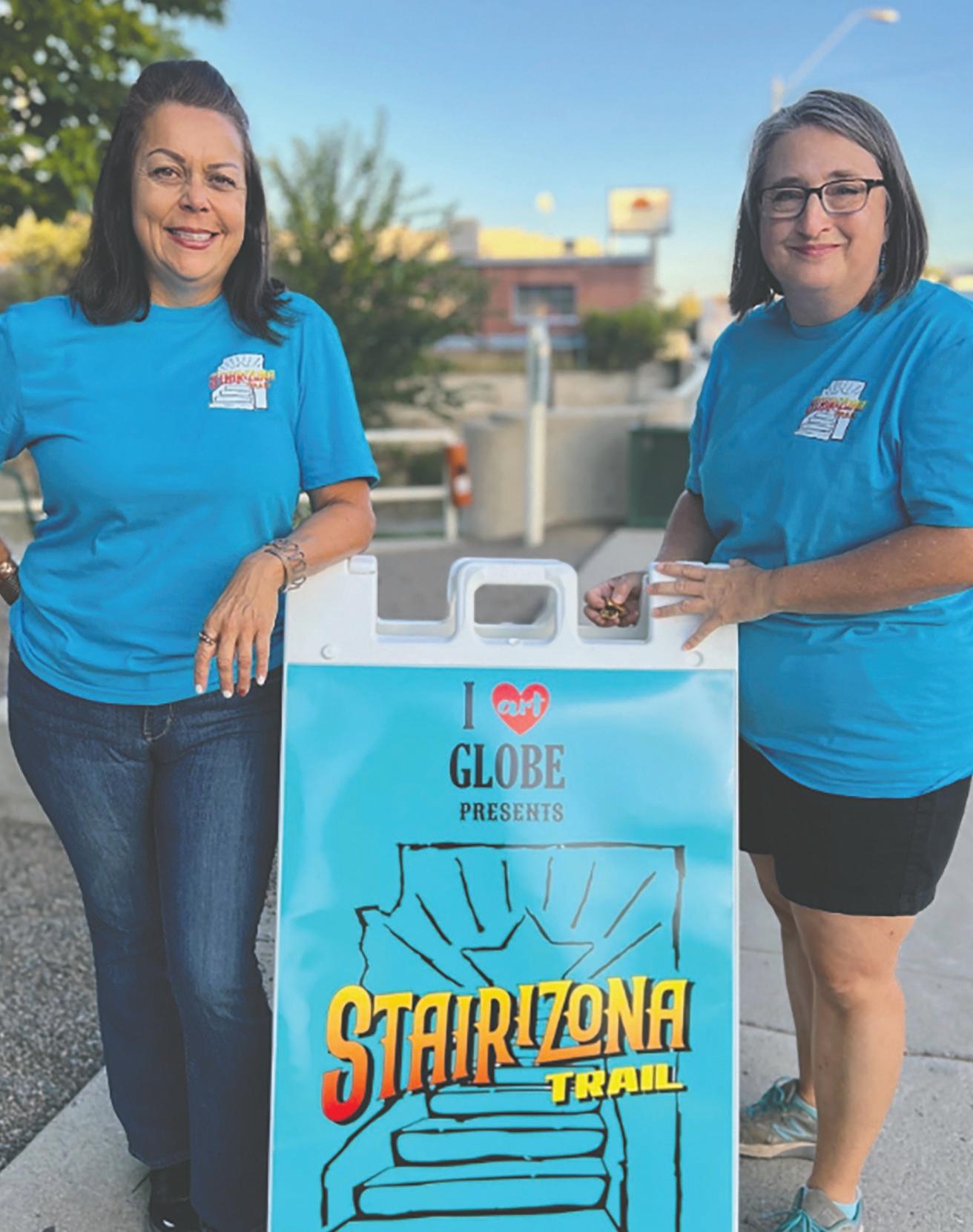


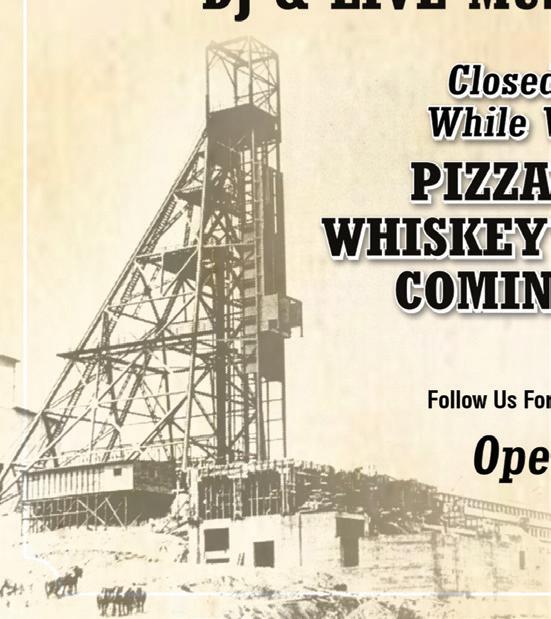
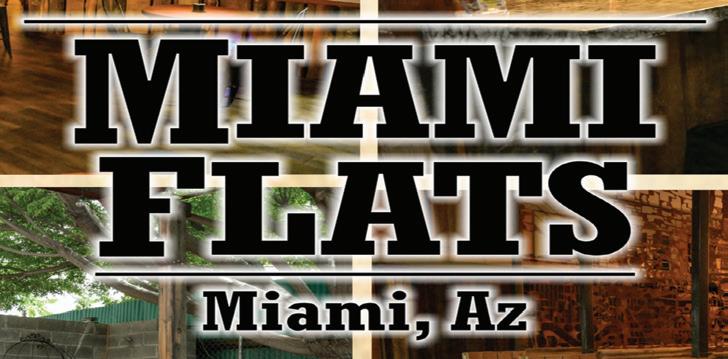
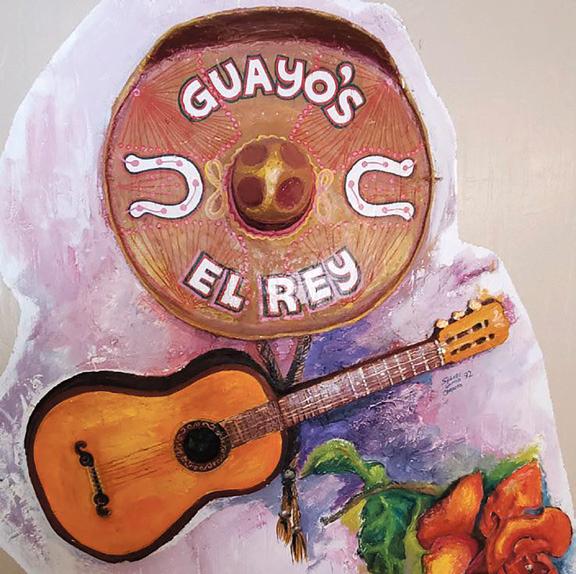


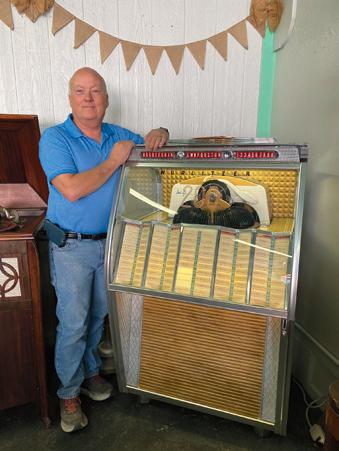







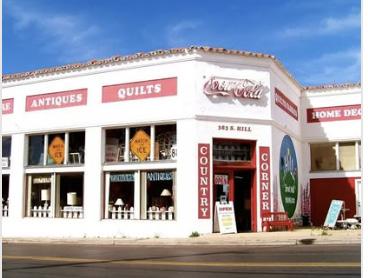
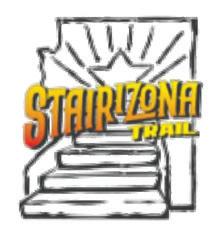




We are in the process of redesigning
But baseball distracted us! This Fall, the large map will be available in an 11 x 17 laminated version that local businesses can use to direct visitors around the area. The new maps in the paper will focus exclusively on the Historic Downtown Districts. Map ads are available for $75/ea with a 6-month contract, helping to bring attention to the type of products or services you offer. Contact Linda Gross for details: (928) 961-4297 gross@globemiamitimes.com.



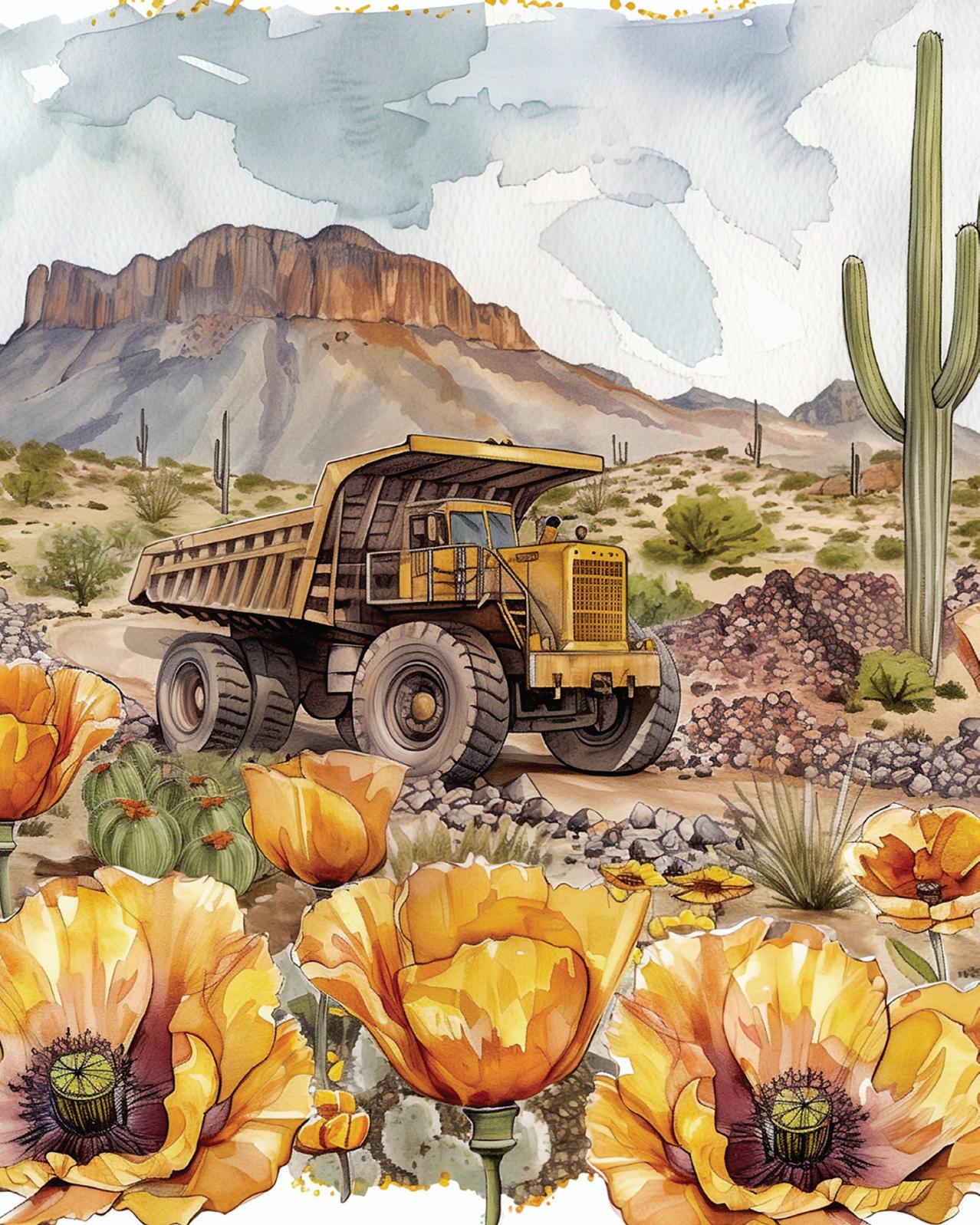



















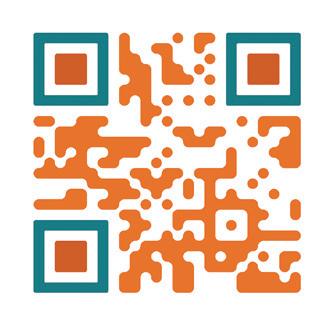
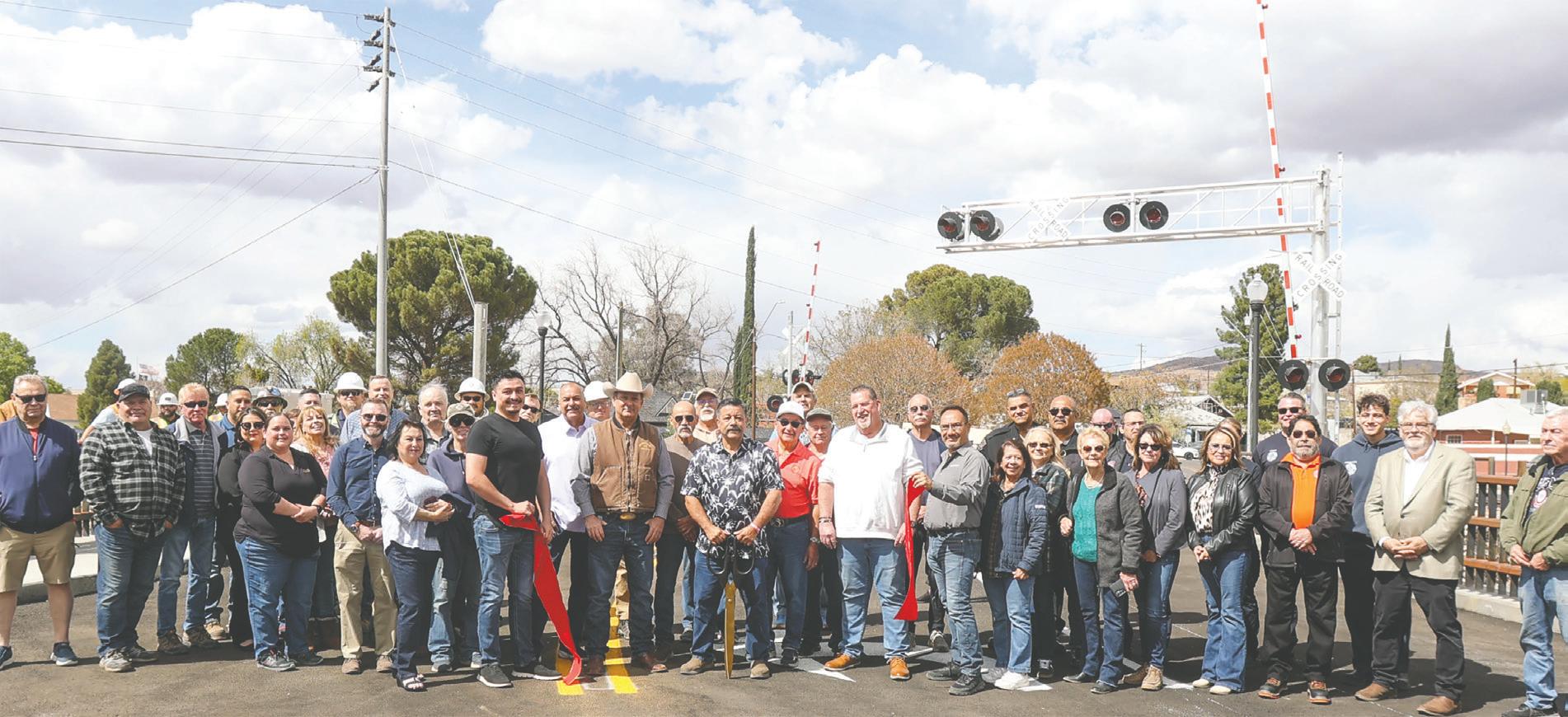
The Car Show featured over 100 cars and packed downtown Miami!
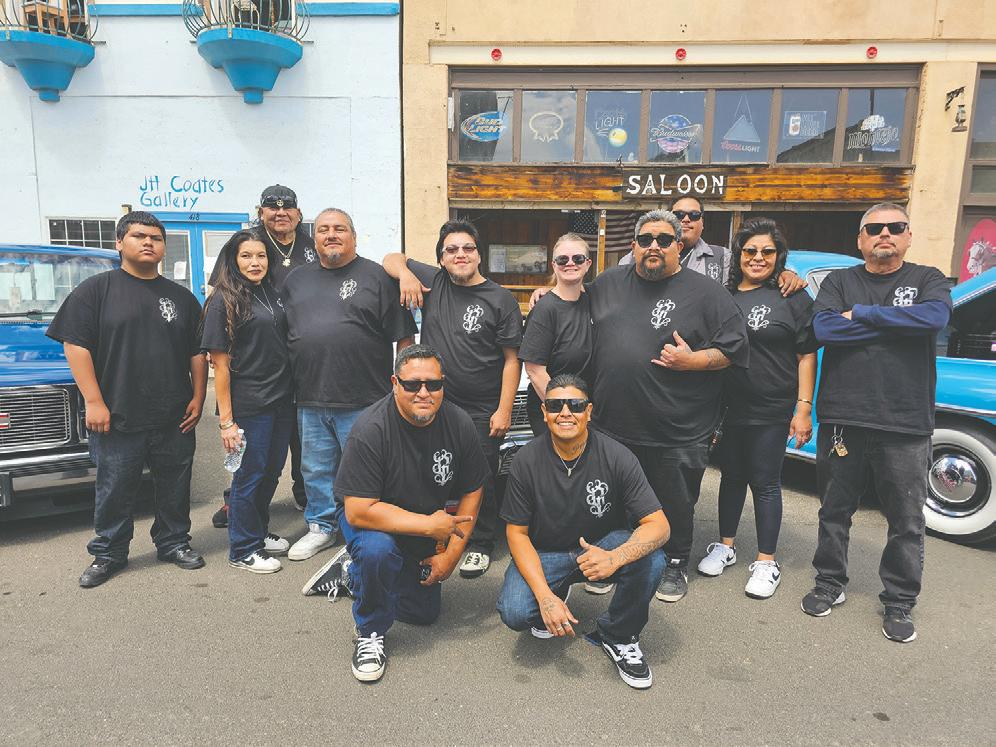
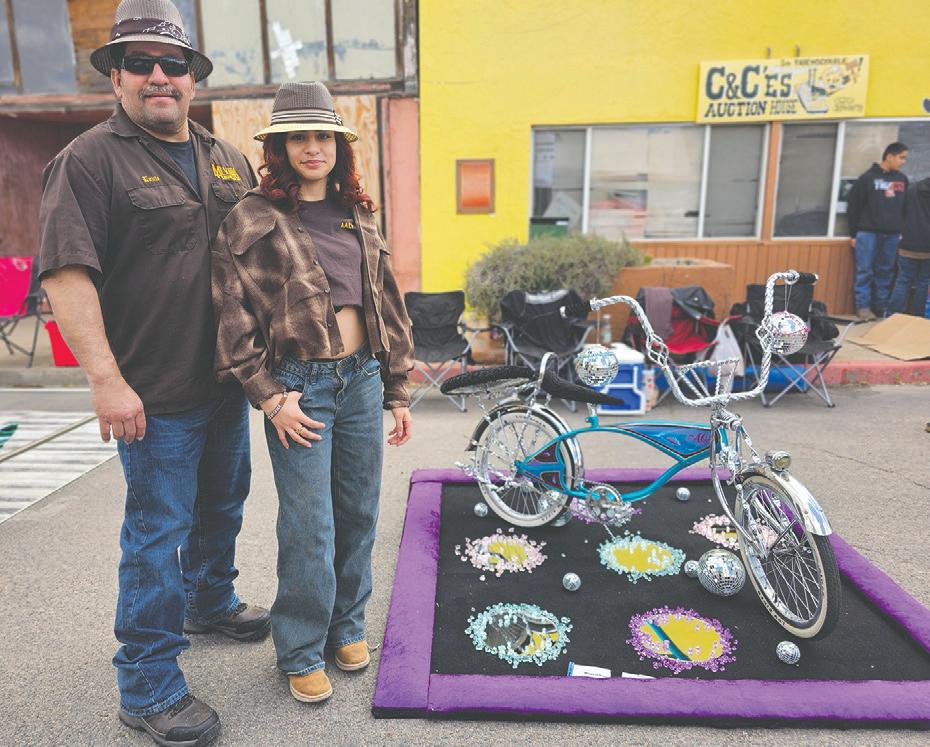
We are thrilled to welcome you to four incredible days of history, heritage, and hometown pride as we celebrate the legacy of mining and baseball in Globe-Miami. This year’s lineup is packed with mine tours, walking tours, Lunch & Learn lectures, new museum exhibits, and more!
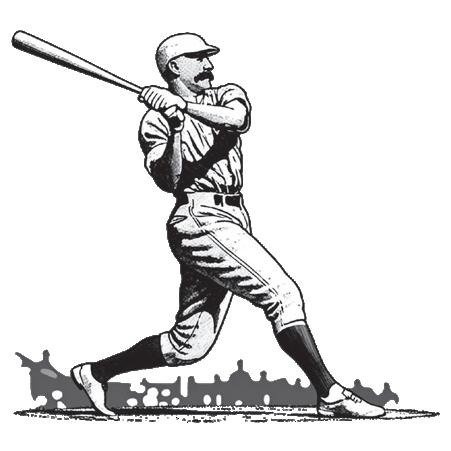
But the real highlight? The final tournament play of the Arizona Territorial Base Ball League, as teams compete for the Capstone Copper Trophy in our First Annual Old Dominion Days Cup. This exciting weekend of classic baseball brings history to life on the field, connecting past and present through America’s favorite pastime.
Mining and baseball have gone hand in hand in this region since 1882, when the Old Dominion Mine sponsored its first team In the years that followed, teams like the SmokeEaters (backed by the International Smelter Company) and the Miami Copper Miners (sponsored by Miami Copper) made baseball a staple of mining communities. These games weren’t just sport—they were a source of camaraderie, fierce competition, and deep local pride
This year, we honor that tradition with a heritage baseball exhibit at the Cobre Valley Center for the Arts, featuring rare photographs, stories, and memorabilia from the early days of territorial baseball. Don’t miss this chance to step back in time and relive the golden age of the game!
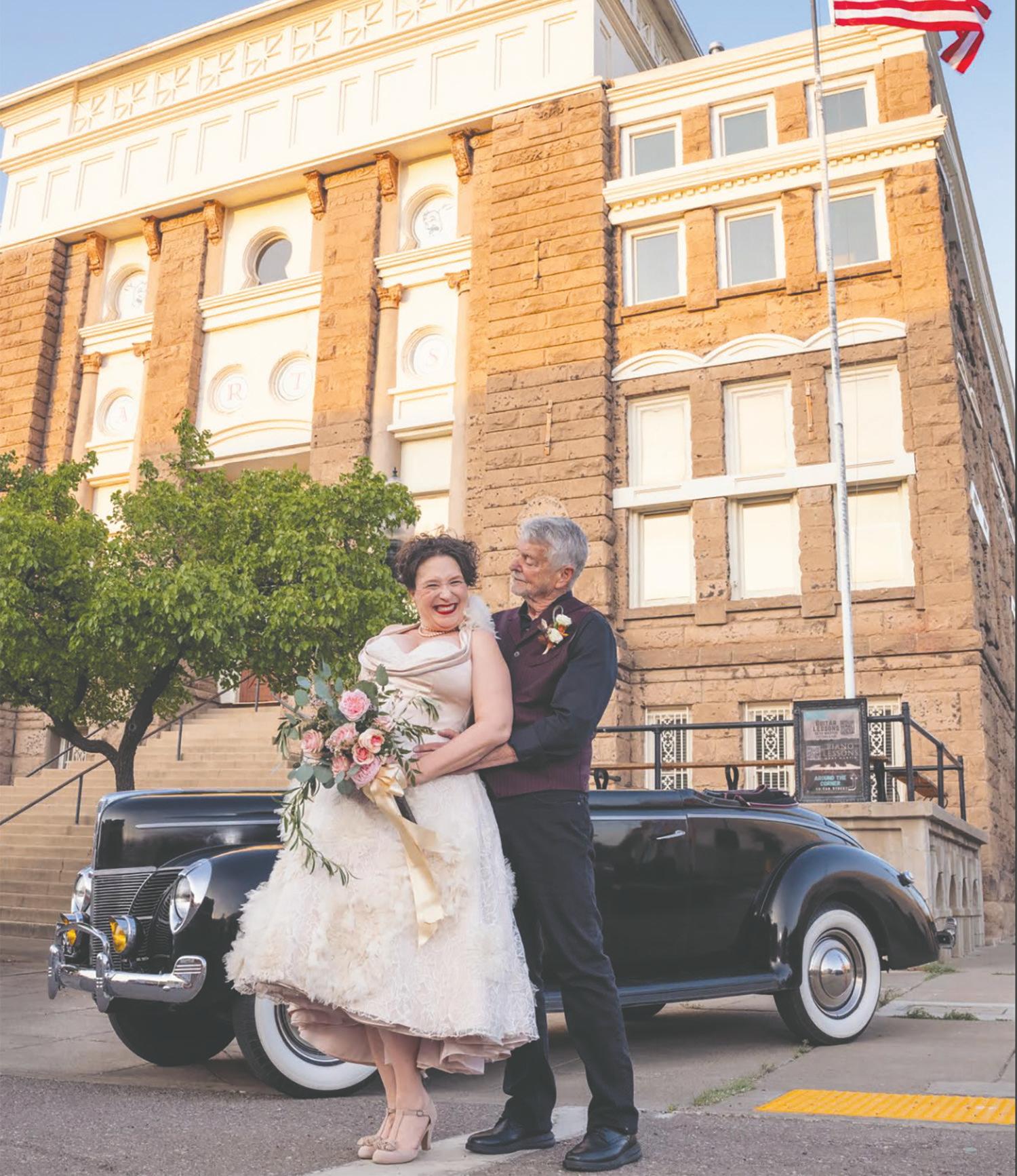
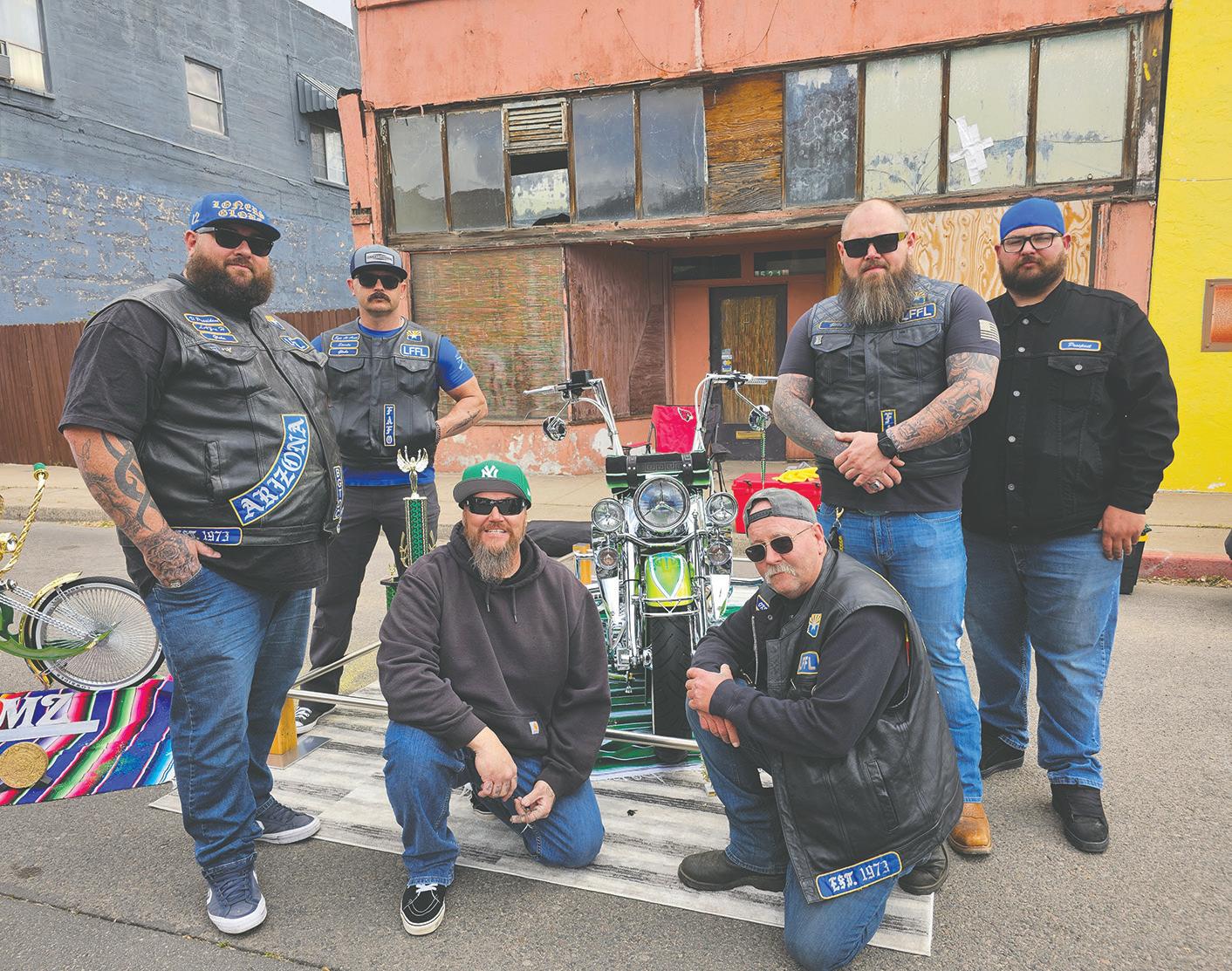
Motorcycle that won People's Choice award.

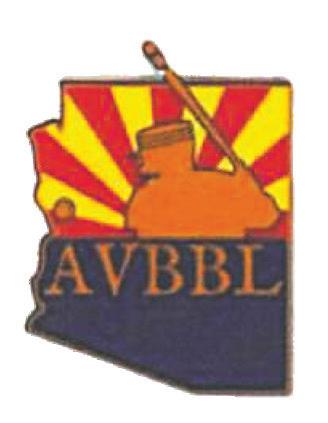
Beyond the ballfield, we invite you to discover the history beneath your feet with our mine and history tours, including:
• Capstone Copper Mine – Get an up-close look at GlobeMiami’s largest open pit mining operation.
• Chrysotile Mine & Ash Creek Canyon with Off-Road Adventure – A rare chance to explore this legendary old mining site and take in the beauty of AshCreekCanyon.
• Walking Tours & Guided Hikes – From the hidden stairways of historic Globe to the scenic trails of Round Mountain Park.
For those who love deep-dive storytelling, our Lunch & Learn lectures and museum exhibits offer rare insights into mining history, safety innovations, and the lives of the miners who built this region. Highlights include:
• A Photographic Journey Through 100 Years of Hardrock Mining – Featuring stunning large-format images of abandoned underground mines and historic mining operations.
• Strong Communities: Partnerships – A conversation with industry leaders on the evolution of mining and community partnerships.
Join the Celebration!
Whether you’re here for the history, the action on the field, or the adventure, Old Dominion Days is about celebrating the legacy of this incredible region. So grab your tickets, explore, and enjoy the rich history and vibrant energy of Globe-Miami.
THURSDAY, APRIL 24
Keynote Address 11:30am–1pm Lunch & Learn $25
Mining Operations in Globe-Miami Moderated by Mila Besich Robin Bradford, Jamie Raskin, Ali Dionne, Anna Vargas Bullion Plaza Museum Rod Plant Tour • Chrysotile Tour • Stairizona Tour
FRIDAY, APRIL 25
Keynote Address 11:30am–1pm Lunch & Learn $25
Hardrock Mining Of The Past Jay Spehar Mine Historian with Sheldon Miller, Linda Gross Bullion Plaza Museum
Hamburger Fry & Old Dominion History Lecture 5pm Lecture by Zach Larsen 6-8pm Fry $20/both Grounds of Gila Historical Museum
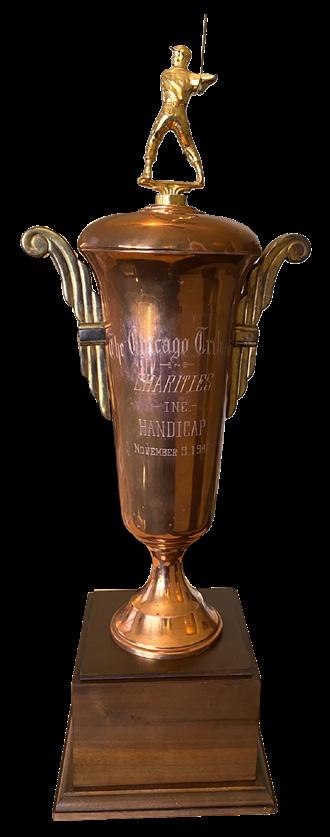
Capstone Tour • Chrysotile Tour • Stairizona Tour
SATURDAY, APRIL 26
Old Dominion Cup Tournament Central Field 9am-3pm
Ballpark tickets both Sat & Sun $20
An Evening with John Tenney Baseball in Territorial Arizona Exhibit * Reception & Talk $20 3rd Floor Center for the Arts Capstone Tour • Chrysotile Tour • Stairizona Tour Old Dominion Mine Tour
SUNDAY, APRIL 27
Final Tournament Play 9-2pm Tickets at: olddominiondays.eventbrite.com






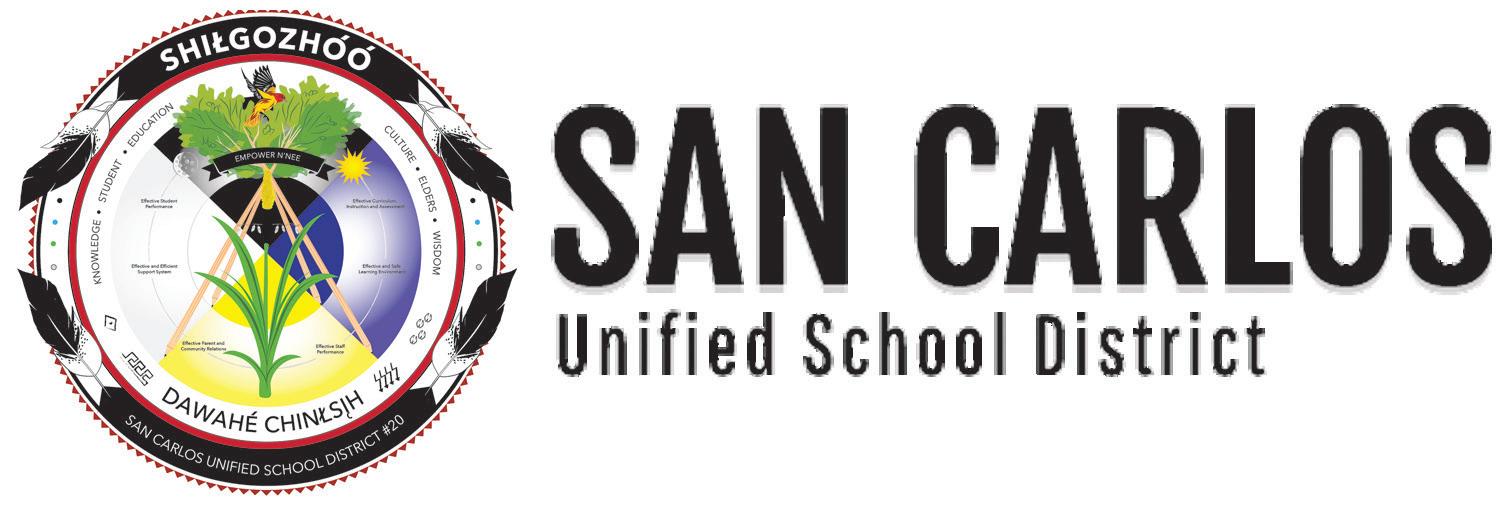
By David Abbott
Since 2016, the San Carlos Unified School District has focused on improving student outcomes with the concept of Shiłgozhóó, and an approach to education that addresses the needs of students beyond the classroom.
Shiłgozhóo, meaning “I am balanced. I am in harmony, I am at peace, I am happy,” is part of a systematic reform instituted by SCUSD Superintendent Dr. Deborah Dennison that takes all aspects of a student’s life into account and promotes cultural awareness as a guiding principle to improve educational outcomes.
To celebrate the success of its mission, the District will host its fifth Our Journey Toward Shiłgozhóó Conference on April 23-24, offering activities, presentations of San Carlos Apache history and culture, as well as access to resources for students and their families.
“The conference focuses on trauma and different types of adversities the community experiences, with a focus on overcoming these personal traumas,” says SCUSD Cultural Support Coordinator Randy Begay. “It will include discussions about how cultural practices and cultural knowledge helps in this area.”
In addition to local organizations such as the San Carlos Apache Veterans and the San Carlos Tribal Cultural Center, there will be guest speakers from national organizations dedicated to improving the school systems of Native tribes.
The keynote speaker on the first day will be Dr. Mark Standing Eagle Baez, a member of the Tap Pilam Coahuiltecan Nation and a descendant of the Mohawk and Pawnee people. Baez, a professor from Bemidji State University in Minnesota, is a licensed school psychologist and chemical dependency counselor, who “has incorporated culturally responsive methods into his services for over two decades.”
Day two will feature Albert Pooley, president and founder of the Native American Fatherhood and Families Association (NAFFA), an internationally recognized Non-Governmental Organization based in Mesa. NAFFA provides guidance on several programs, including the Fatherhood is Sacred/Motherhood is Sacred Program that “defines the purpose of life, brings understanding of the sacredness of the role of a mother and father and explains the importance of how valuable our native heritage is to our people.”
“We’re looking for cultural speakers who have gone through the trauma process, who are able to help our parents, community and our students understand the trauma and how to overcome that, and how we can use that to better our lives,” says Lead Parent Supervisor Cheryl Haozous. “All of our speakers deal with some sort of cultural aspect that will help enhance the cultural necessity that these children need to function as San Carlos Apache.”
Haozous, who began her career at the SCUSD as Communications Director in 2014, has been leading the successful Parent Educator Program, designed to benefit students and their parents by offering resources to families that may face daunting challenges in everyday life.
“We have generations of trauma that we carry, and even a scent can trigger your body,” Haozous says. “Yet it may not be your trauma: It may be your grandparents’ trauma. It may be your great-grandparents’ trauma, and that scent is going to send you into a trauma-induced reality which you have no knowledge of.”
Haozous adds that teaching young San Carlos Apache Tribe members about their ancestors can help give them an understanding of the complexities of their relationships among the estimated 25 different clans that make up the San Carlos Tribe as well as the Tribe’s difficult relationship with the world outside the Reservation.
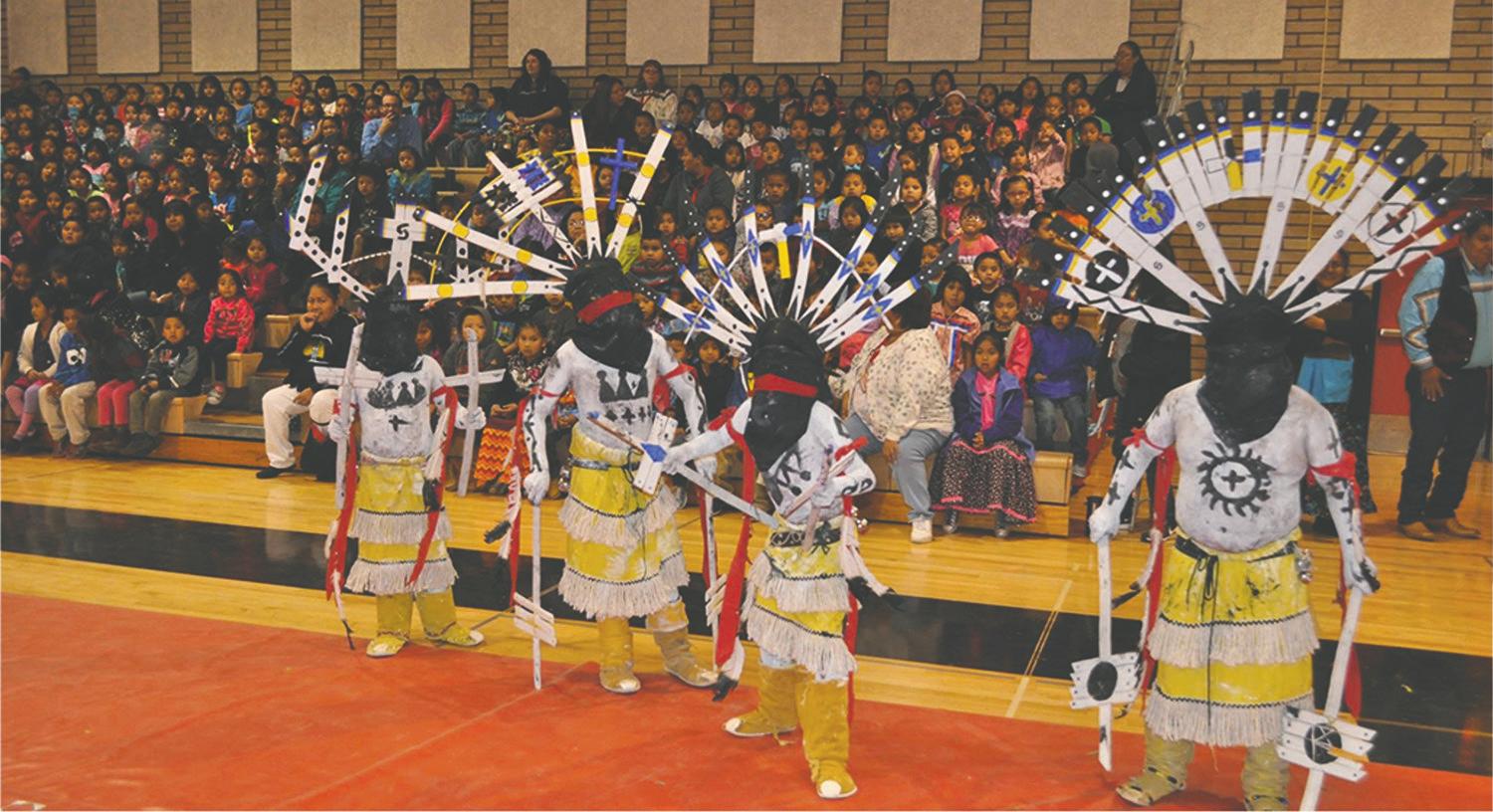
To that end, there will be several presentations from local Tribe members who maintain San Carlos Apache history and lore.
Ken Duncan, a world-renowned Apache historian from Peridot and founder of Yellow Bird Productions, will tell stories about how he learned the medicine way and how to hang on to that culture.
Bob Stevens, Field Supervisor for the San Carlos Apache Language Preservation Program, will share stories about the Tribe’s past and the importance of its culture, and Marlowe Cassadore, from the San Carlos Tribal Cultural Center, will talk about how San Carlos Apaches communicated and worked together before they were moved to the reservations.
Steven Pahe, Jr. the Native Community Project Director from the San Carlos Apache Tribe Wellness Center will talk about San Carlos Apache history, trauma and its impact on the San Carlos people.
“We try to keep all the messages consistent,” Begay says. “This year, because of the place we’re going to be holding the event, we will probably see more interactive activities.”
The conference will take place at the San Carlos Middle School gym, located at 100 San Carlos Ave., in San Carlos.
The two-day event is open to the public and will begin on Wednesday, April 23 at 7:30 a.m. with registration and breakfast. The San Carlos High School singing and drumming group will perform in the morning followed by a blessing of the conference, a prayer, posting of colors by the San Carlos Apache veterans, the national anthem, and the Pledge of Allegiance.
Dr. Dennison will begin with a welcome address at 8:15, followed by opening remarks by Sherrie Harris, SCUSD Board President.
Wednesday’s slate of programming is scheduled to finish at 4 p.m. and Thursday’s schedule will go from 7:30 a.m. to 4 p.m. as well.
For more details or to sign up for the conference, go to the District’s website at www.scbraves.net, or call 928475-2315.
Dr. Dennison, who will retire at the end of the school year, has spent her career shaping tribal education from a Native perspective and with a deep understanding of the difficulties Native tribes have had adapting to a system the
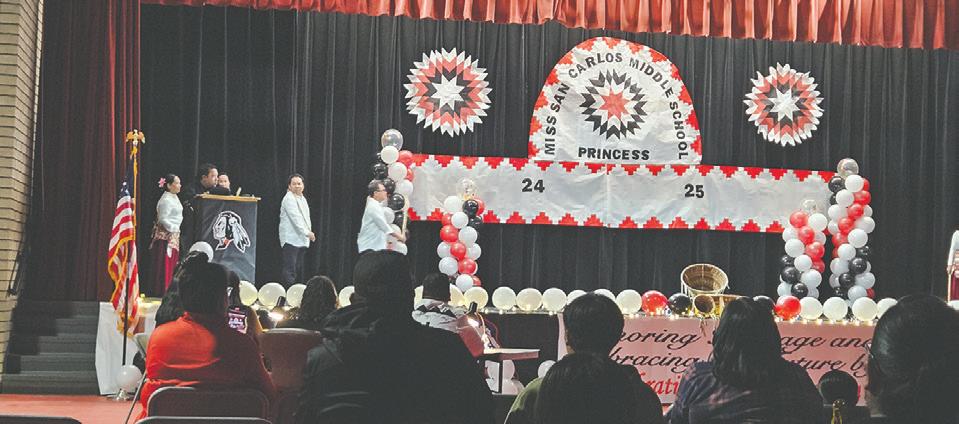
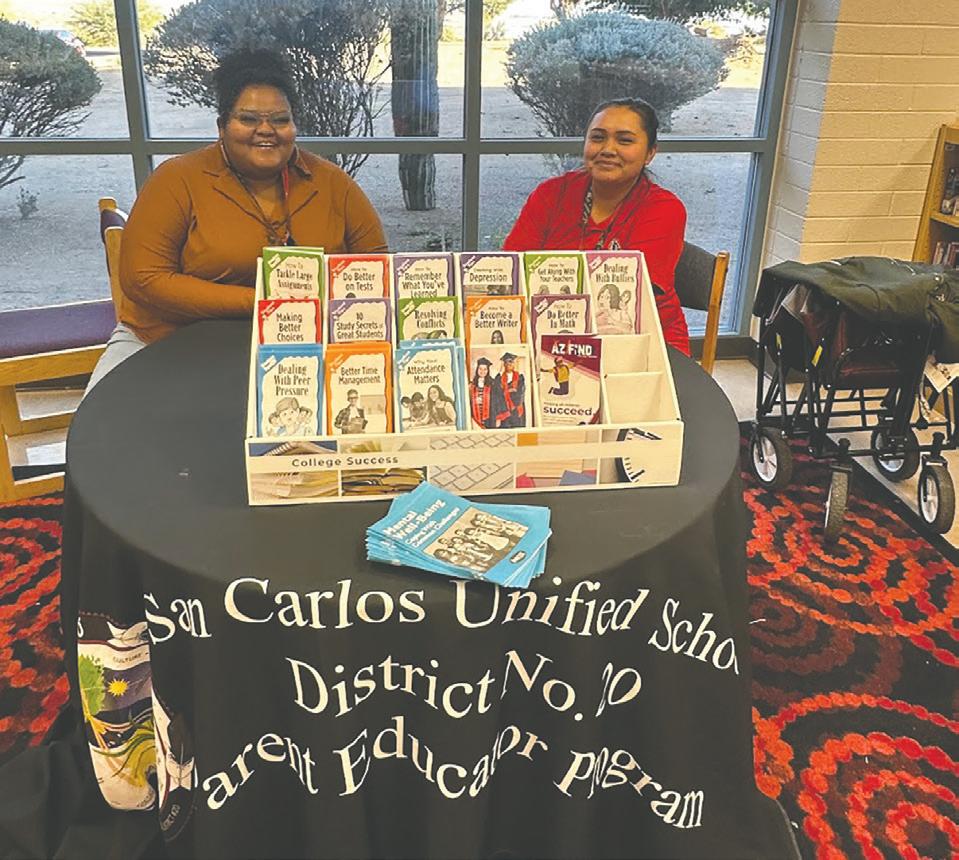
Volunteers share information about the San Carlos
School District’s Parent Education Program at the
2024 Shiłgozhóó Conference. Photo provided
does not always prioritize the needs of Native peoples.
“The process of learning and then teaching is in itself an example of Shiłgozhóó, as it connects Western academia to understanding the Apache people and what they believe is important for students to know and be able to do as they grow up,” Dennison says. “In formal education, tribal leaders, parents, and communities have seldom been asked that question. Rather, education for most Native tribes has been forced and used in a manner that historically hurt far too many.”
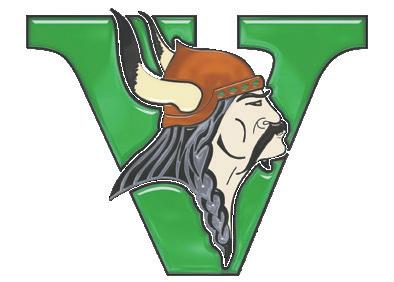
By Dr. Richard Ramos
Over the course of the 2024-25 school year, Miami Unified School District No. 40 launched five critical district-wide initiatives. With a primary focus on students, we recognize that children need to develop beyond test scores. To support each child’s academic progress, we put an emphasis on personalized learning, fostering a growth mindset, integrating innovative learning practices, engaging parents, and involving the business community. This article provides an overview of these essential elements and their role in creating effective learning environments to promote academic success for every child at MUSD.
This year, our team set goals for each subject, including math, writing, and reading. These goals are based on growth measures when comparing data from the previous school year. After establishing these goals, teachers worked diligently to support students throughout the 2024-25 school year. They focused on monitoring and measuring students’ progress over time. Quarterly benchmark tests were administered to provide teachers with data to analyze at various points in the year. The goal is to ensure students demonstrate growth from one data set to the next. Teachers collaborated to score many of these assessments, fostering ownership and developing a common vocabulary to support school-wide goals. Ms. Ellen Beydler shared, “There has been a year long push to support writing. Collaborative scoring and data analysis are ongoing to monitor student growth.” Our teachers understand that effective teaching strategies, supportive learning environments, and continuous assessments contribute to student academic growth.
To ensure that every student learns, regardless of their background or learning level, we focus on providing each child with the opportunity to reach their full potential. We believe that every child has the ability to grow and learn. As mentioned above, key elements of student academic progress include standardized test scores, classroom assessments, project-based learning evaluations, and social-emotional learning indicators. Teachers work diligently to differentiate and personalize instruction to support each child. Monitoring academic progress requires a data-driven approach to ensure continuous improvement. However, fostering academic growth involves more than just assessments and effective instructional strategies; it also requires a mindset that embraces challenges and perseverance.
At the start of the school year, every staff member received a copy of Carol Dweck’s research on growth mindset. We began a book study to transform our approach to teaching, learning, and supporting students. The book’s core concept emphasizes that talent and abilities are developed through effort, dedication, and hard work. To help students achieve at high levels, we must encourage them to view failures and challenges as opportunities for growth. Rather than dwelling on their shortcomings, students need to develop resilience and embrace setbacks as part of the learning process. Overcoming challenges is an essential step on the path to academic success.
Teachers play a crucial role in fostering a growth mindset. Supporting students in persevering through challenges is an essential part of the process. Additionally, teachers should praise students for their effort rather than their innate abilities. Mrs. JoAnn Steele explained, “Teachers relate many of the practices from the book study to praising students in their classroom. The consensus of teachers was to make sure the praise is authentic because students know when it is not meaningful.” We encourage educators to use constructive feedback to help students develop a positive attitude toward learning. It is vital to create an environment where students set goals, self-reflect, and
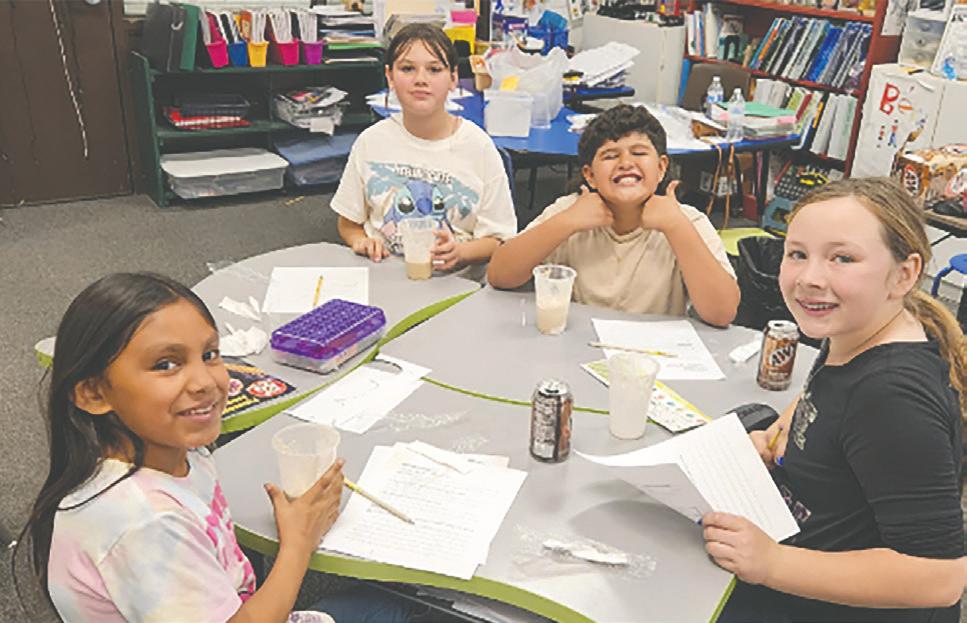
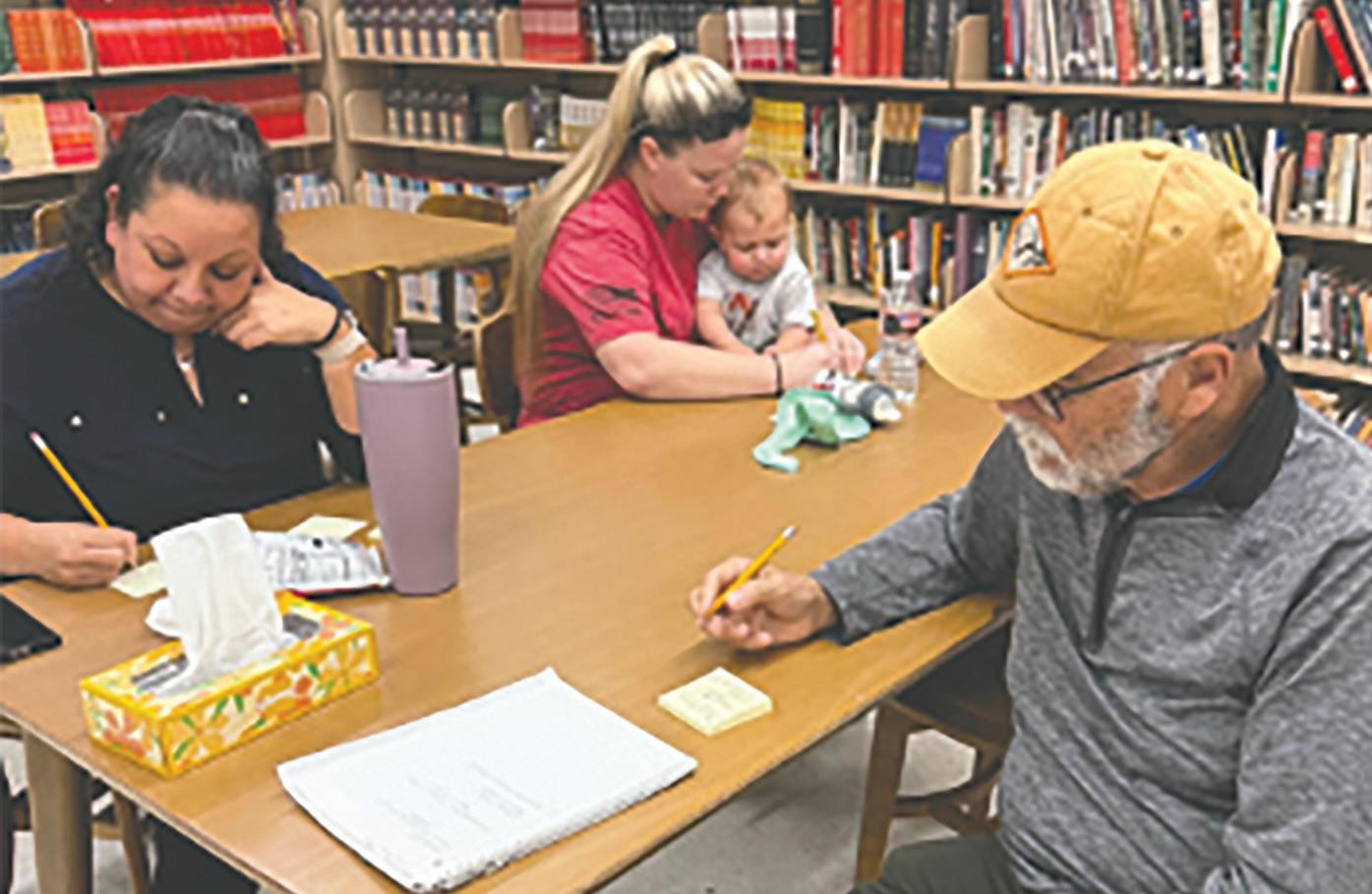
embrace mistakes as opportunities for growth. We want students to take risks in their learning, understanding that failure is sometimes a natural outcome. However, it is important for them to overcome setbacks and view them as part of the learning process. Schools that cultivate a growth-oriented environment thrive in continuous improvement by empowering students to take ownership of their learning journeys.
Innovation labs have made their way to MUSD, marking a shift away from traditional methods where rote learning and memorization are less effective. Instead, we are committed to providing students with opportunities to be creative, collaborate, and engage with the real world. Additionally, we want our students to think critically and develop problem-solving skills.
Our innovation labs are designed for students to work in groups, brainstorm ideas, and develop prototypes. There is also a strong emphasis on presentation. At MUSD, we expect students to share their projects with an audience, receive feedback, and refine their ideas.
As you know, educational technology has revolutionized the way we approach learning. Technology integration allows us to personalize instruction for each student. Digital devices enable our students to collaborate with peers worldwide, expanding their learning beyond the classroom. Additionally, we use programs like Edgenuity at the high school, which allows students to progress through the curriculum at their own pace.
Our focus has also shifted to project-based learning (PBL). Through PBL, students identify realworld challenges and develop innovative solutions. This method encourages critical thinking, effective communication, and problem-solving beyond the four walls of the classroom. Ms. Rebecca Marquez shared this experience, “Innovative learning is at the heart of my fourth-grade classroom. Collaboration is a key component, with students working in small groups to build teamwork skills and develop the capacity for project-based learning.” PBL fosters hands-on learning, helping students connect classroom knowledge to realworld applications.
Parent involvement is critical to ensuring students’ academic success. Research shows that students perform better when their parents are engaged in the school environment. Additionally, these students have higher self-esteem and demonstrate better social behavior overall. At MUSD, we have created various opportunities for parents to be involved, including family nights, parent-teacher conferences, parent advisory meetings, and ASU WeGrad workshops. According to Assistant Principal Amanda Shaffer, “Miami Schools have been strategic about increasing parental involvement in the academic journey of students. Our students deserve celebrations and extracurricular opportunities because they are the best and Miami is the best district in the Copper Corridor!”
Most recently, our parents participated in a SWOT analysis of our district during a parent advisory meeting. They worked collaboratively to identify the district’s Strengths, Weaknesses, Opportunities, and Threats. Parents provided open and honest feedback to ensure this information serves as a foundation for future improvements. The school district administration will use these insights to plan for the 2025-26 school year, helping MUSD enhance communication and collaboration. Parent engagement is essential to the success of each child and the continued growth of MUSD.
At MUSD, we place a strong emphasis on community partnerships, believing that education extends beyond the four walls of our classrooms. Part of our mission is to ensure students receive a quality education while also equipping them with essential life skills to overcome obstacles and prepare for success in a competitive global market. To achieve this, students must be made aware of local resources and stakeholders that can support their educational journey. According to Freshman Andrew Brown, “The business community has been great to students at Miami High School. They have shown that our partners are there for us, taking time out of their busy lives to hear about our school.” By collaborating with community organizations, we provide students with additional opportunities for growth and enrichment.
Last month, we hosted our Business Partner Café, where over eighty community partners participated. Our students facilitated the entire process, preparing food for the luncheon, presenting information on their involvement in Career and Technical Education, and leading table discussions with partners. At MUSD, building student agency is a top priority. Gathering feedback from our community is essential to refining our practices and equipping students with the skills they need to become productive members of society. Senior Devin Castilla indicated, “The business community has responded, they enjoy the cafés and show satisfaction because we are united and growing together.” Our efforts are dedicated to fostering students who are engaged and responsible community members.
In summary, it is easy to see the well-rounded experience we strive to provide for students at MUSD. Multiple factors contribute to promoting student academic growth, including a growth mindset, innovative learning practices, parent involvement, and community engagement—all of which are essential to advancing students’ academic progress. Building student agency and supporting them in reaching their full potential are at the core of our plan. Student Body President Nevaeh Figueroa added, “Giving us a chance to interact with community partners allows us to understand how adults think and interact. We have an opportunity to adapt our skills which is important because we are the future.” Every effort by teachers, parents, and community members plays an instrumental role in developing lifelong learners and responsible citizens.






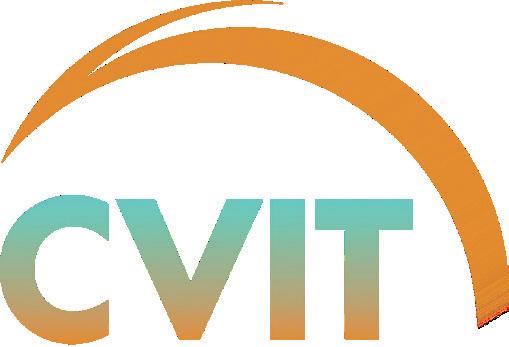
By Carissa Pool
At the Cobre Valley Institute of Technology (CVIT), students are rolling up their sleeves—literally—as they gain hands-on training in one of the most in-demand healthcare professions: phlebotomy. This program prepares high school students for immediate employment in clinics and hospitals. It also provides an entry point into broader healthcare careers through the option of continuing with CVIT’s Medical Assistant (MA) program.
For many students like Kay’cee Valencia, the experience is a stepping stone toward a lifelong passion. “I don’t just enjoy it, I love it,” shared Valencia, who completed CVIT’s phlebotomy program last year. “It’s become a passion of mine, and I quite enjoy my job.”
Now employed as a phlebotomist at Cobre Valley Regional Medical Center, Valencia appreciates how the program’s impact extended beyond just skills training. It was the sense of community and support that made the experience memorable. “My fellow classmates were always nice; we helped each other study and complete assignments,” she said. “The instructors were really helpful and put in a lot of effort to teach us. I felt really prepared for my job at the hospital.”
Originally part of CVIT’s two-year Medical Assistant program, the phlebotomy course was temporarily separated during the 2024-2025 school year due to the transition between Eastern Arizona College (EAC) and the soon-to-launch partnership with Gila Community College. Because students enrolled this year wouldn’t be able to complete a full two-year program under the same accrediting body, CVIT adapted by offering phlebotomy as a standalone one-year certification track.
“We didn’t want students to miss out on opportunities,” explained Aja DeZeeuw, Central Campus Counselor at CVIT. “So we split the Medical Assistant program, allowing students to complete the phlebotomy portion now and return to finish the MA portion next year.”
This flexibility has created new opportunities for students, whether they choose to pursue both credentials or stick to phlebotomy alone. The structure is expected to continue moving forward—with a two-year track for those seeking both certifications and a one-year option for students only interested in phlebotomy.
One of the most compelling aspects of CVIT’s phlebotomy program is its emphasis on real-world practice. Students are required to complete at least 50 successful venipunctures—actual blood draws from live volunteers—as part of the national certification requirement through American Medical Technologies (AMT).
To meet this standard, CVIT opens its lab to the public every Thursday from 1:30 to 3:30 p.m., inviting community members to participate.
“We always welcome our community to come and volunteer to help our students achieve the goal they need to pass the class,” said Megan Martinez, the program’s lead instructor. “Without volunteers, they will not be able to reach that goal.”
In addition to phlebotomy techniques, students complete a full 16-credit program that includes coursework in medical terminology, basic healthcare principles, dosage calculations, first aid, CPR, and an allied health science class focused on anatomy. These foundational classes give students a broad understanding of the healthcare field, helping them become well-rounded professionals.
“There’s a growing demand for entry-level healthcare workers,” Martinez added. “Phlebotomy is one of those areas that will always be needed. Many of our students go on to work as phlebotomists or continue their education.
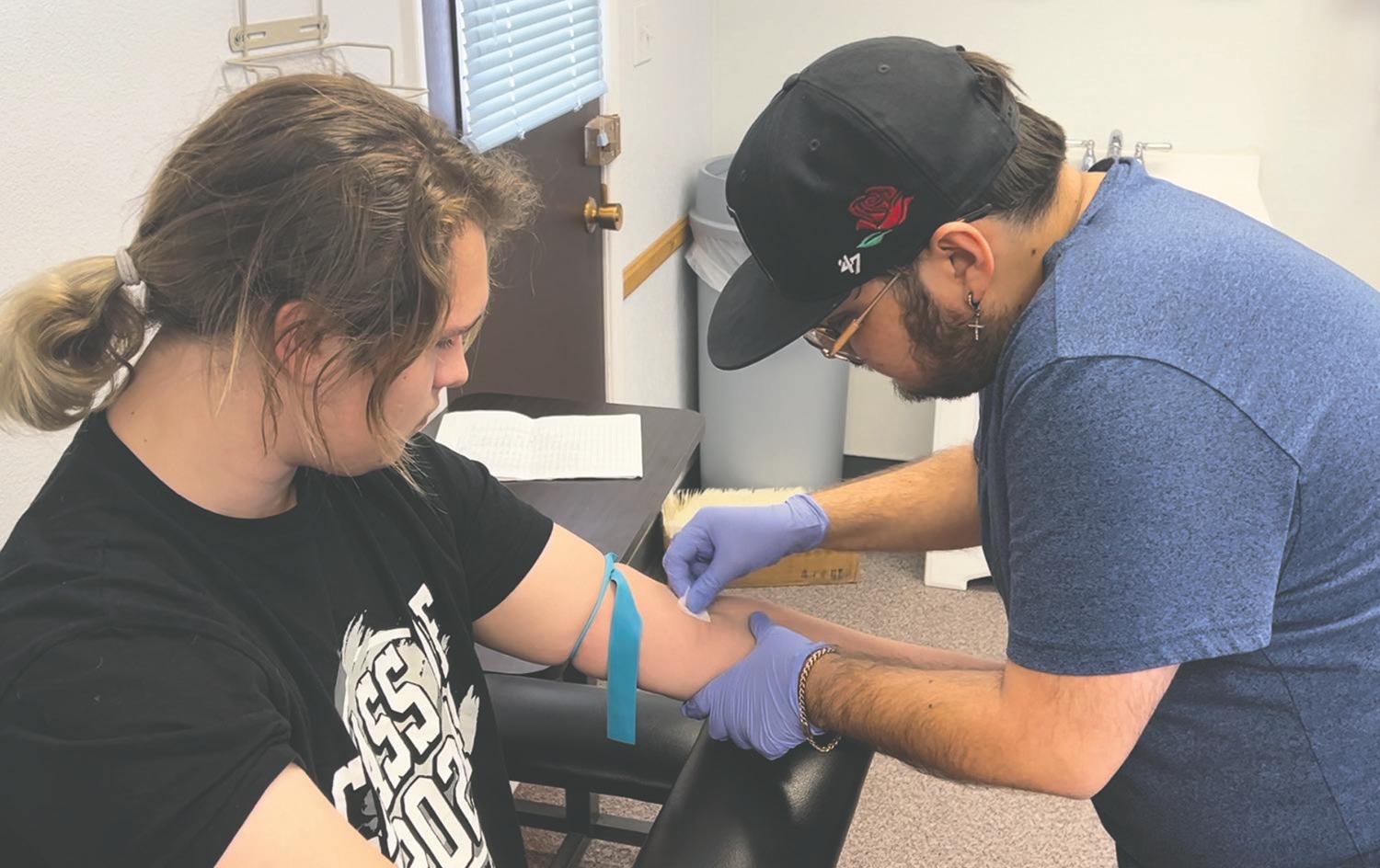
I even recommend this course to future nursing students— it gives them an edge when they begin clinicals and need to start IVs.”
CVIT’s phlebotomy program has also begun making waves in statewide competitions. Aurora Christianson, a current student from Miami High School, recently became the first CVIT student to qualify for the HOSA state competition in the phlebotomy skills event. She placed 9th in a highly competitive field that included schools from Tucson and Phoenix. “This is a big deal,” DeZeeuw said. “We’re competing with large, well-resourced schools, and our students are proving that they’re just as capable—if not more so.”
In addition, a post-secondary CVIT student, Kaylie Caldera, placed 2nd in the same event, further solidifying the program’s reputation for excellence.
Currently, the phlebotomy program has 30 students enrolled—12 of whom are returning students. Six students previously completed CVIT’s Nursing Assistant (NA) program and returned this year specifically for the phlebotomy portion. The program remains under EAC until July 2025, when Gila Community College will take over.
Applications for the 2025-2026 school year are now open, and CVIT is actively encouraging students from across the region to explore this opportunity. Whether they plan to enter the workforce immediately, or plan to continue their education, students leave the program with a Registered Phlebotomy Technician (RPTech) certification, issued by AMT, making them eligible for employment in hospitals, clinics, labs, and other healthcare settings.
“This program helps students develop not only technical skills but also communication and engagement,” Martinez said. “They learn how to interact with patients, which is essential for anyone entering the healthcare field.”
It’s also a program that relies on the community to succeed. From volunteers helping students meet certification goals to healthcare professionals mentoring and hiring graduates, the ripple effects of CVIT’s phlebotomy program are being felt throughout the community.
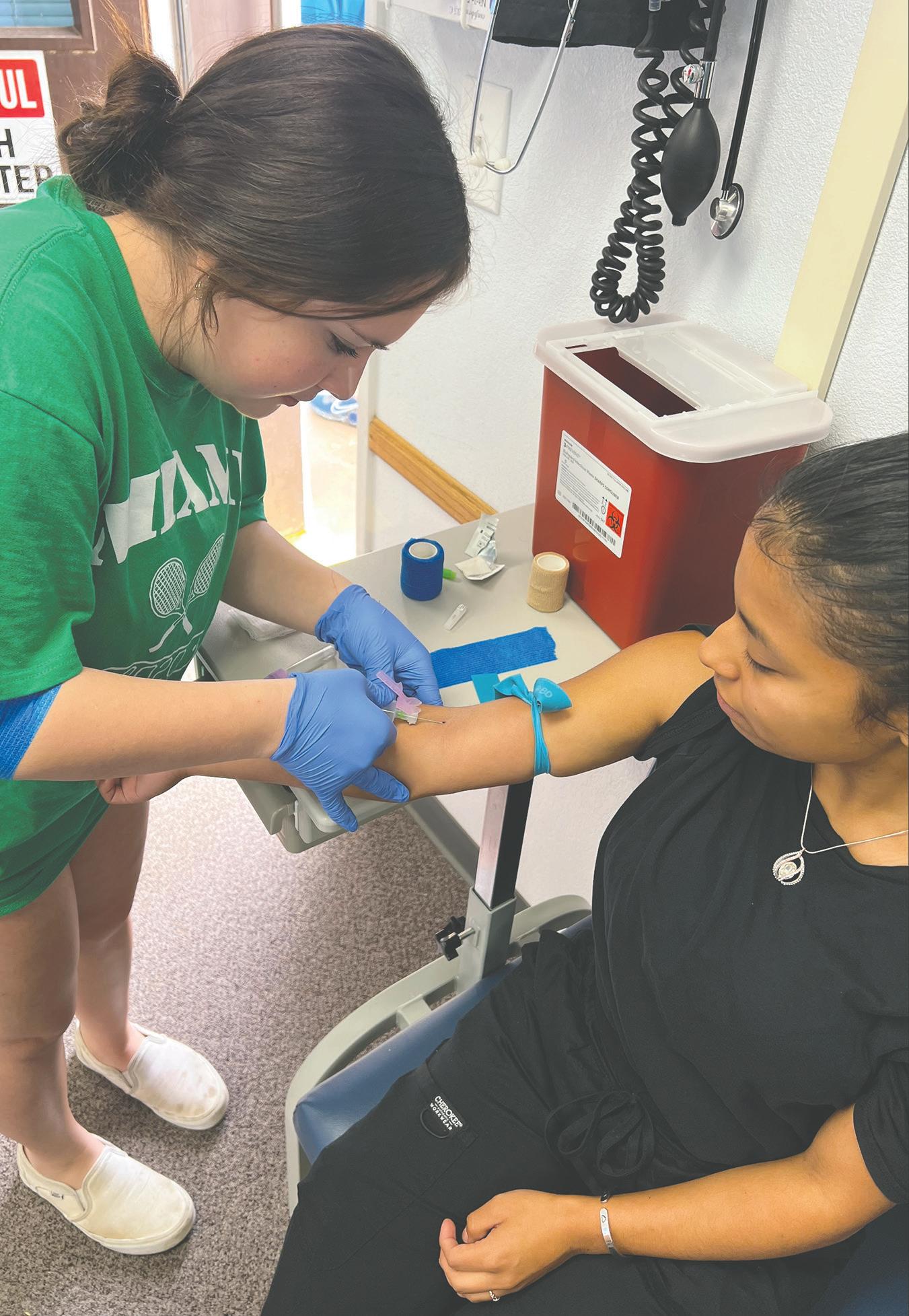
“CVIT’s mission is to provide meaningful, careeroriented education that meets real-world needs,” said DeZeeuw. “This program does exactly that. We’re not just training students—we’re preparing them to serve their community.”
If your high school student is interested in applying for a medical program at CVIT, or if you’d like to volunteer in the phlebotomy lab, contact Aja DeZeeuw at 480-204-0325.





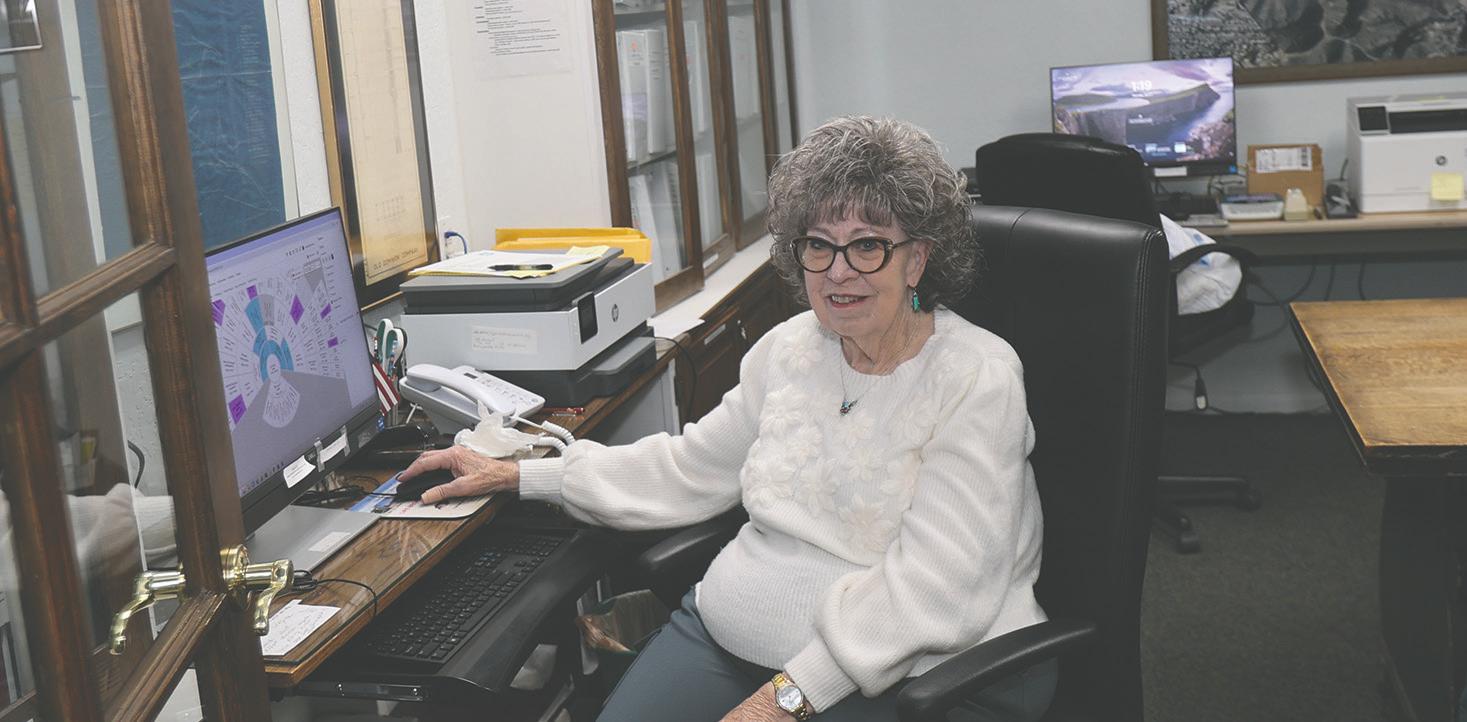
“Anyone in the world can join the search and it’s free to them,” says Elaine Lewis, a Globe native and FamilySearch volunteer.
“Genealogy is about the facts – births, deaths,” says Lynne. “I want to find the “dash” — the life stories,” says Lynne.
Her personal history is rich and her research into family history is rewarding. Lynne’s 8th great grandfather is William Bradford, of the English Puritan Separatists, commonly known as the Pilgrims. He was Governor of Plymouth Colony and a signer of the Mayflower Compact.
On her mother’s side, her greatgrandfather is Ebenezer Bryce. He was a shipbuilding apprentice when he left home in Scotland at age 17. He founded Bryce Canyon and the church in Pine Valley – the oldest Mormon chapel continuously in use.
“He was the only one with a construction ability,” says Lynne, “so he built a ship and turned it upside down to create the rafters of the church.”
Her family research has resulted in five generations of photos, newspaper stories about her grandmother’s death in a train-car wreck, and an oral interview of her greatgrandmother, Hannah Jane Oliver, recorded in 1970.
Lynne was left in the room with a tape player and a box of Kleenex. She listened to tales of adventure and disaster, and a bridge in the White Mountains, beneath which Hannah hid and heard the cavalry crossing.
“Brings them alive for me,” says Lynne. “I cried and I laughed.”
The Genealogical Society of Utah (GSU) was founded in 1894 to help church members identify ancestors. In 1938, they began microfilming human records from around the world.
“I’ve always been interested in family history,” says Lynne Perry, “and family history has always been important to the Church.”
In 1963, they built the Granite Mountain Records Vault in Utah, a storage facility built 600 feet into a block of granite in Little Cottonwood Canyon, just north of Salt Lake City.
“It has the right temperature, humidity
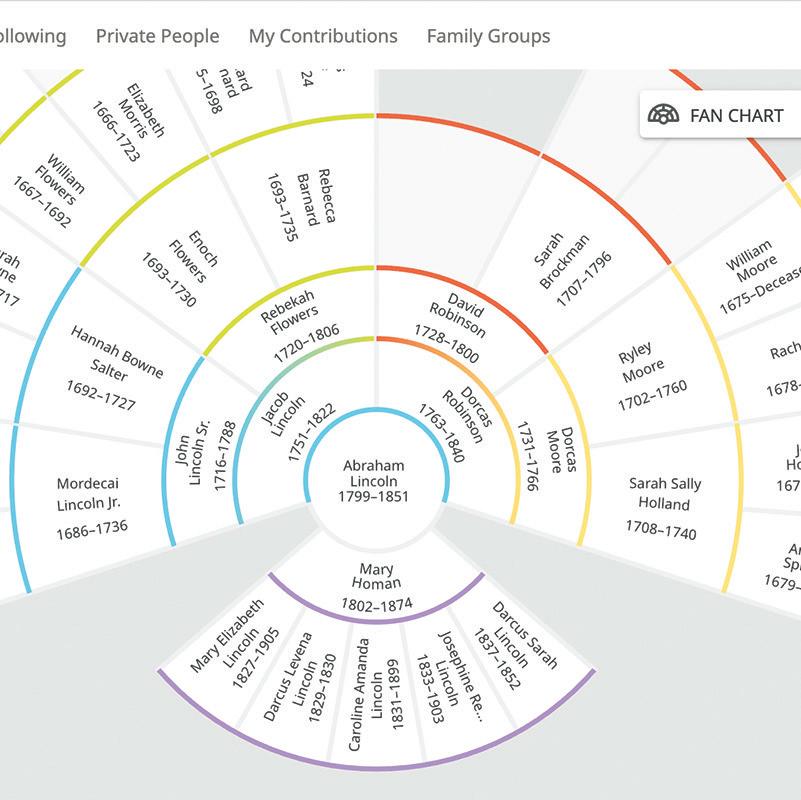
and it’s just a big tunnel vault in the side of the mountains,” says Lynne. “Rows and rows of microfilm and paper records.”
FamilySearch evolved from this effort and launched its public website in May, 1999. FamilySearch.org, a free online resource, is available to anyone interested in public records or their family tree.
More than 30 languages are supported. Languages added in the past year include Arabic, Farsi, Swahili, Georgian, Guarani (a language spoken by a South American Indian group that lives primarily in Paraguay) and Greek.
Family trees can be viewed in landscape,portrait or fan chart, with colorcoding by birth place, family line, sources, stories, photos, research help, and data problems (eg. mother born after the child.)
Individuals can upload personal stories, photos and voice recordings. A billion digital images were added last year for a total of 5.6 billion. The collection is the result of agreements with libraries, churches, and archives from more than 100 countries.
In 2005, FamilySearch volunteers began indexing the documents. This enhanced the efficiency of the search exponentially. In 2013 they switched from microfilm to digital and in 2013, entered into a long-term strategic agreement with Ancestry.com to share records online.
In 2017, two FamilySearch missionaries digitized all the Silver Belt newspapers and stored them in Granite Mountain. Two years later, Wigwam yearbooks (through 2015) were added.
The explosive growth of content and users can cause mistakes. Duplicate entries, unsourced information, even “premature”
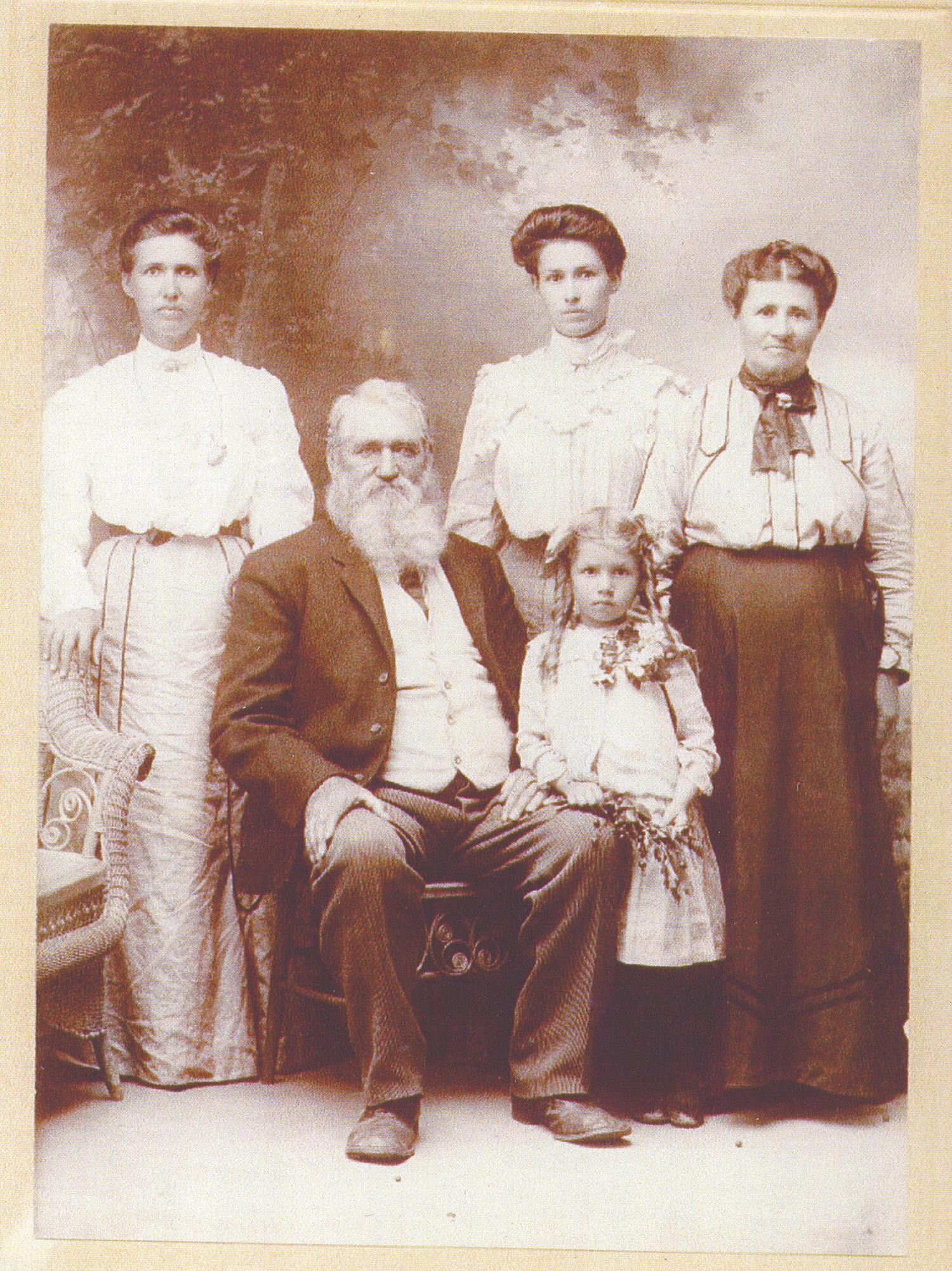
deaths, as Elaine Lewis discovered when she went to enter her uncle’s passing last year. Patronymic and patriarchal naming, common in many cultures, can challenge search. Elaine’s family has a lot of common names, like Davis and Lewis.
“Everyone of them is Thomas Lewis,” she says, “You have to look at what parish they came from.”
Elaine, along with a younger sister, followed her mother’s footsteps into genealogy and has been in and out of Family Search for 46 years. Mostly in. She volunteers every Friday 10-12 at the Family History Center. She often comes in a little early, to work on her own stuff. She has explored rundown rural cemeteries, met people with stories about her ancestors, and discovered an unknown branch of the family in a letter that fell out of a family bible.
Elaine was born in a rental on East Street and ended up on Skyline. Her mother’s uncle got her father a job at the mines and they came to Globe by bus from Clovis, New Mexico, right after WWII. Employees were bussed to the mine at the time. She remembers the family picnic they held at the mill.
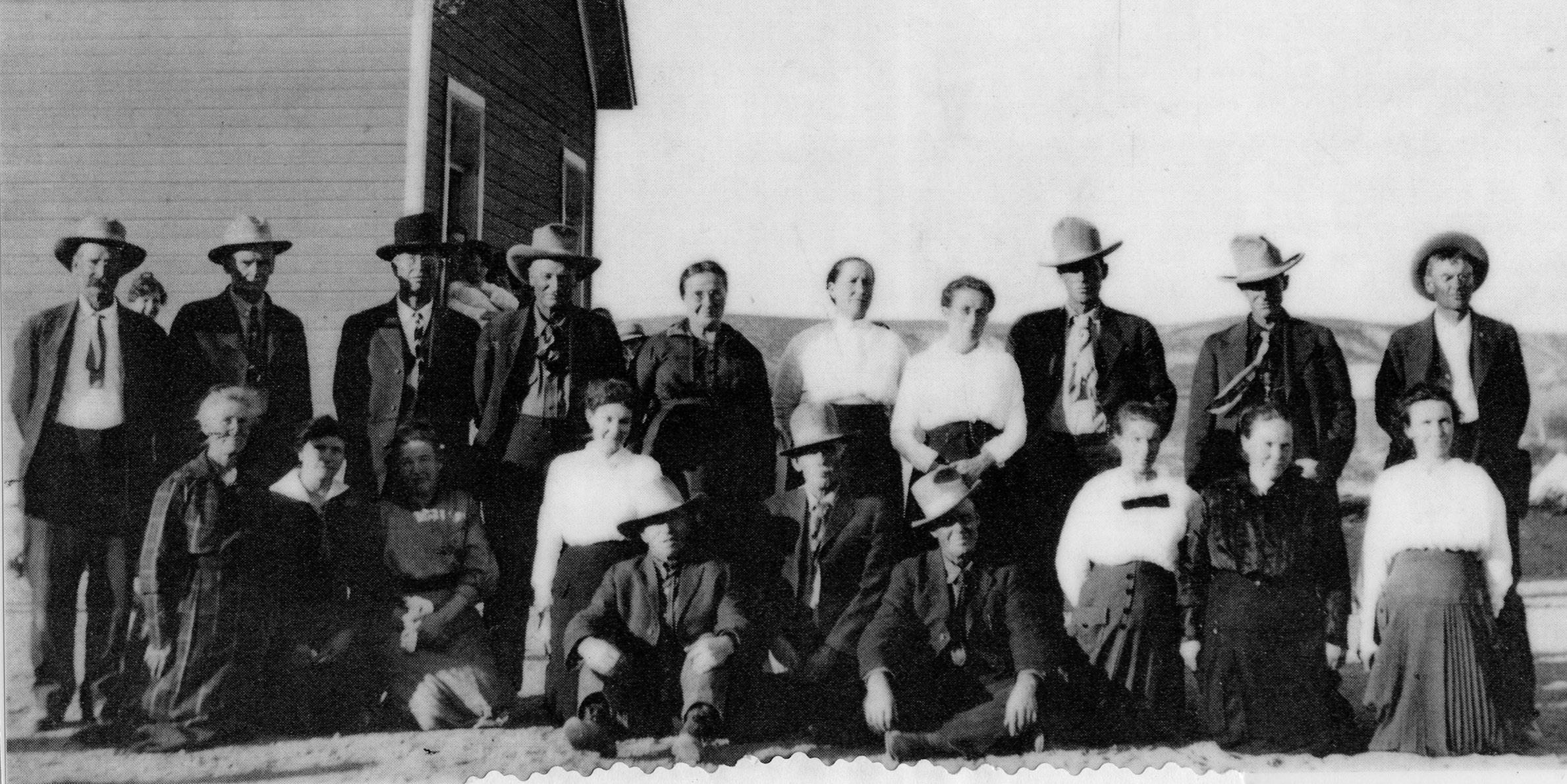
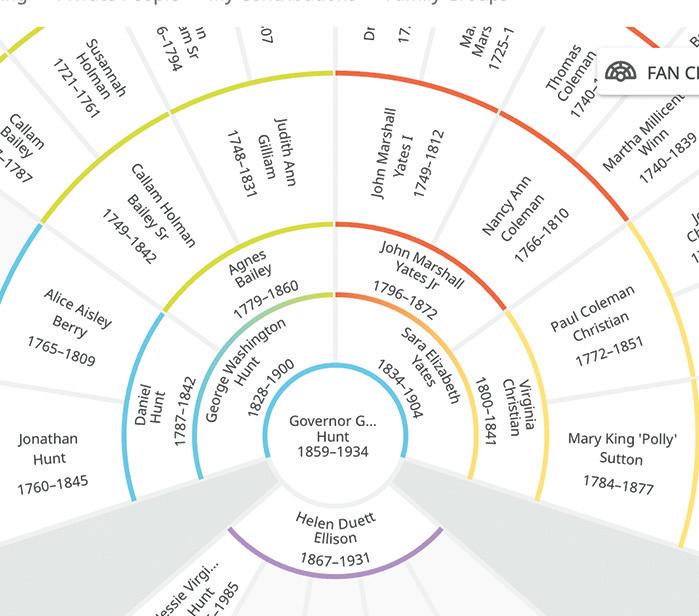
Ownership of Inspiration mine changed hands five times in 42 years, but her brother, husband, father-in-law, two sons and one grandkid all worked at the same place. To record this rich vein of their family history, she created storybooks about working in an open pit mine, and one about the smelter, to tell her great grandkids what their great granddad did.
Elaine also recorded her father’s voice and can pull up 5-minute segments of him talking about his cars, about how he and her mom got married. (They got 13 tablecloths as wedding gifts!)
In addition to her service at FamilySearch Center, Elaine volunteers at the Gila County Historical Museum at 1330 N Broad St, Globe. She got involved four years ago when Lynne Perry needed help clipping obituaries from local papers (1898 - 2025) and putting them in notebooks, available to the public Many people, she says, come to the Gila County Historical Museum to find out about their families.
“They get information about when people died, where they are buried and where they lived, from old city directories,” says Elaine. They can also learn about local ancestors by searching old Silver Belt editions.
“Up until a month ago, you would need to read the newspapers to find the information,“ says Lynne.
Today, with an experimental AI feature, you can find someone easily if a Silver Belt newspaper article mentions their name. A birth announcement, Eagle Scout award, a mission to Montana. Maybe something more to learn about the story.
“The 1920s gave a lot of detail about things,” says Elaine. “A lot more than they do today.”






CORRINE “CORKY” M. BAROLDY, October 25, 1929 – March 31, 2025, age 95, passed away. Corky was born in Miami. (BM)
GUILLERMO “BILLY” ROMERO, November 17, 1942 – March 27, 2025, age 82, passed away. Guillermo served in the Army as a paratrooper in the 101st Airborne and then worked as a metallurgist at Kennecott/Asarco for 40 years. He also coached Little League and served as the treasurer for the Mammoth Fire Department and president of the San Pedro Valley Lions Club. (BM)
KAZUKO MCWILLIAMS, January 6, 1929 – March 26, 2025, age 96, passed away. (BM)
KATHLEEN MARIE CAMPBELL, December 4, 1954 –March 25, 2025, age 70, of Globe, passed away at her home. (LM)
RANDOLPH LEE STEELE, October 18, 1976 – March 24, 2025, age 48, of Peridot, passed away. (LM)
ETHELREDA KAYSON GEORGE, February 25, 1958 – March 23, 2025, age 67, of Peridot, passed away. (LM)
GUADALUPE RIVERA GALLEGOS, November 25, 1936 – March 21, 2025, age 88, of Gilbert, passed away. Guadalupe worked in various jobs, retiring from the Kennecott Copper Mines. She was born in Hayden. (BM)
DEBBIE THEON, July 25, 1962 – March 21, 2025, age 62, passed away. (BM)
SUSAN CARLENE HULBERT, March 30, 1963 –March 20, 2025, age 61, passed away in Globe. She was born in Phoenix. (BM)
TERAZITA LONGKNIFE, December 28, 1963 – March 16, 2025, age 61, of Chandler, passed away. Terrie served in the US Navy from 1985 to 1993 and then worked at Apache Gold Casino and San Carlos Apache Tribal Telecommunications in purchasing. She was born in San Carlos. (LM)
SALLY VELASQUEZ, September 15, 1937 – March 15, 2025, age 87, passed away. Sally lived in Superior most of her life, and worked as a server and cook at Los Hermanos. (BM)
AGNES RIOS PAUL, September 30, 1937 – March 15, 2025, age 87, of Central Heights, passed away in Globe. Agnes worked with her friend Dr. Charles A. Bejarano for decades, initially as a medical assistant and later as an insurance clerk. She was originally from Mogollon, New Mexico. (LM)
DAWN E. COPELAND-YATES, August 24, 1949 –March 15, 2025, age 75, passed away in Globe. Dawn worked at Safeway for 24 years, retiring in 2019. She was originally from Preston, Minnesota. (BM)
LEON DELSON MCAFOOSE, May 7, 1937 – March 13, 2025, age 87, of Globe, passed away. He worked for many years as an X-ray technician at local hospitals, including the Indian Health Services Hospital at San Carlos. He was originally from Adrian, Pennsylvania. (LM)
CYNTHIA MARTINEZ, May 14, 1953 – March 13, 2025, age 71, passed away. (BM)
JERRY LOGAN, August 5, 1970 – March 13, 2025, age 54, passed away. (LM)
JOYCE O. SHIGLEY, September 28, 1941 – March 12, 2025, age 83, of Miami, passed away. She was originally from Arkansas. (LM)
JOSEPHINE JOHNSON, February 24, 1945 – March 12, 2025, age 80, passed away. (LM)
THOMAS BARELA AGUIRRE, May 11, 1949 – March 11, 2025, age 75, of Globe, passed away. Tom was an educator who served as Globe High School’s head varsity coach of football, basketball, baseball, track, and golf at various times. He was inducted into the Globe Hall of Fame in 2012. (LM)
WESLEY CHARLES KINNARD, May 26, 1969 –March 11, 2025, age 55, of Claypool, passed away. He worked at Costco for nearly 24 years as a maintenance employee. (LM)
RAYNELL CHRISTINE FALQUEZ, April 3, 1977 –March 11, 2025, age 47, of Miami, passed away after a courageous battle with cancer. Raynell was a server at various restaurants in town as well as being an EMS for three years. (LM)
DOROTHY ELLEN RAY, September 2, 1934 – March 10, 2025, age 90, of Globe, passed away. She worked in healthcare and as a caregiver, starting as a nurse’s aide at the old Gila General Hospital. She also worked at Inspiration Copper Mine for nine years. She was originally from Fresno, California. (LM)
JOYCE “SISSY” JANELL WHEELER, January 7, 1946 – March 8, 2025, age 79, of Globe, passed away. She worked for 30 years at Globe Safeway and later as a special education aide at Globe High School. (LM)
BILLIE ORR LOCKWOOD, February 27, 1947 – March 7, 2025, age 78, of San Carlos, passed away at Heritage Health Care in Globe. (LM)
HENRY ALVIN REESE, November 14, 1931 – March 5, 2025, age 93, of Globe, passed away. Hank served in the US Air Force from 1948 to 1969, retiring as a Senior Master Sergeant, and then worked at Wells Fargo as a programmer and systems analyst. (LM)
FLORENCE SUE BELL, December 4, 1936 – March 5, 2025, age 88, of San Carlos, passed away at CVRMC. (LM)
JUAN ROMERO, February 10, 1944 – March 4, 2025, age 81, of Globe, passed away. Juan worked for many years at Magma Copper Mine #9 and in manufacturing at Intusis, as well as at the Save Money Market. He was born in Superior. (BM)
BENJAMIN PATRICK GOMEZ, March 14, 1971 –March 4, 2025, age 54, of Tucson, passed away at his home. He was born in Kearny. (BM)
MILTON GERHART CLARK, August 2, 1931 – March 1, 2025, age 93, of Mesa, passed away. (LM)
GLENDA MARIE ALEXANDER, June 14, 1938 –March 1, 2025, age 86, of Mesa, passed away. Glenda taught drama and English for many years at Globe Jr. High and Globe High School, and later at University of Arizona extension. (LM)
MARIO TONY DECLAY, December 12, 1972 – March 1, 2025, age 52, of Whiteriver, passed away at Haven Healthcare in Globe. (LM)
(LM= Lamont Mortuary, BM=Bulman Miles Funeral Home)
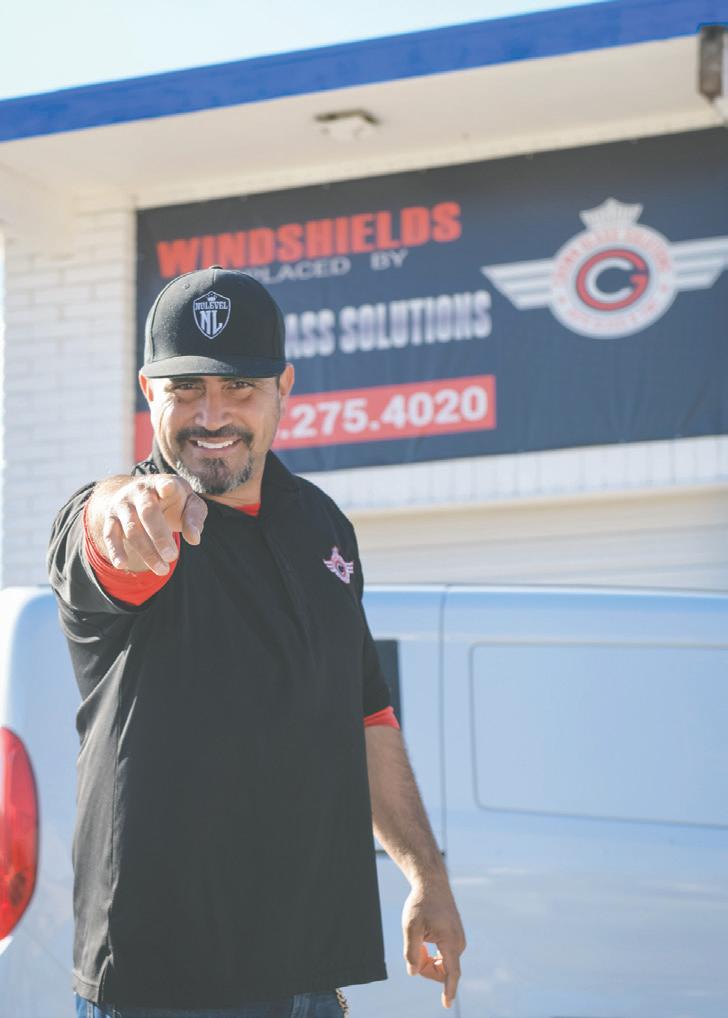
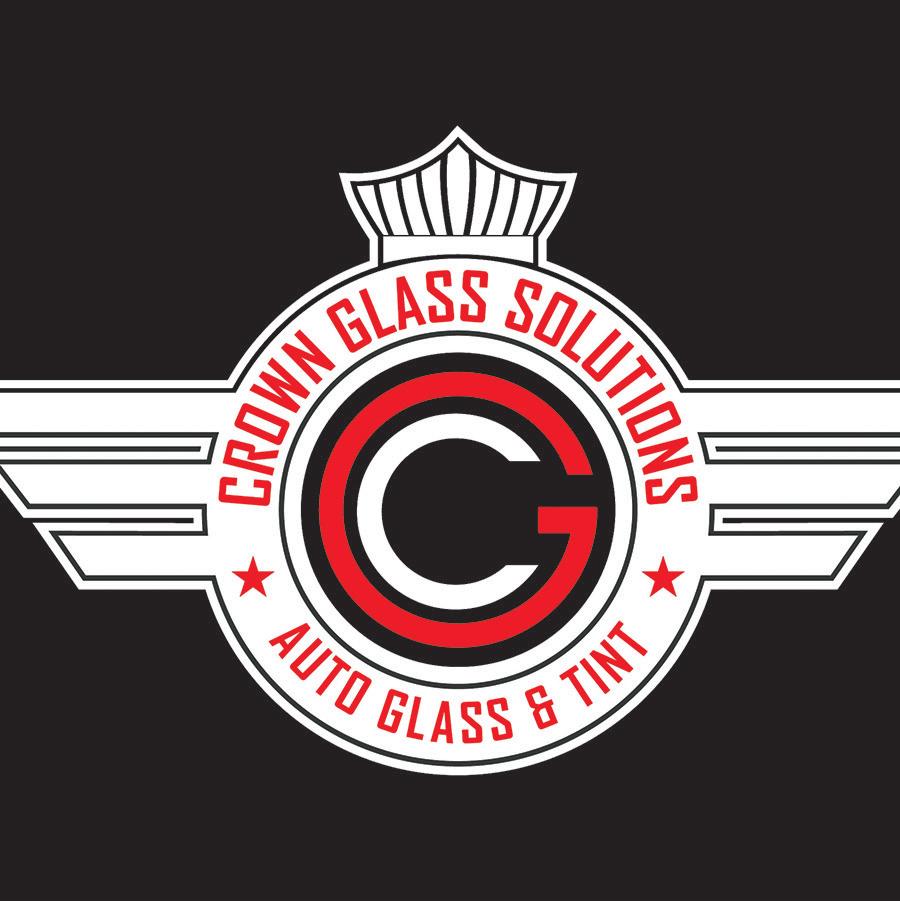

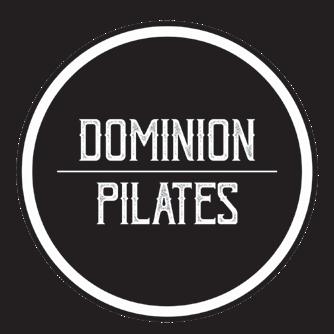
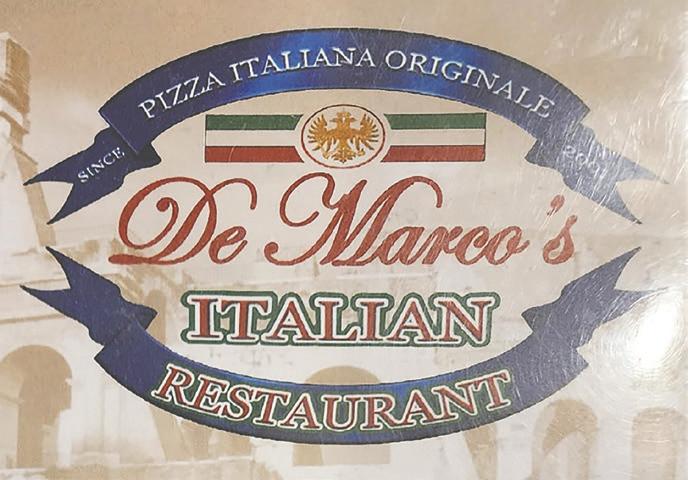

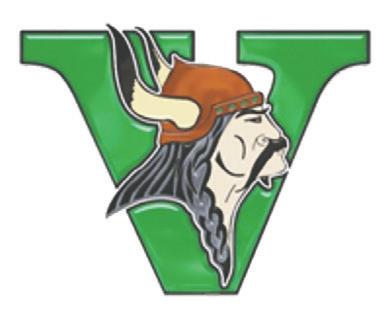

It is only accessible by one Forest Service road off Highway 60 before the highway descends into the Salt River Canyon and White Mountain Apache Reservation.
More than 160 asbestos mines operated in Central Arizona between 1913 and the early 1980s, with the state’s greatest asbestos deposits located in this Salt River region of Gila County. The region is said to have produced a minimum of 75,000 tons of asbestos before the closure of the last asbestos mines in Arizona, after scientific studies began to show a connection between asbestos fibers and lung damage.
Since its abrupt closure in 1945, the city of Chrysotile has been, for the most part, untouched. Isolated by surrounding forest, the area has since been owned privately by a handful of owners who mostly just wanted to keep Chrysotile a secret and be left alone, explains the city’s current majority owner Andrew Colburn.
“It was shut down in 1945, and it’s been locked away from the world for 80 years,” he says. “Almost no one alive has been able to come in and actually see what’s here.”
Colburn, who is also co-owner of Arizona Off-Road Adventures, a family business offering guided off-road tours, has a different plan in mind.
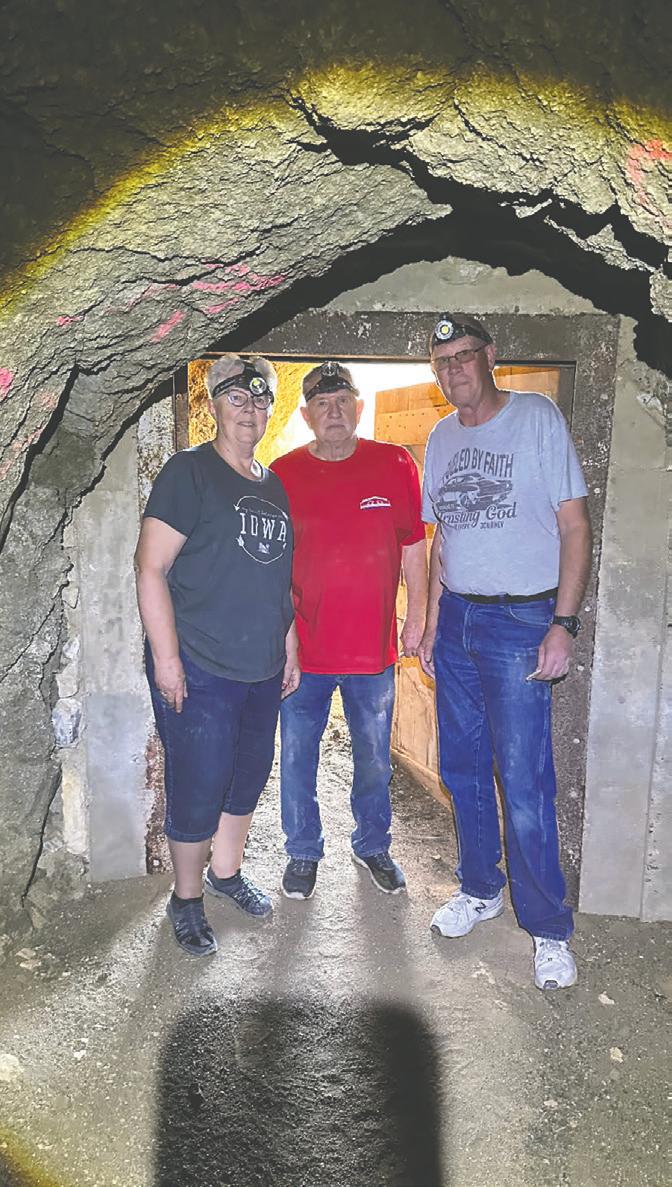
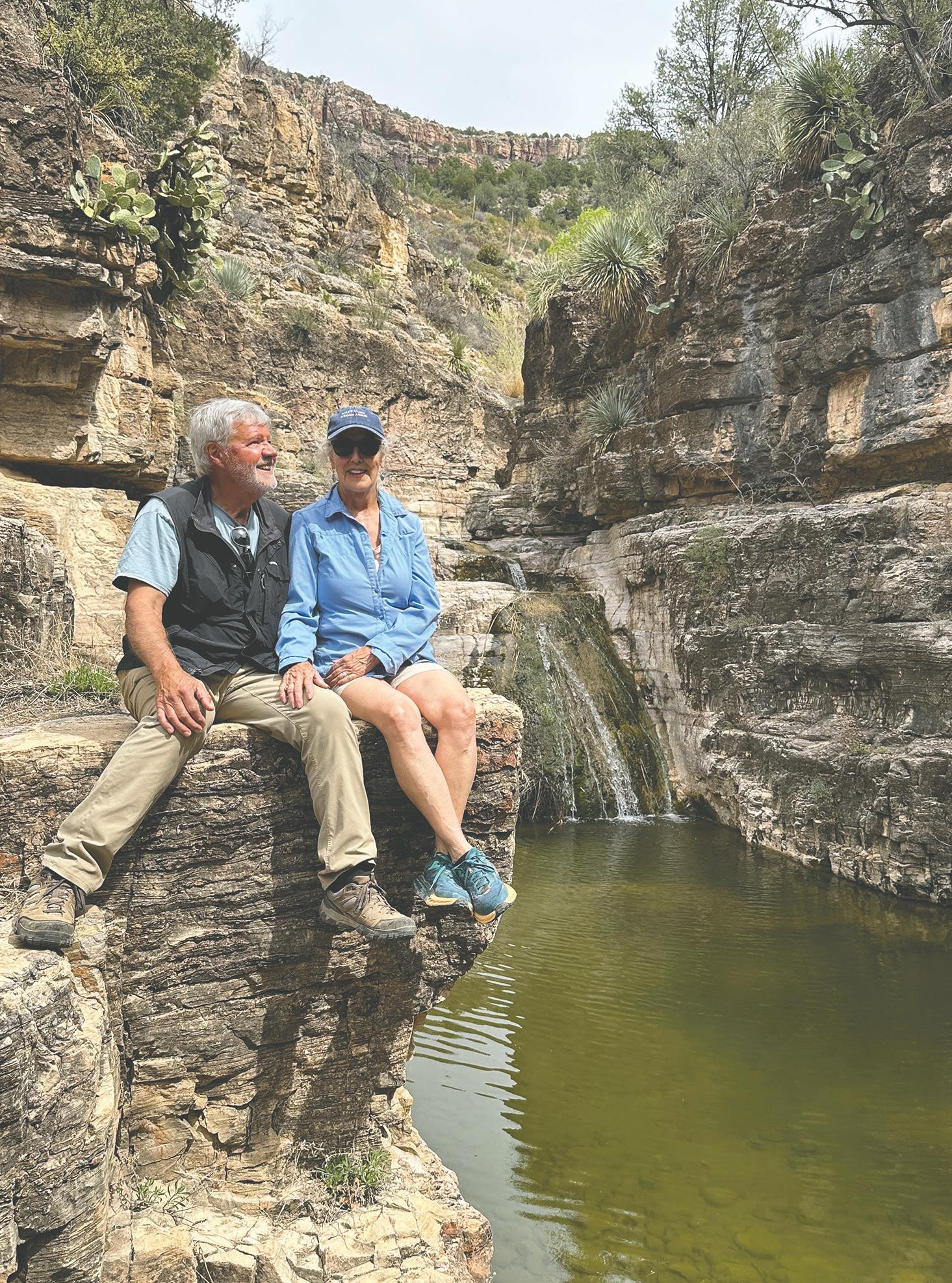
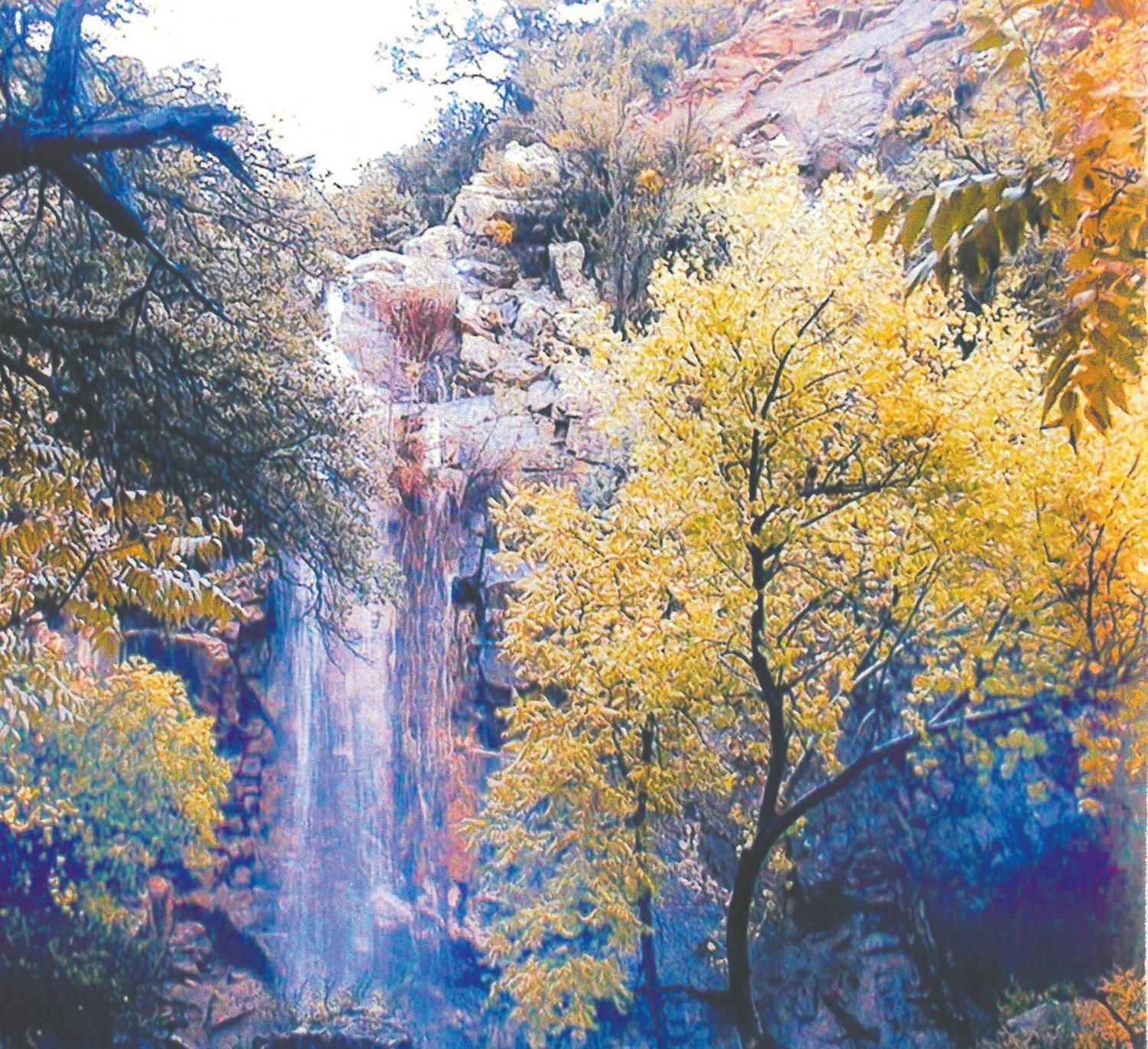
“I think it’s one of the most beautiful places, if not the most beautiful place, I’ve ever been,” he says. “It is on par with any of the natural wonders that we have in Arizona… and I really want to share it with other people.”
Colburn purchased a small ten-acre parcel in the abandoned city in 2020, and fell in love with the area enough that last November, he purchased the majority of Chrysotile from the former owner.
Around that same time, he and his fellow Arizona Off-Road Adventure guides began offering the off-road tour “Lost City of Chrysotile,” a three-hour guided tour providing adventurous spirits a chance to see the abandoned city, mine operations, and surrounding region known as Ash Creek Canyon.
Chrysotile’s underground mining operations began in 1914. The city produced as much as 450 tons of chrysotile a month, Colburn says, and during its boom years, the mined chrysotile was sold as a concrete additive for the production of Hoover Dam. It was also sold to the federal government during World War II for ship building and wire insulation, up until the mines’ closure in 1945.
“There is a newspaper article that says in 1943, gross receipts for the mine was 83 million dollars,” Colburn notes. “That’s a lot of money today, but especially a lot of money back then.”
H.W. Johns B Manville Corporation, which came to own the operation, employed more than 150 miners in
Chrysotile during its operation. The city itself had as many as 250 people, including as many as 30 students in its school, according to Colburn.
“The city that was here played a pivotal part in building Gila County, and it also contributed a lot to the development of Globe,” he shares.
“When [the city] was shut down… the residents were given two hours notice to leave, so many of the belongings and artifacts that were here were just set down and are still here, so you can actually see many of the things that the people living here actually used,” he adds.
“It is truly a time capsule of Gila County and the early 1900s.”
The tour starts with a five-mile descent down the dirt road into Ash Creek Canyon. Once in Chrysotile, the tour includes stops at the miners’ orchard and farm, and old abandoned buildings of the city, like the managers’ houses, the company store, power house, jailhouse, post office, and motel.
Supposedly, the city used to have even more buildings, but when the mine was shut down, John Manville, the mine owner, had an auction and sold off most of the large equipment. Afterward, they demolished the majority of the wooden structures.
“I was told the reason why they did that is because they wanted to minimize the property value to decrease their property taxes,” Colburn says. “The only buildings they left standing were the stone ones because they were the best.”
The stone buildings were built by stonemasons who worked on the Roosevelt Dam before coming to Chrysotile.
During the tour, patrons are taken to the top of El Dorado Mine – the largest of the city’s three name-mines – to see mine
MINES, Continued on page 19
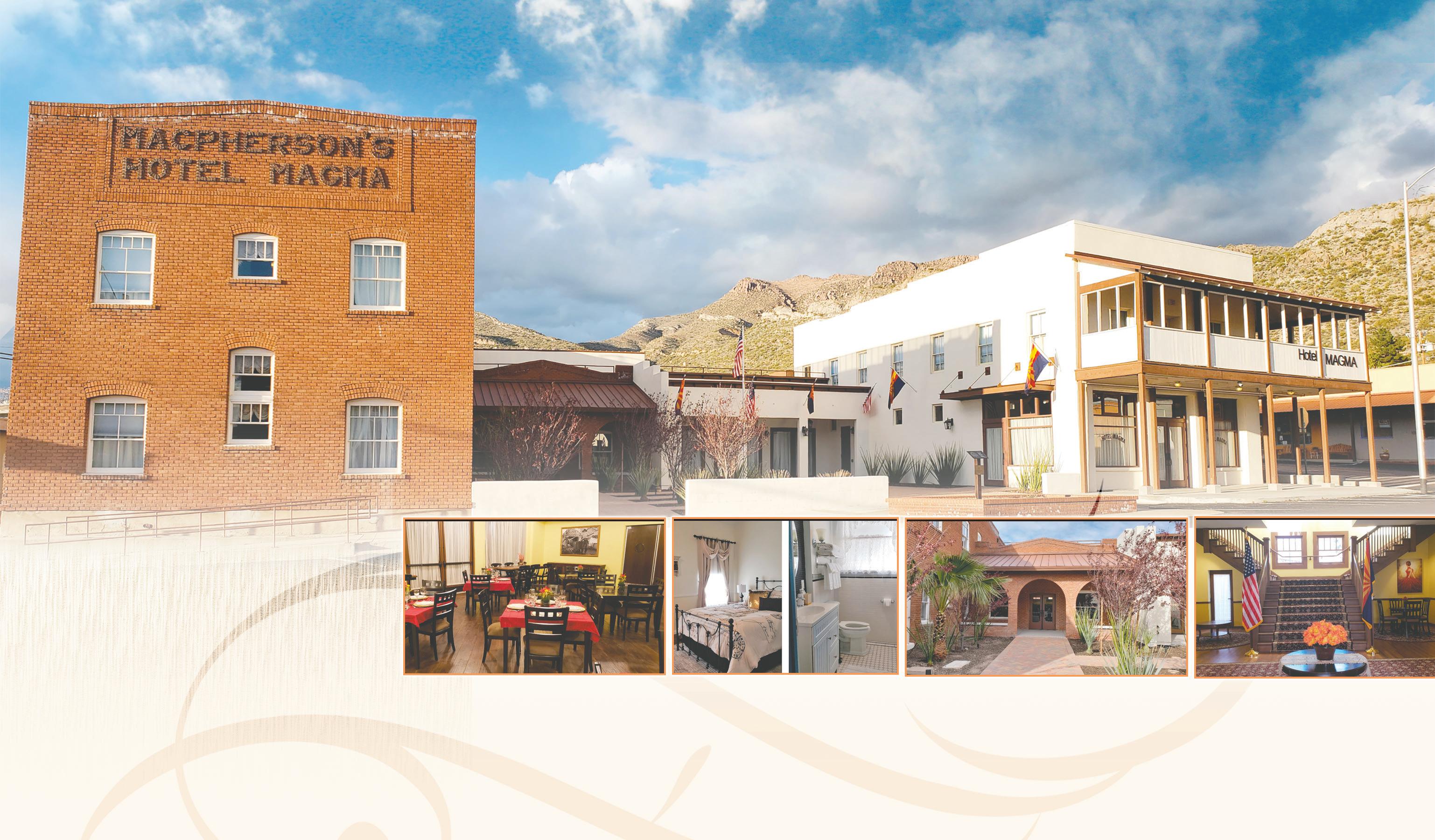






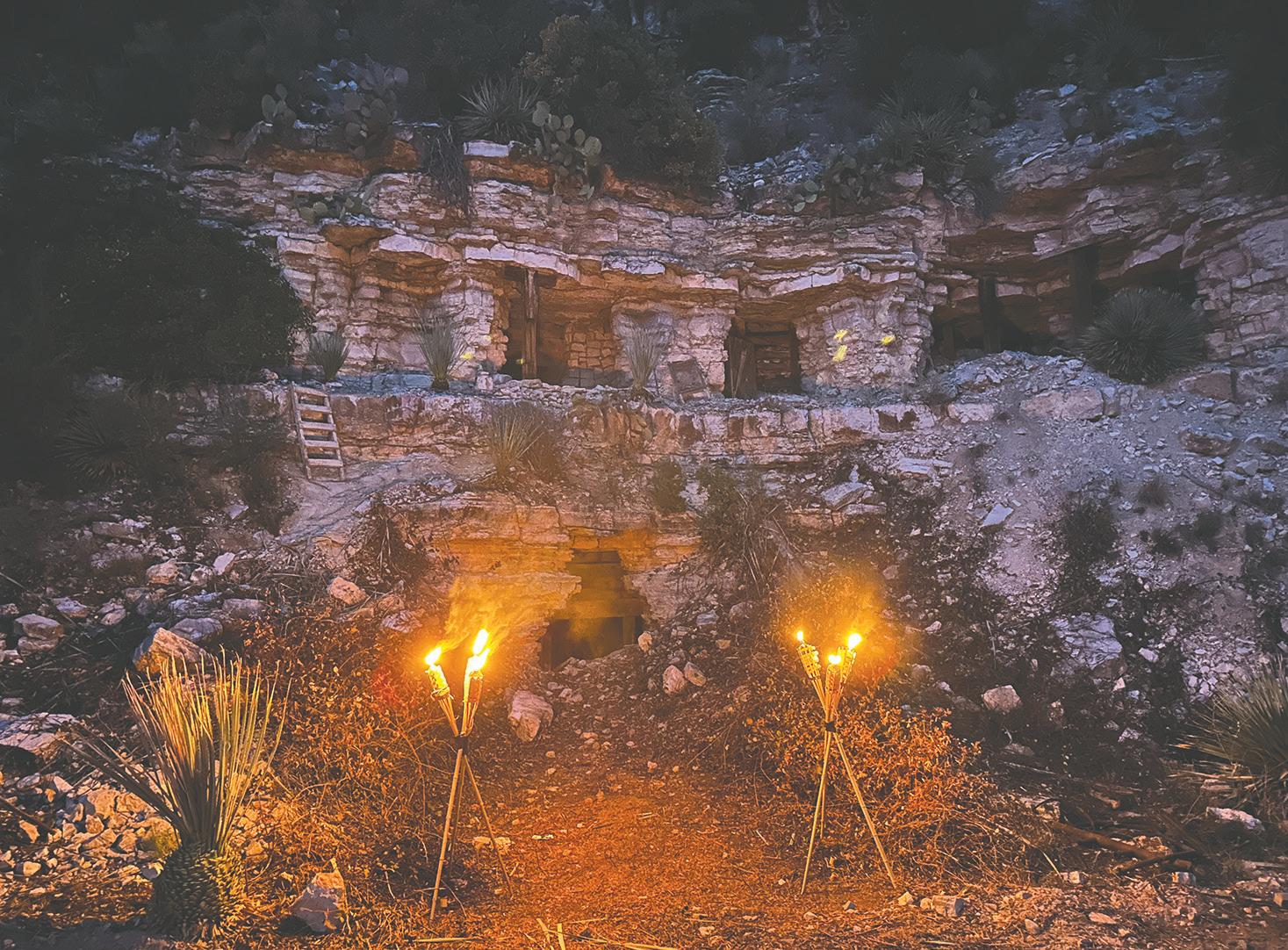
entrances and tailing piles. The mine itself is actually inside a mountain. On his own explorations, Colburn found a train inside.
“It’s supposed to be the largest [mine] of its type in North America,” Colburn says.
The city’s other two name-mines are the El Dorado North and Victory Mines. Victory Mine was primarily mined during World War II and contributed heavily to the war effort.
Chrysotile has numerous tunnels running through it, as the mines are all underground.
“You can actually see water pouring out of ceilings in certain parts of the mines,” Colburn says. “It is truly extraordinary.”
The company primarily used the underground mining technique known as the “room and pillar” method to mine the chrysotile. The miners would hollow out large cavities or “rooms” underground where they separated the chrysotile from rock using hand hammers, leaving “pillars” or columns of material in place to support the structure of the room. When the miners finished mining a room, they would backfill it with the rock they had extracted the ore from.
“They started at the bottom, they mined their access tunnels that they had their trains in, and then they started mining vertically,” Colburn explains. “Every so often they would start mining a vertical shaft. Once they encountered a chrysotile vein, then they would go ahead and follow that vein and extract the mineral.”
After the chrysotile was mined and brought to the surface, it was transported to Globe where it was processed and then sold into the market.
Initially, the transport involved just horses and mules.
“I was told it was a two-day trip,” Colburn says. “We’re only about 30, 35 miles north of Globe. It took them two days on horseback to haul it all down to Globe.”
Chrysotile’s production was a major factor in the development of Highway 60; it was primarily built to provide road access
for transporting material from Chrysotile to Globe. The highway shortened the trip between Chrysotile and Globe in mileage significantly.
As tour-goers explore the lost city and marvel at its abandoned mines and structures, they are equally astonished by the untouched beauty of Ash Creek Canyon as they take in the sights of its waterfalls, swimming holes, and monumental canyons, Colburn observes.
“The plant life up here is extraordinary as well, because essentially it’s been left undisturbed for almost 100 years,” he adds.
As a forgotten city, there isn’t much written history about Chrysotile. Yet, Colburn has managed to collect information about the mine from former owners of the area, and the relatives of those who worked the mines.
“We spent a lot of time up here, and it took many years to locate a lot of these things, and kind of compile the history to even understand what we found and what we were looking at,” he recalls. “It was actually pretty difficult…a lot of it is oral. Some of it is from previous owners. There are still a few children of the miners who are still alive, so we’ve heard some stories from some of them.”
“One of the nice things is that when we talk to people, if their family has any type of connection to Chrysotile… a lot of people like sharing their family history here, and a lot of it has come from them,” he adds.
The number one source of information was the son of a man by the name of Frank Knuckey. Frank worked for the JohnsManville corporation at Chrysotile from 1920 until the closure of Chrysotile in 1945 as the superintendent and mine manager. His son, former Globe local Gene Knuckey, later published a short book in 2007, “Chrysotile Arizona - 1914 to 1945.”
The book includes old photos from when the mining operations in Chrysotile were active, along with a bit of history and anecdotes about everyday life in Chrysotile.
Gene passed away January of this year at age 80, leaving his stories of Chrysotile behind only in his writing.
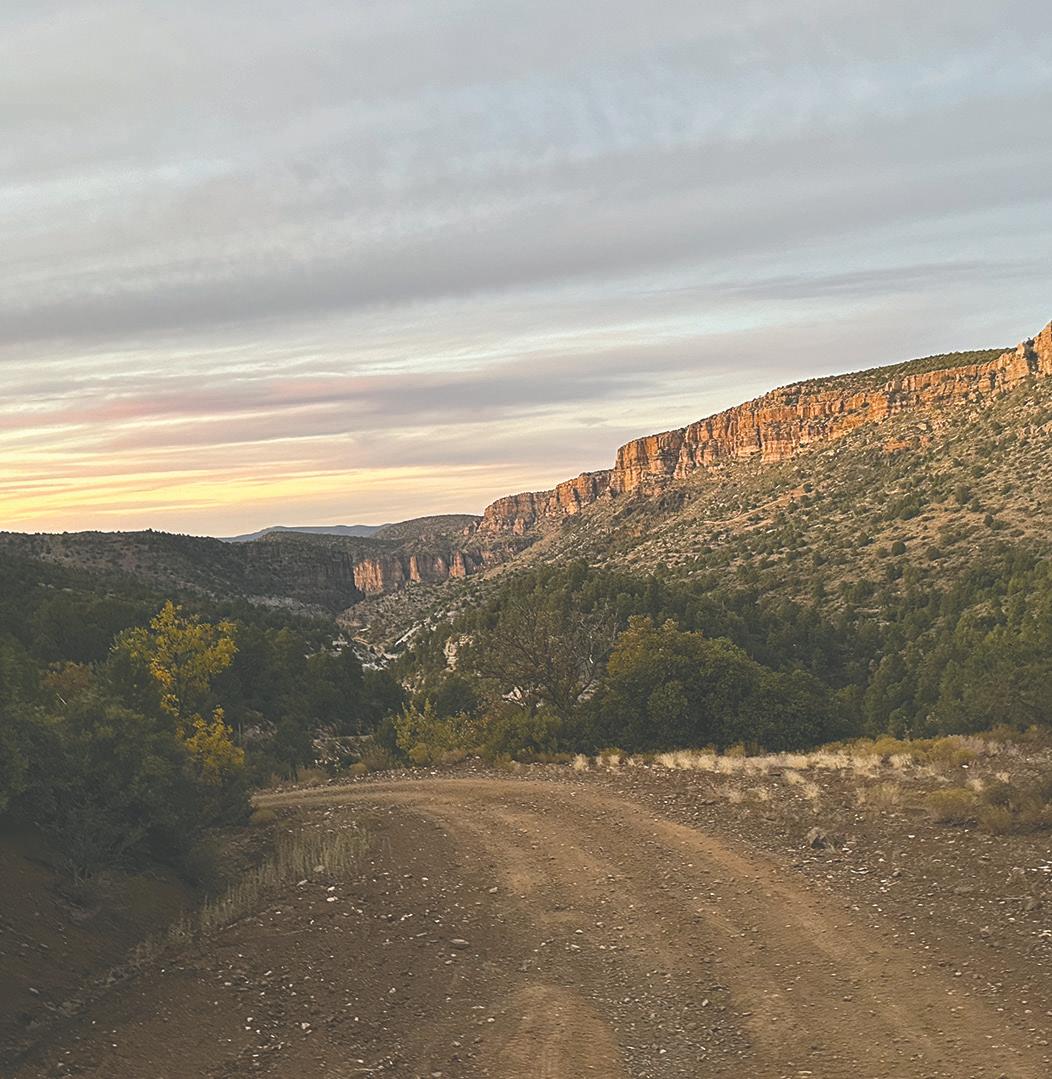
So far, roughly 200 hundred people have taken the tour since Arizona Off-Road Adventure began offering it last fall. The tour of the Lost City of Chrysotile has received nothing but widespread praise for both its immense beauty and the fascinating history it provides.
As one tour-goer writes, “You’ll see towering cliffs, expansive vistas, and plants left undisturbed for 79 years. If you’re lucky, you’ll see wildlife who have never known the presence of humans. Have your camera ready and enjoy an adventure you’ll never forget, and few will ever know.”
The Lost City of Chrysotile Tour is available during this year’s Old Dominion Days which takes place April 24-27. A portion of tour proceeds will be donated to Gila County Historical Museum. Colburn will offer a slide show presentation for those who can’t take the off-road tour. Tickets available at olddominiondays. eventbrite.com
Ash Creek Canyon & Chrysotile Mine Slideshow Presentation – Thursday, April 24 9-10:30 AM Bullion Plaza Cultural Center and Museum (includes coffee/donuts) $15
Lost City of Chrysotile Tour by Arizona Off-Road Adventures – Tours Offered Thursday, April 25 through Sunday April 27 from 1-4 PM, $150; Meet at Hwy 77 and Mile Marker 183 Gene Knuckey’s book Chrysotile Arizona – 1914 to 1945 is available for purchase at the Gila County Historical Museum in Globe.



